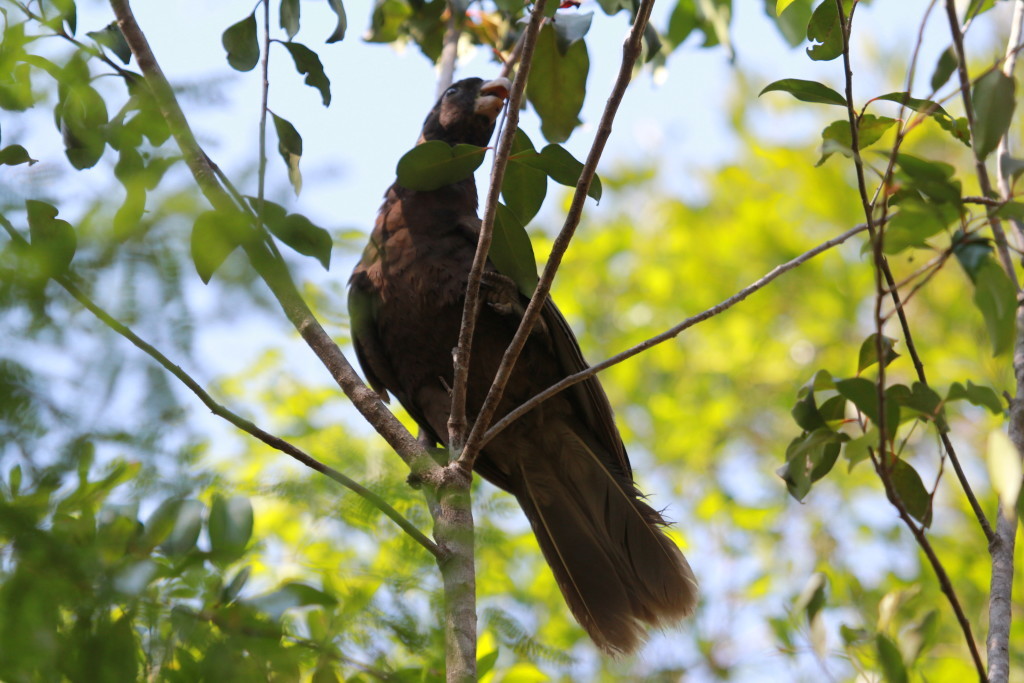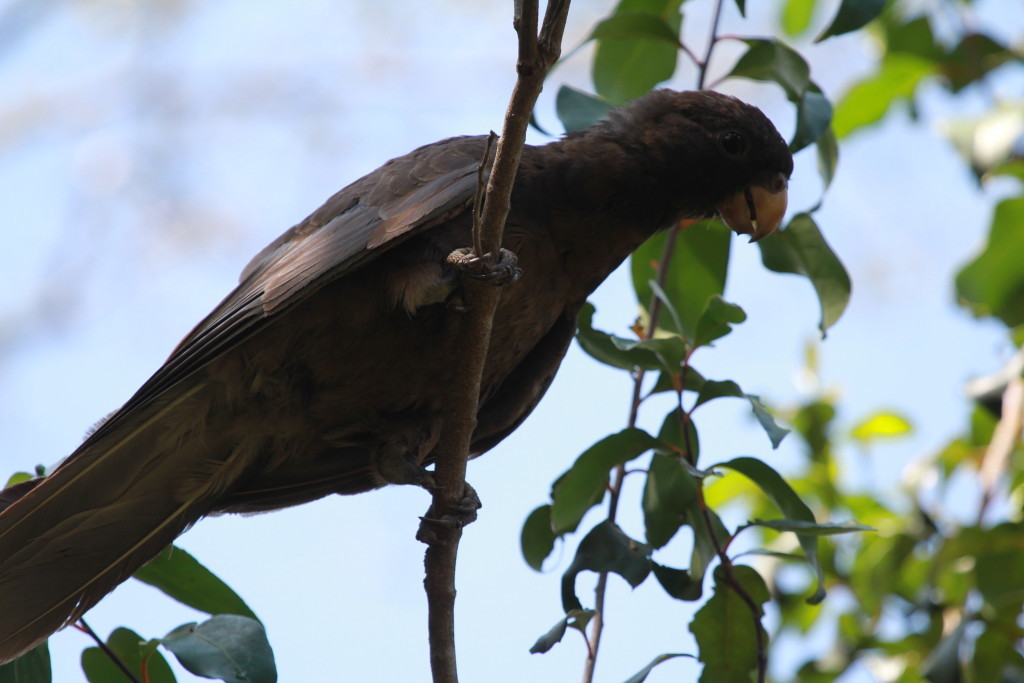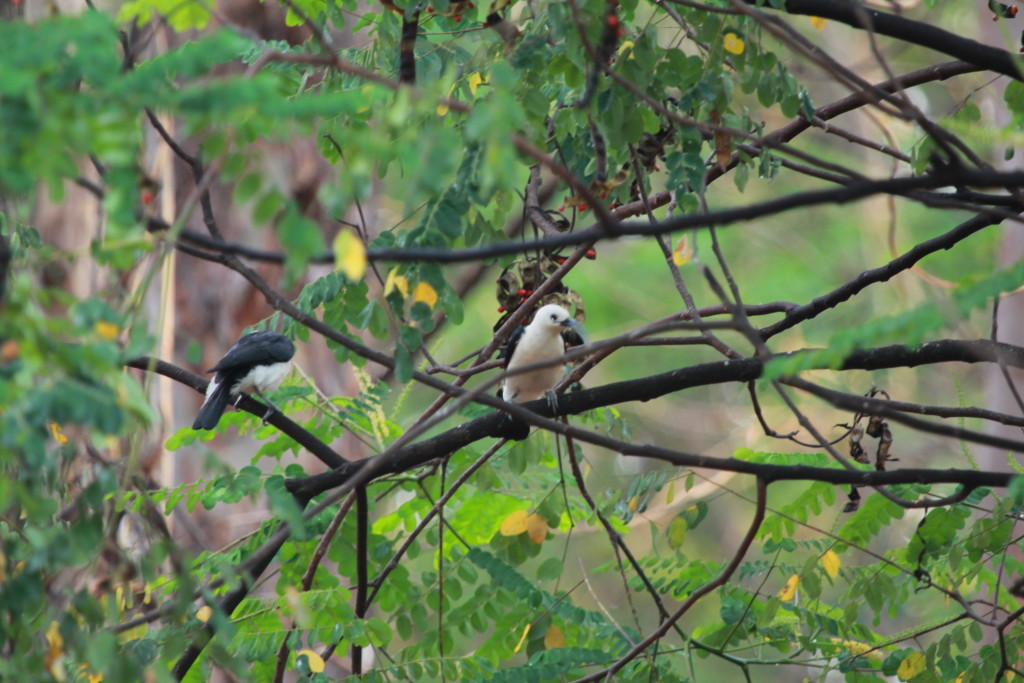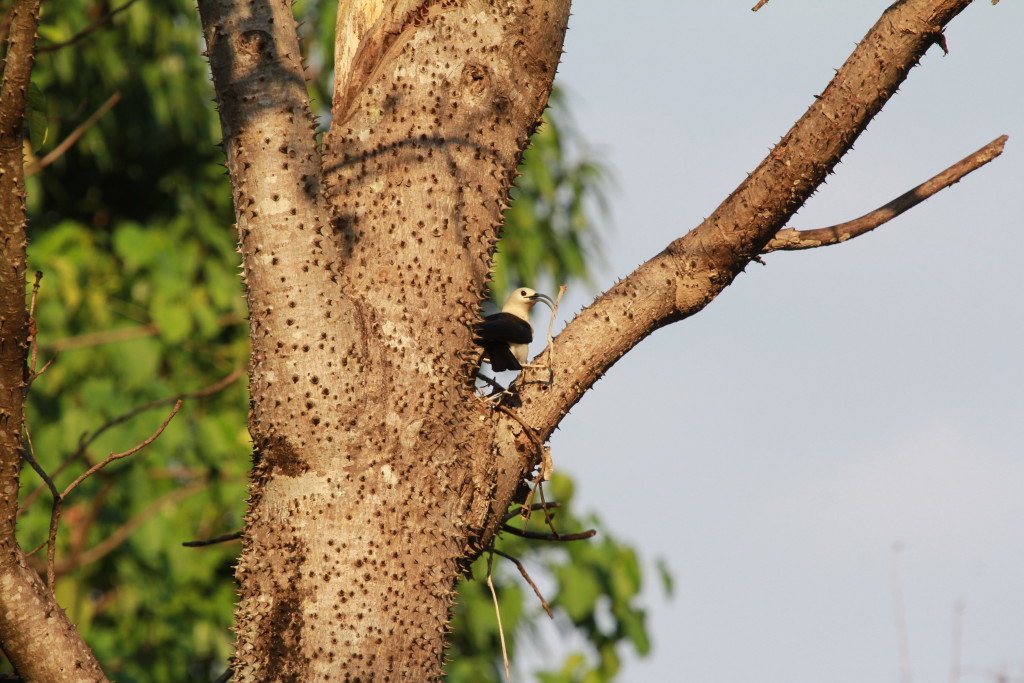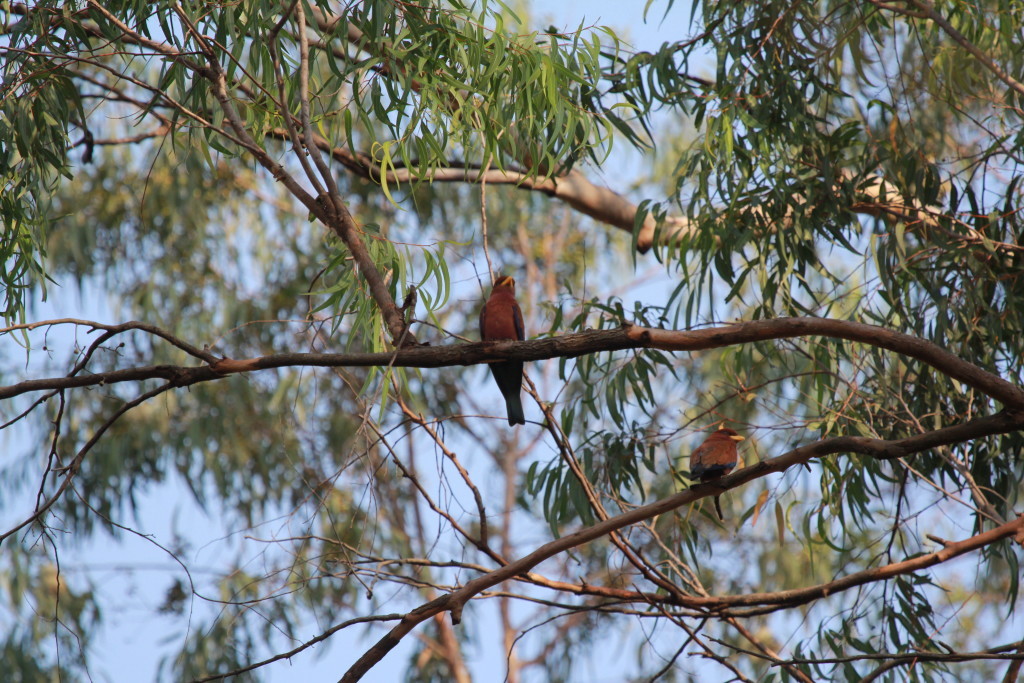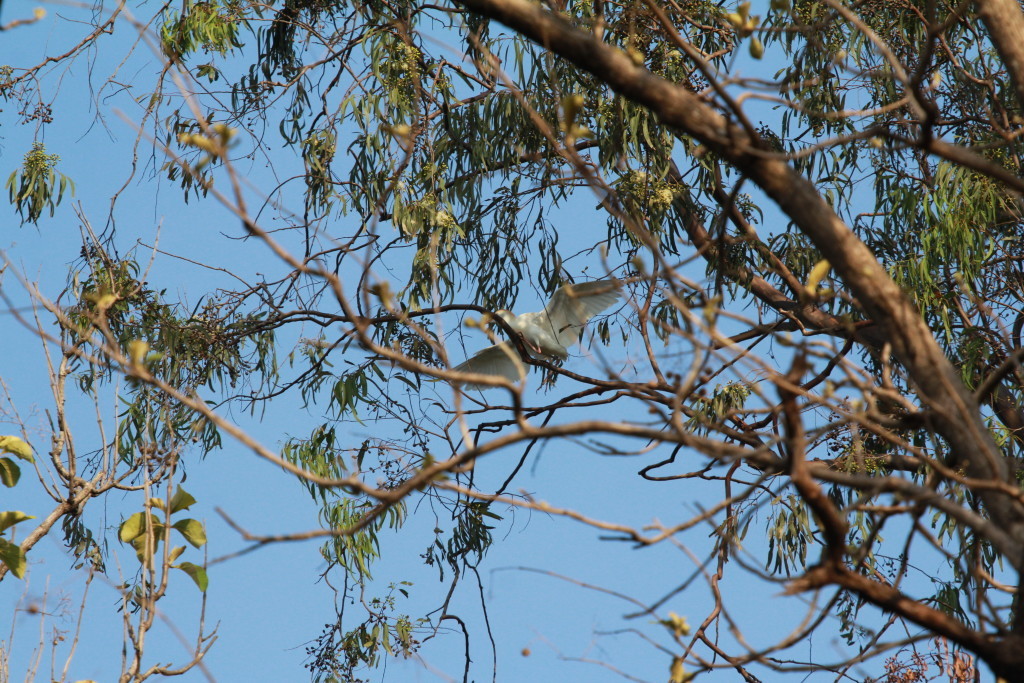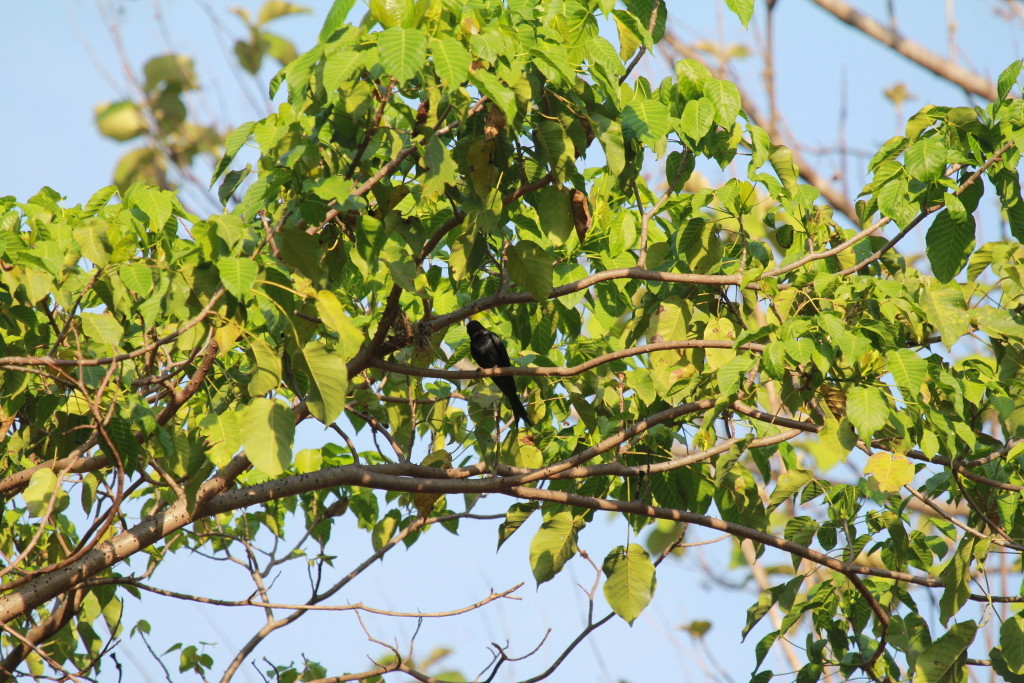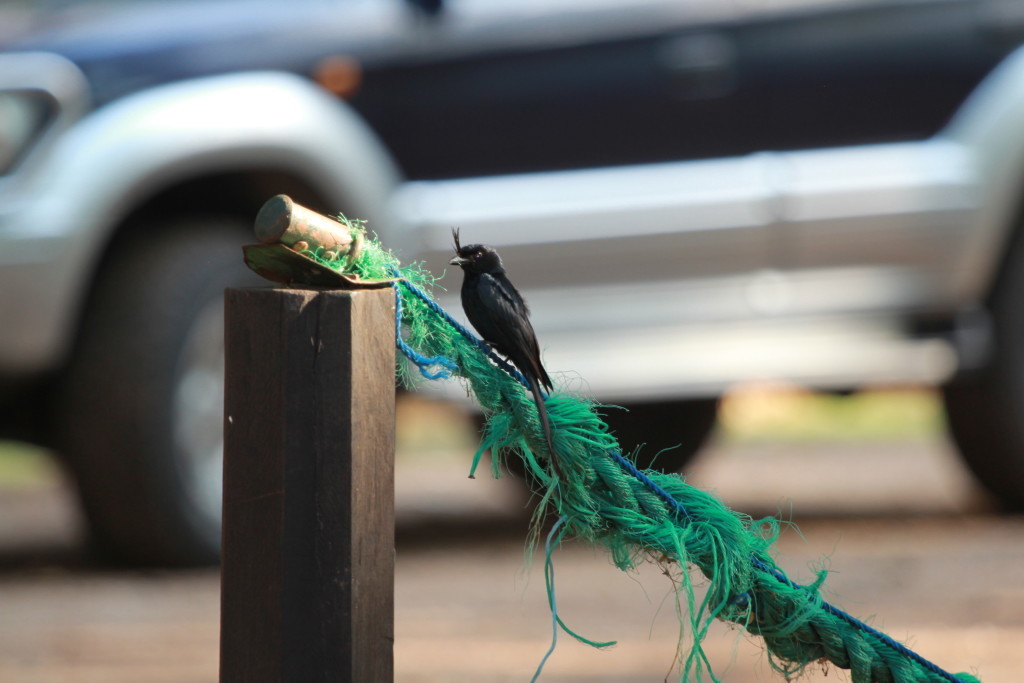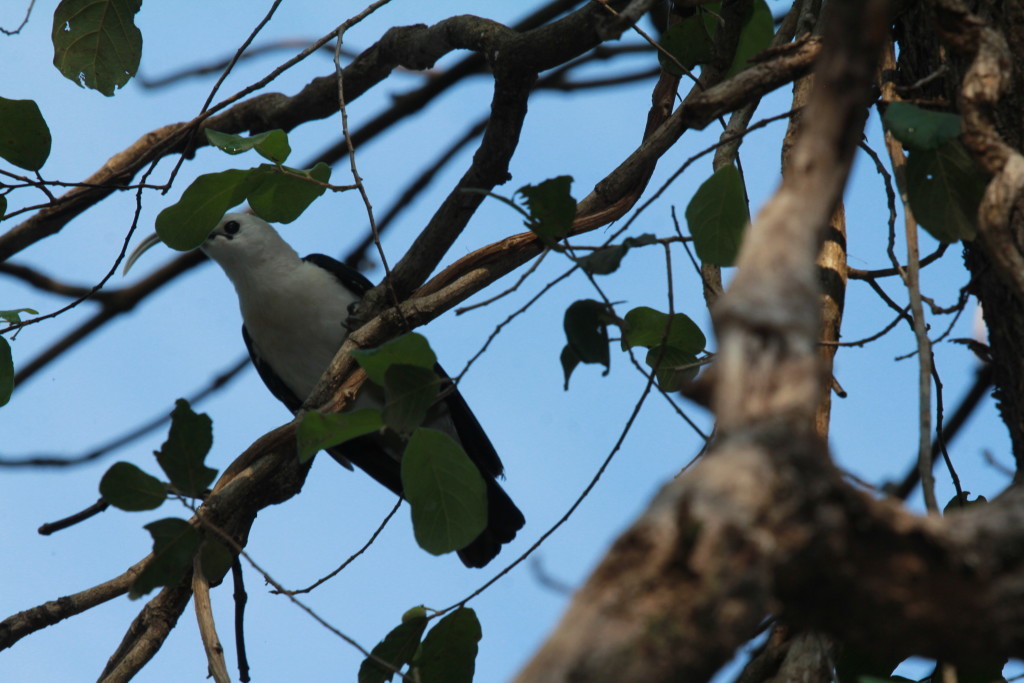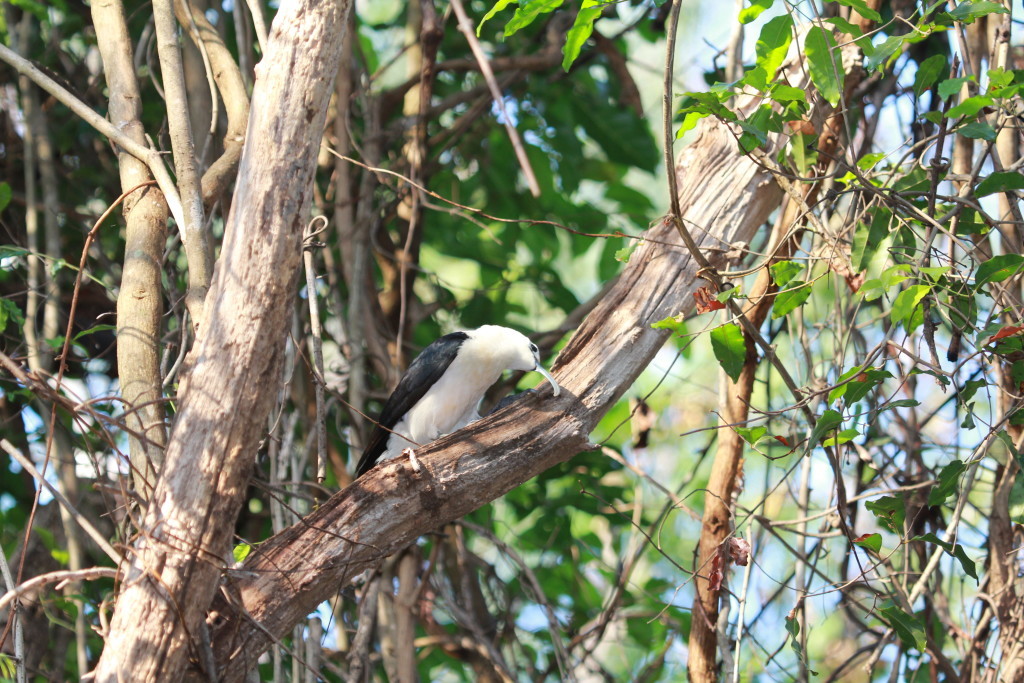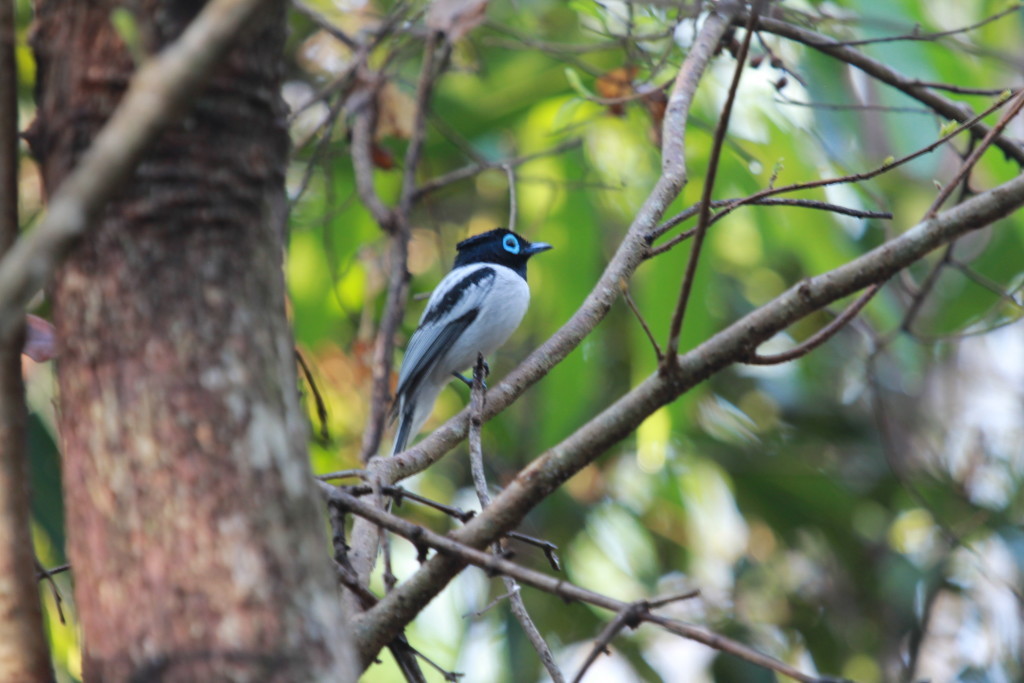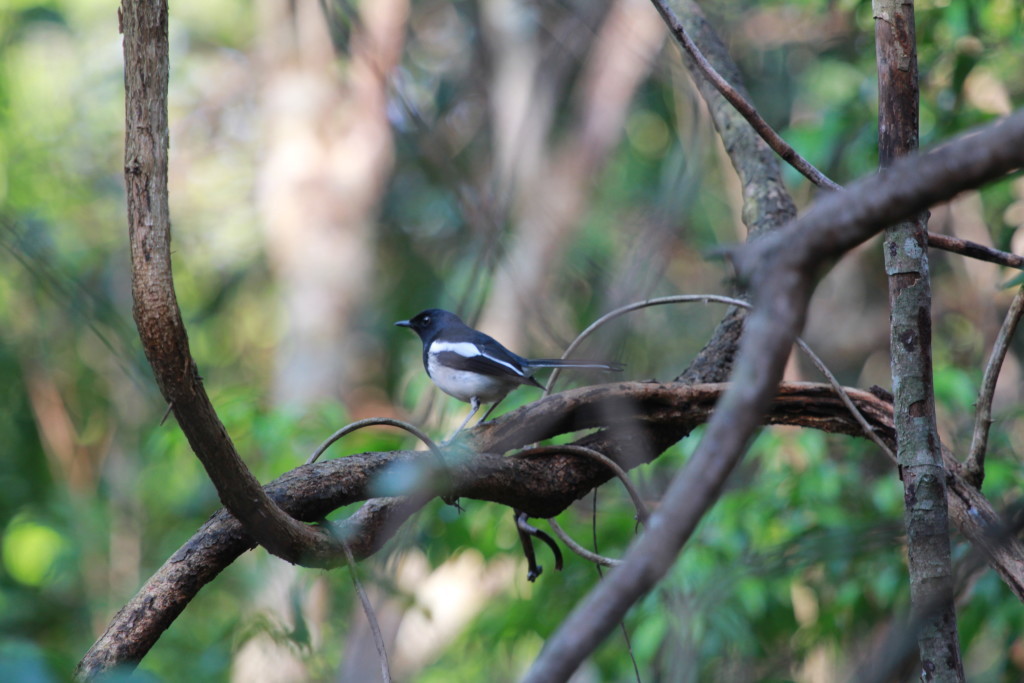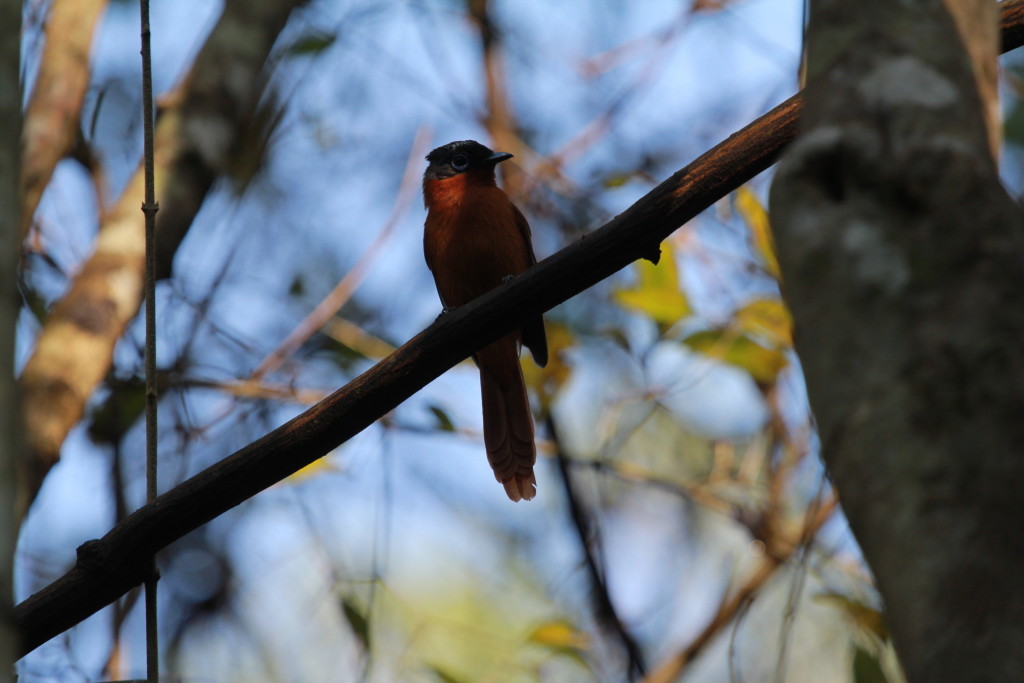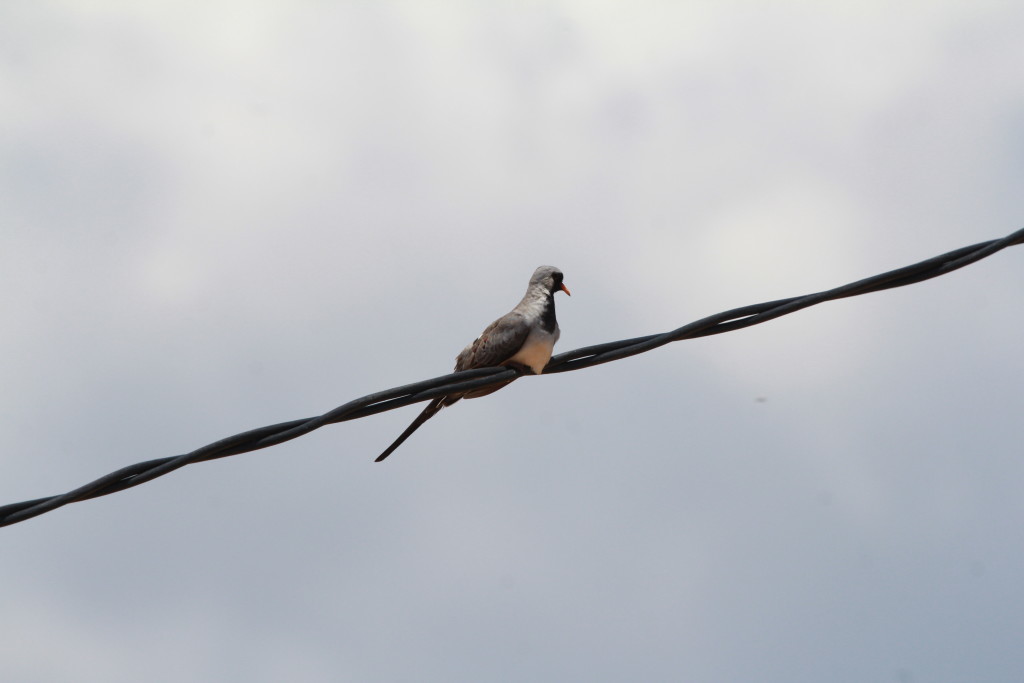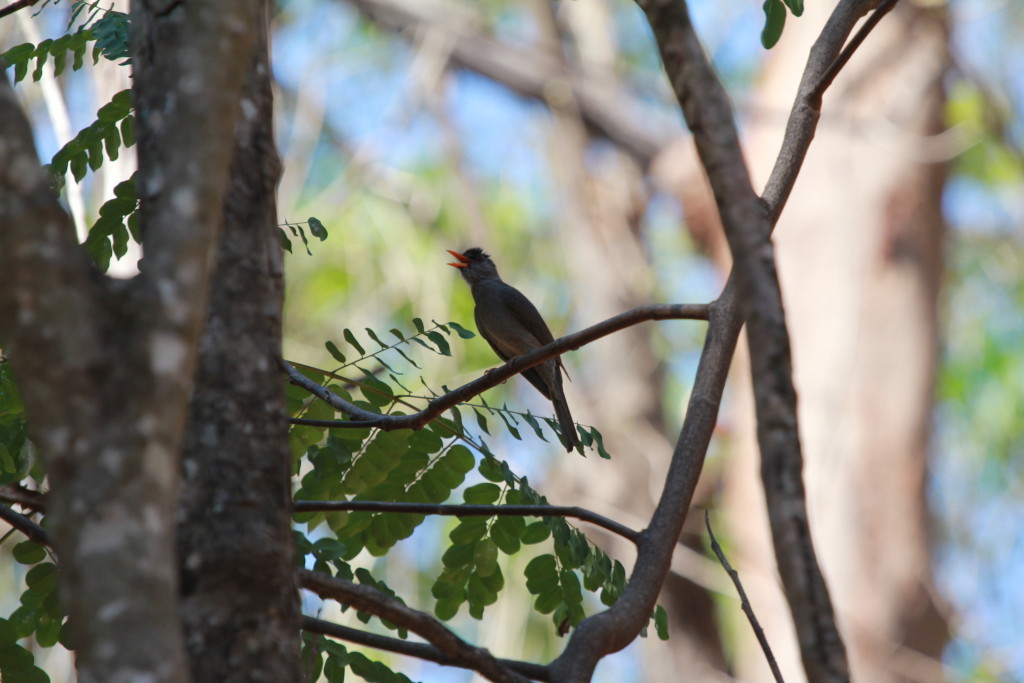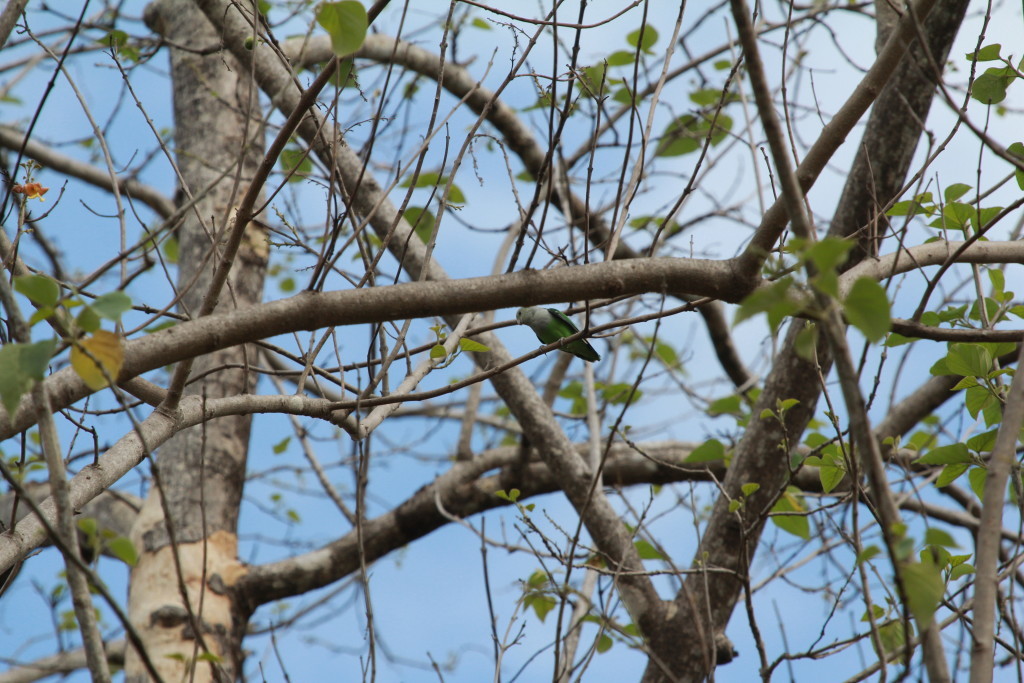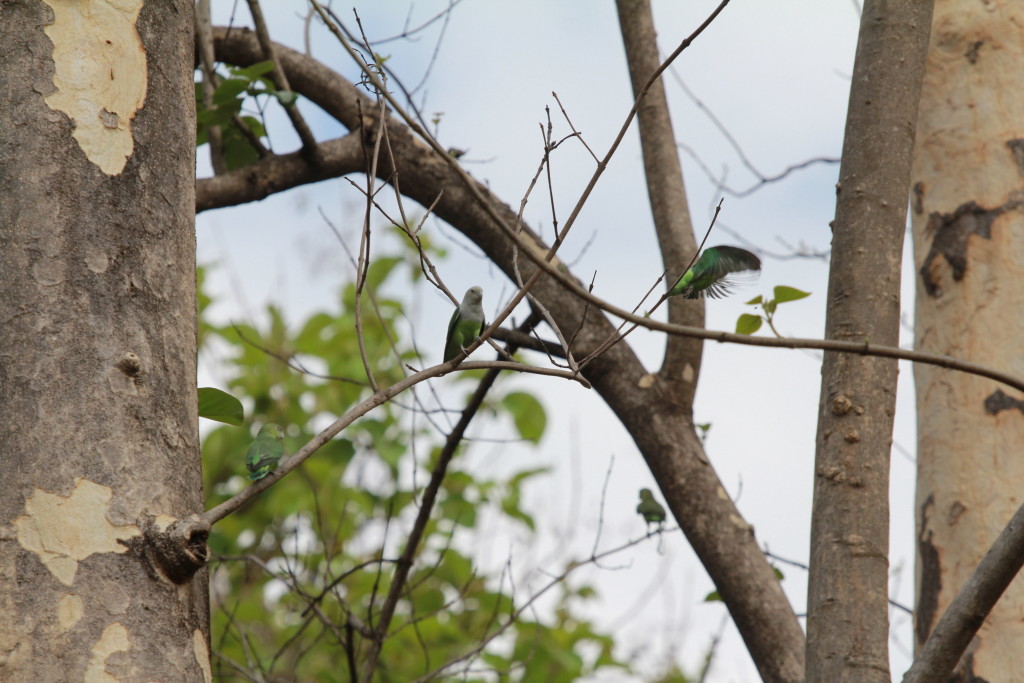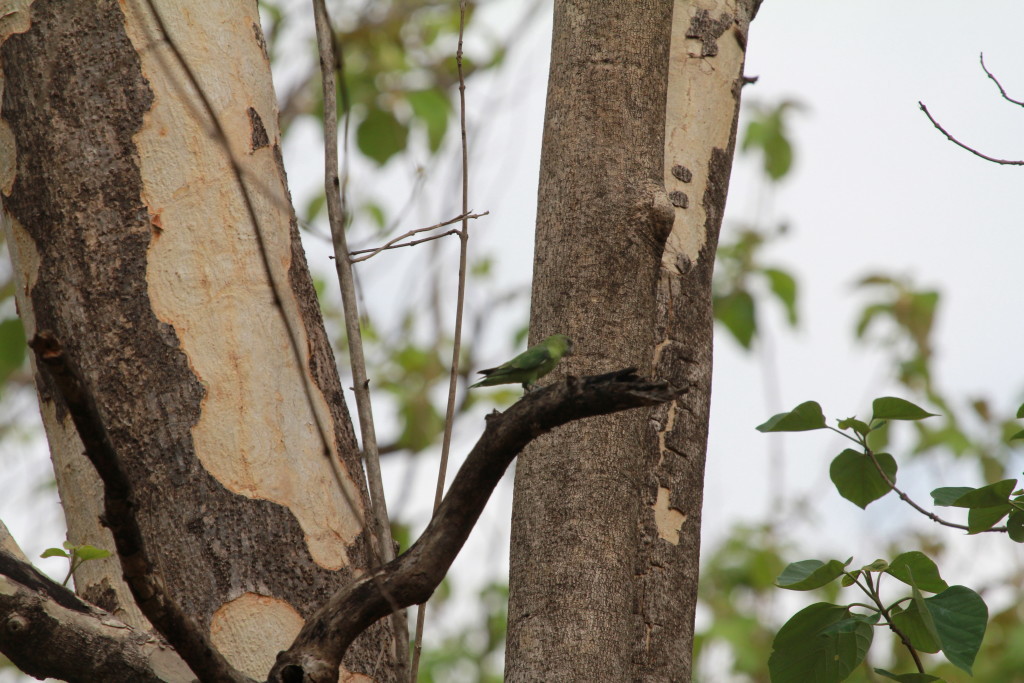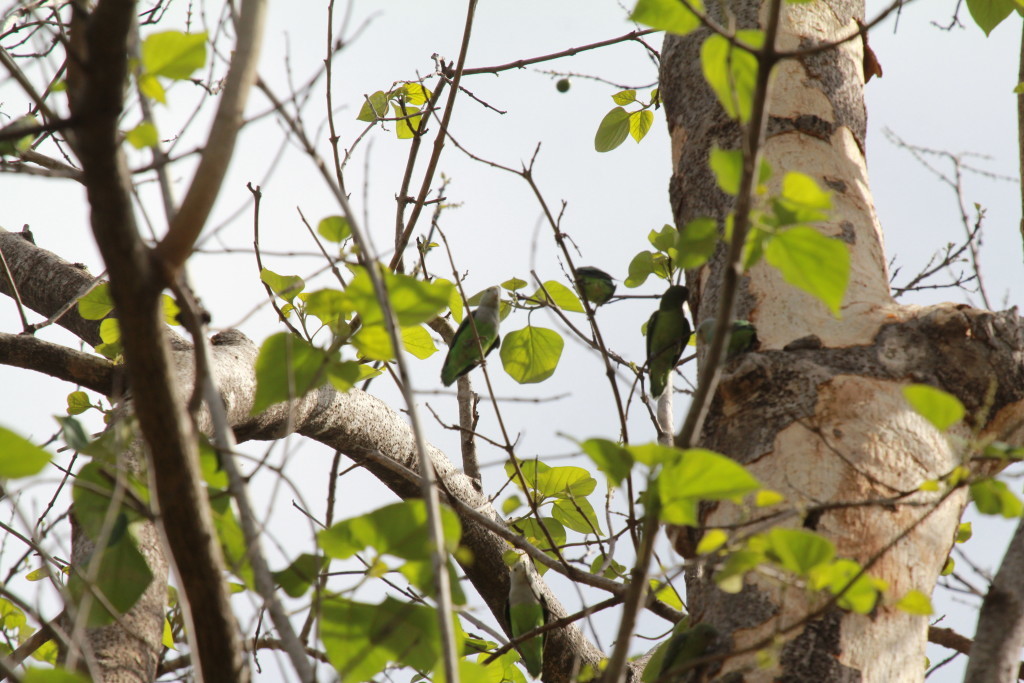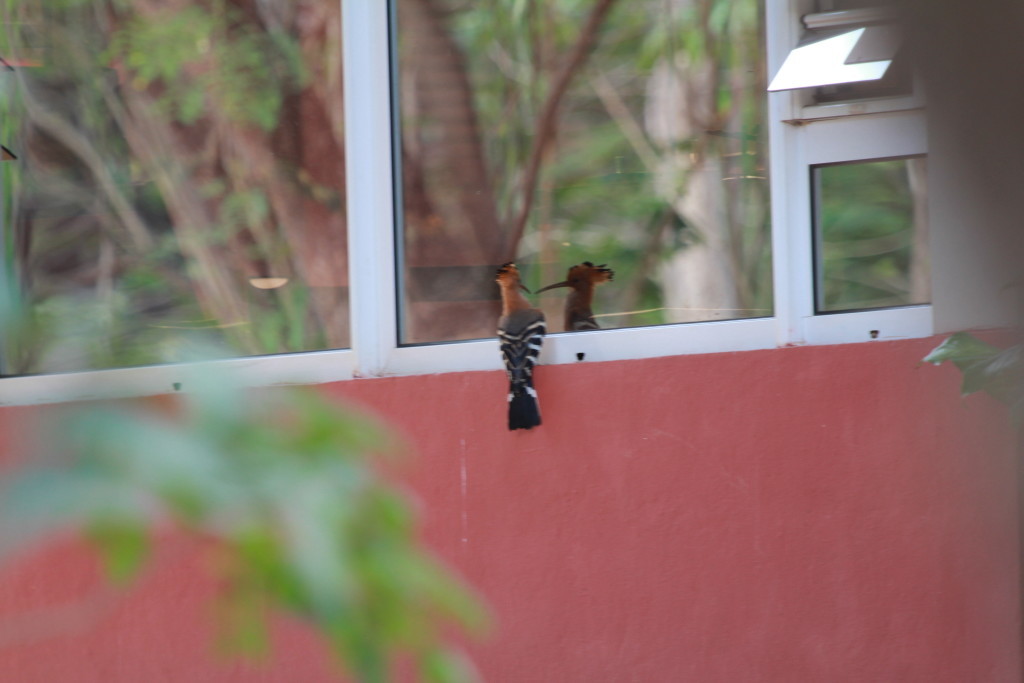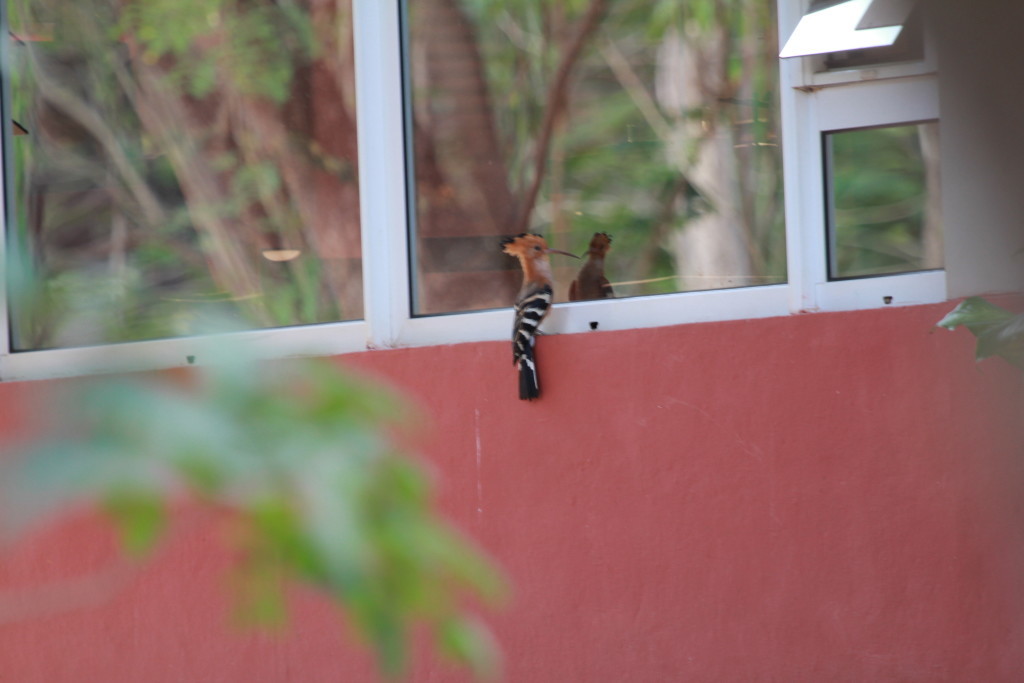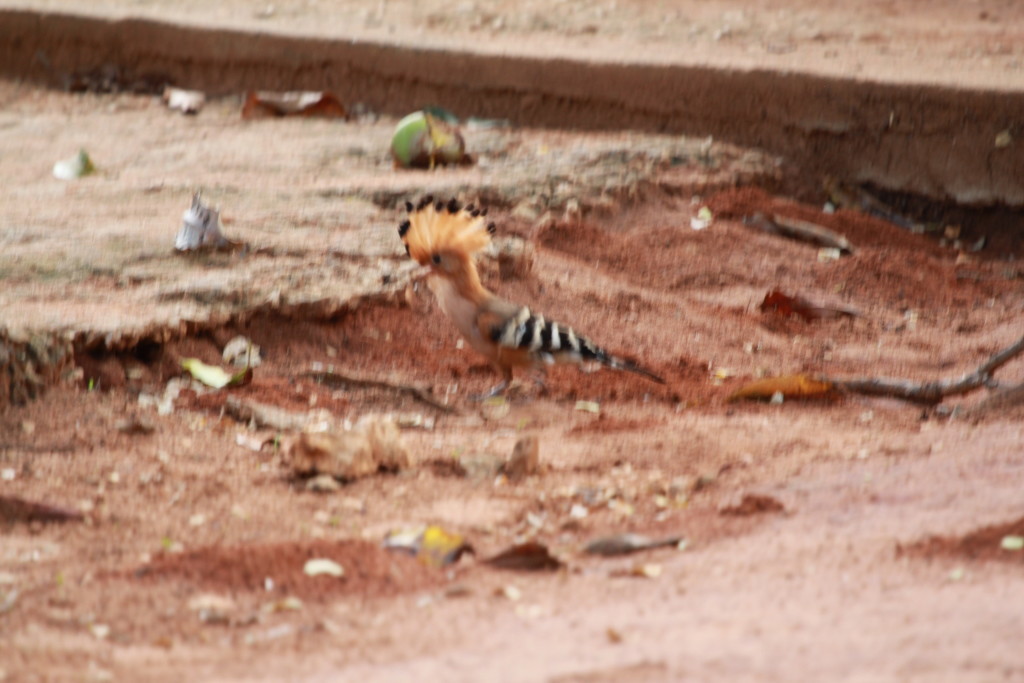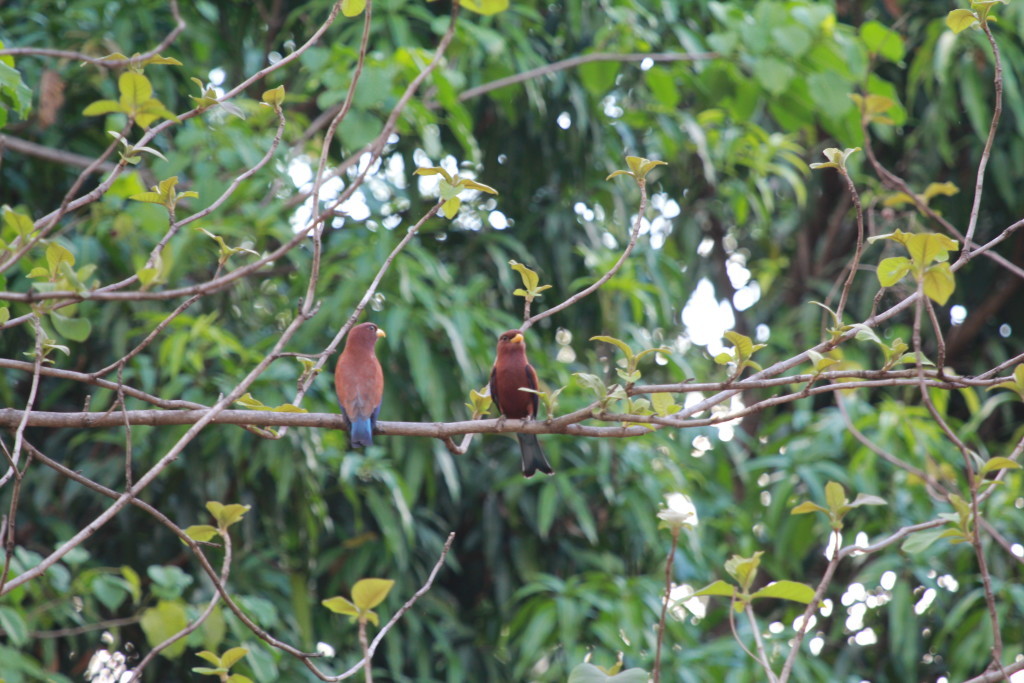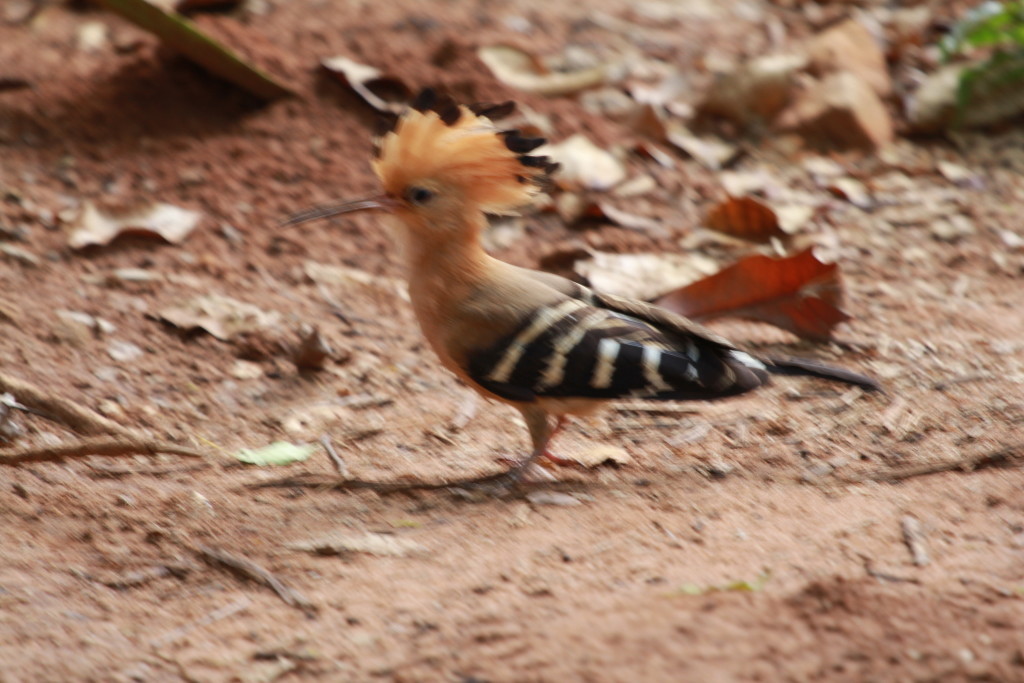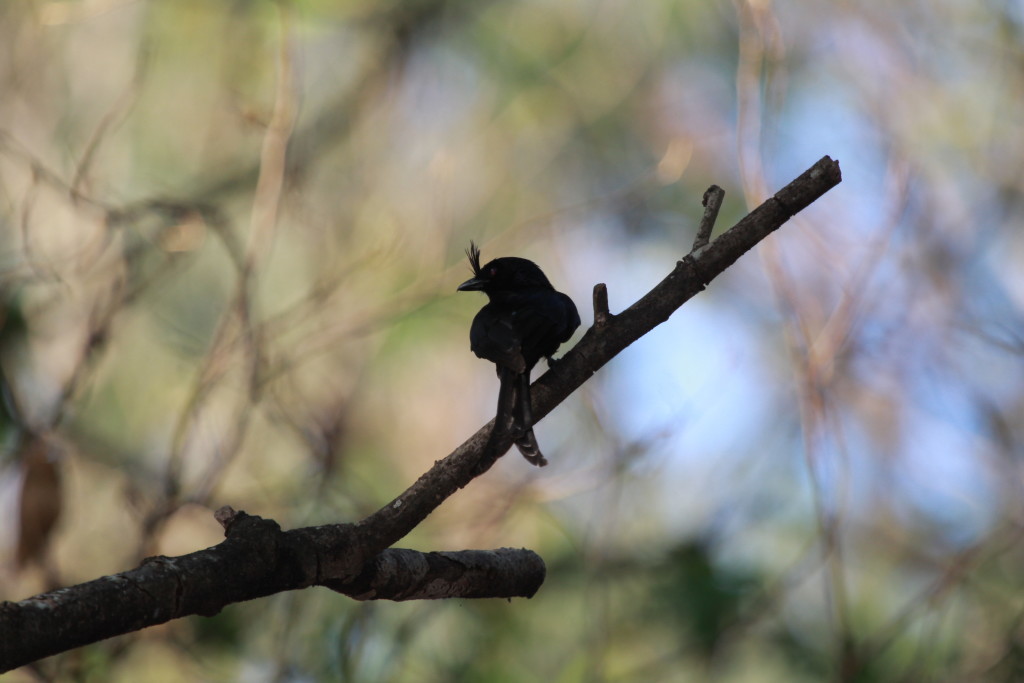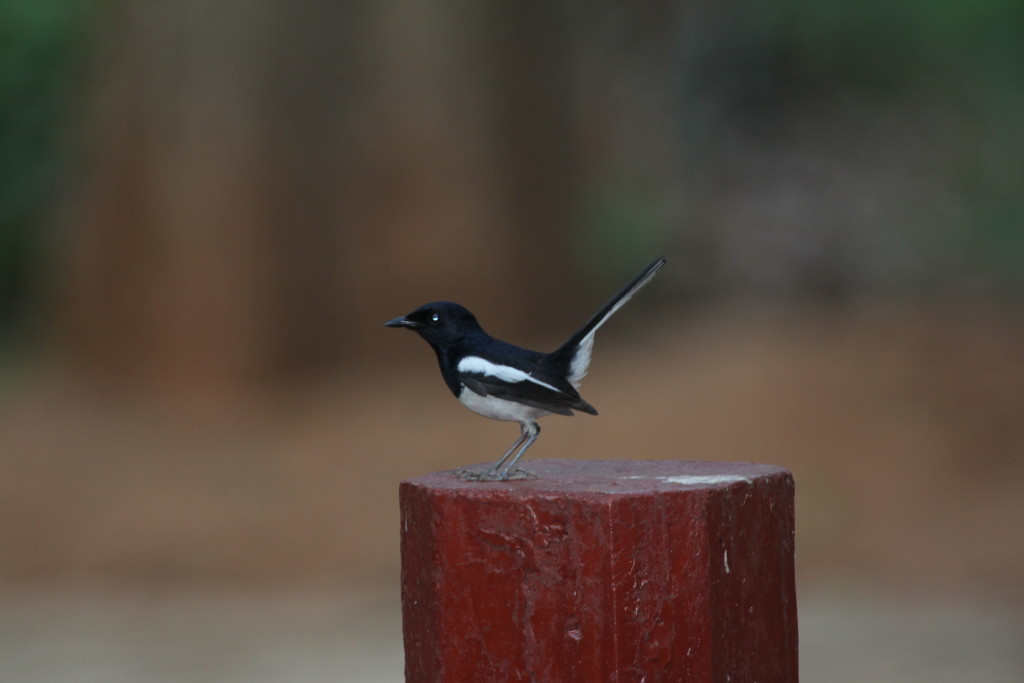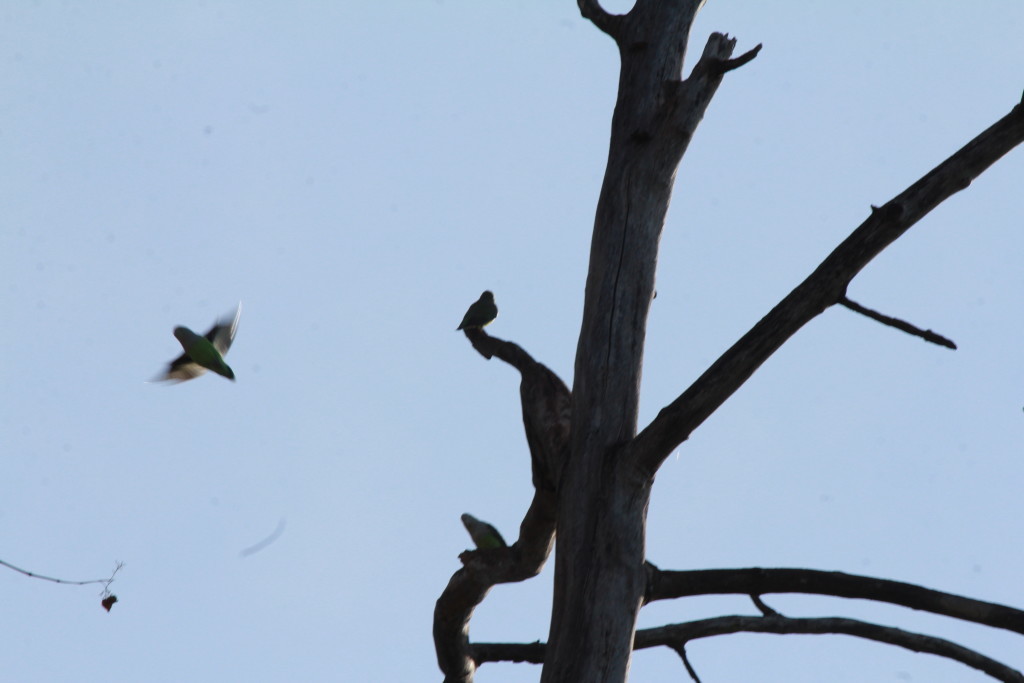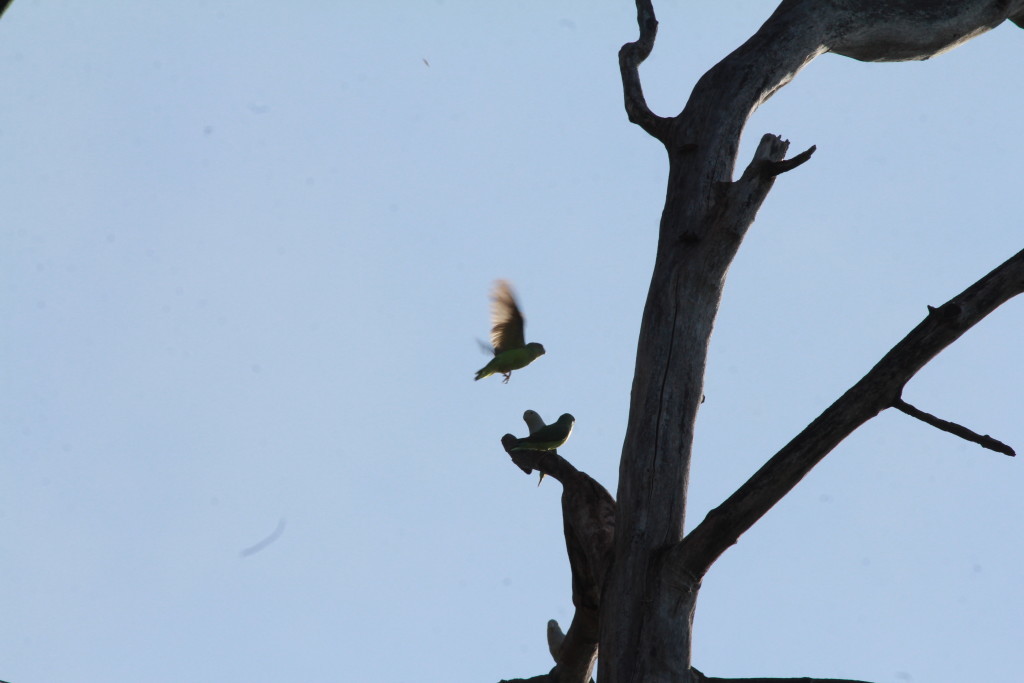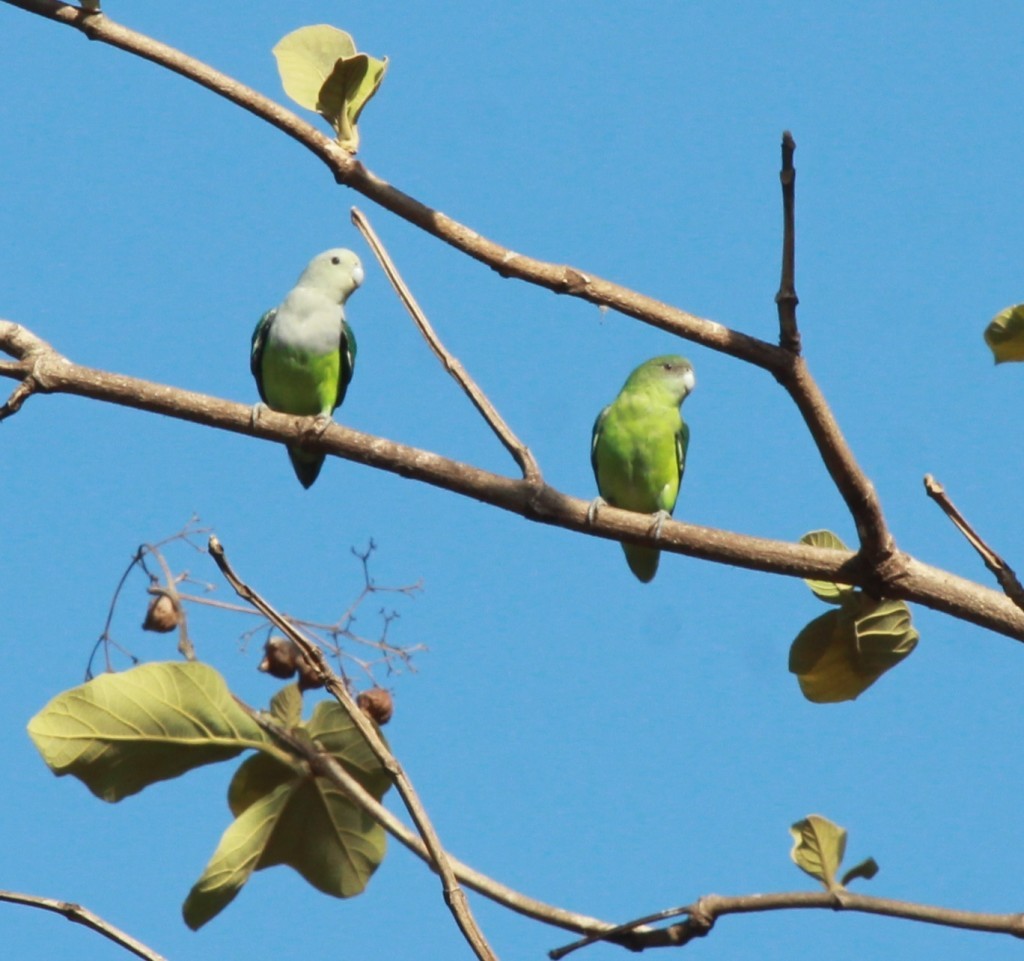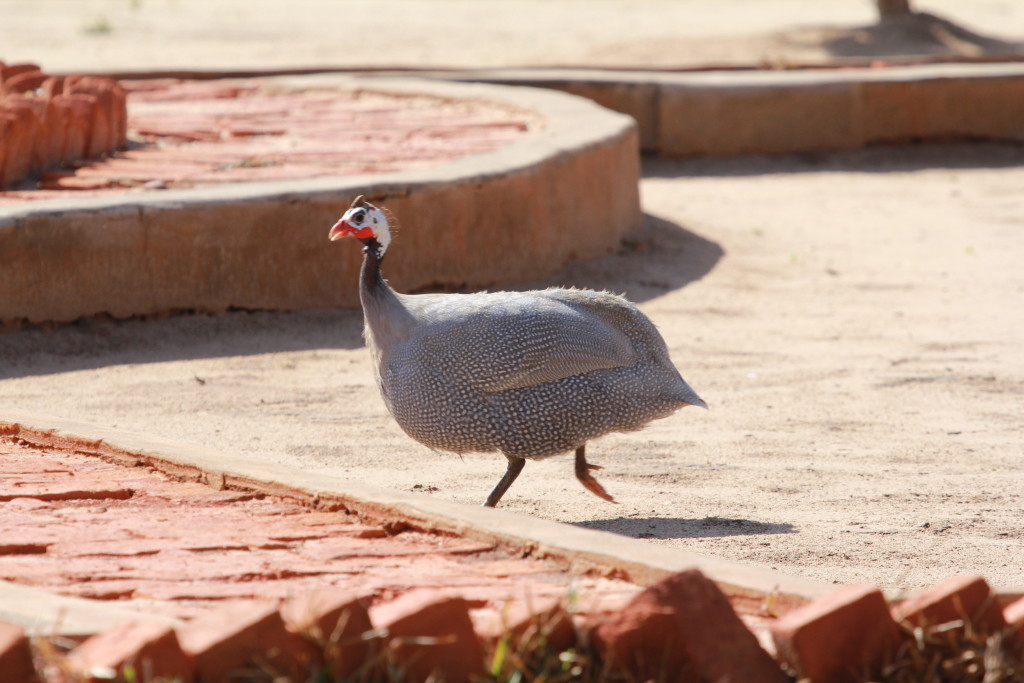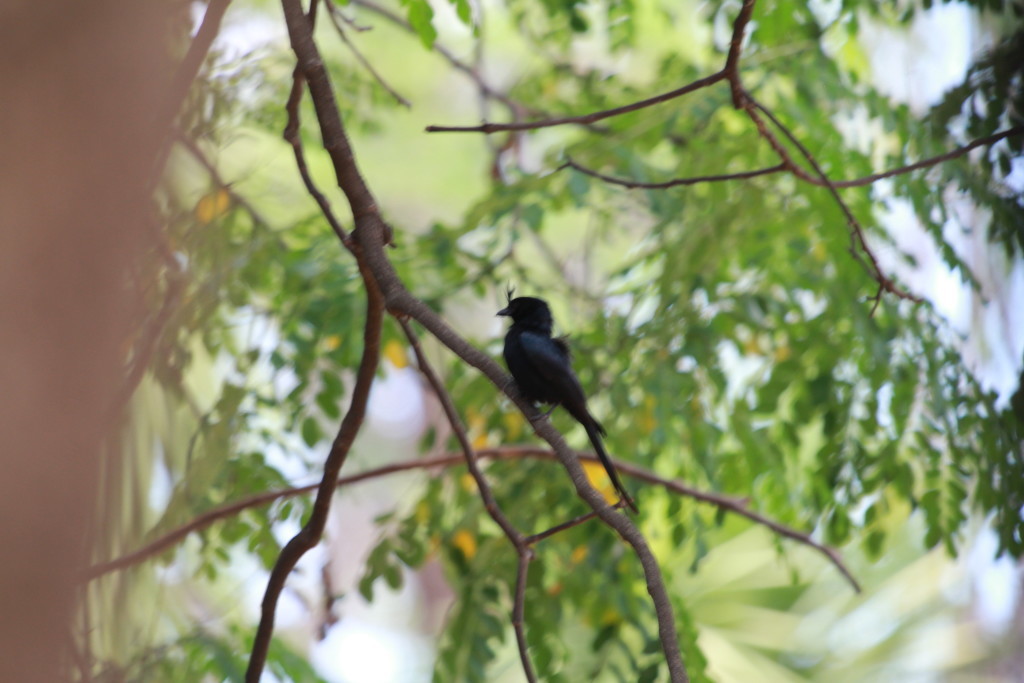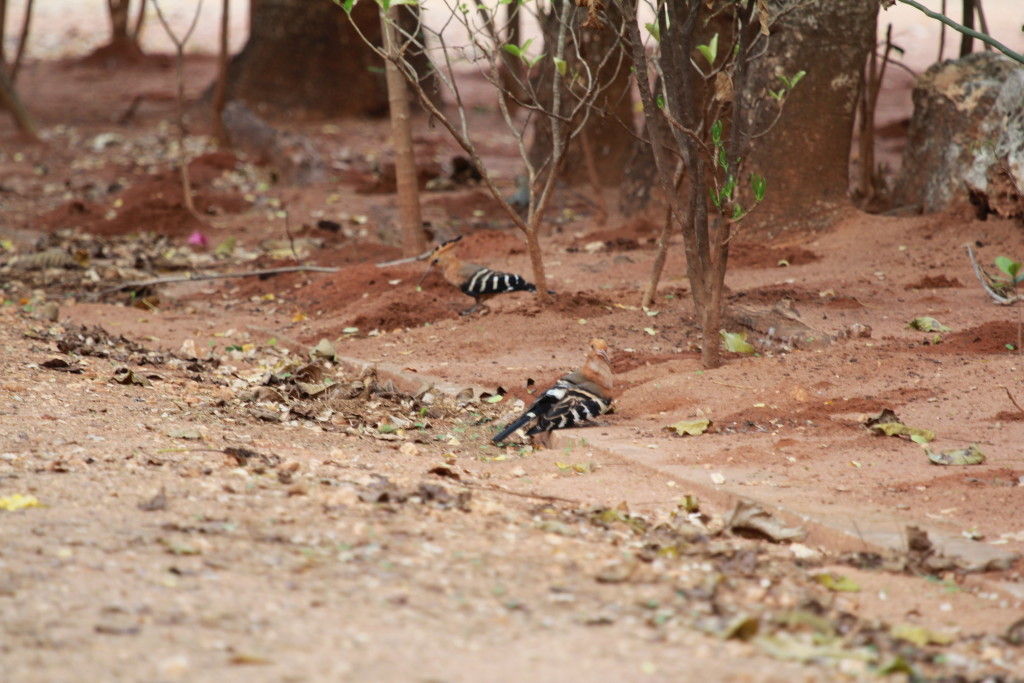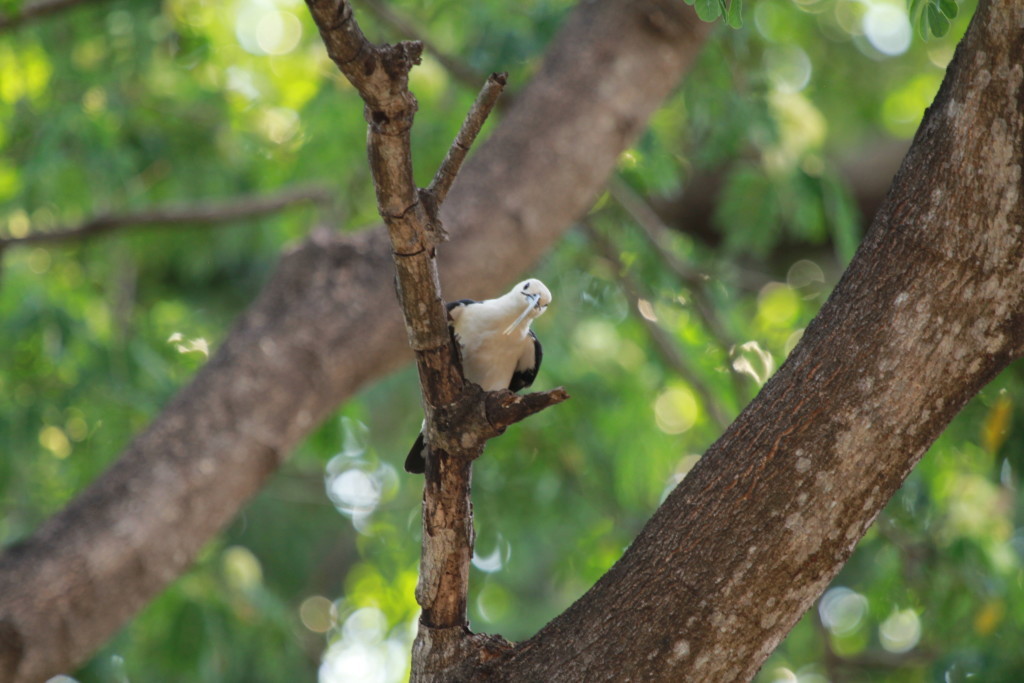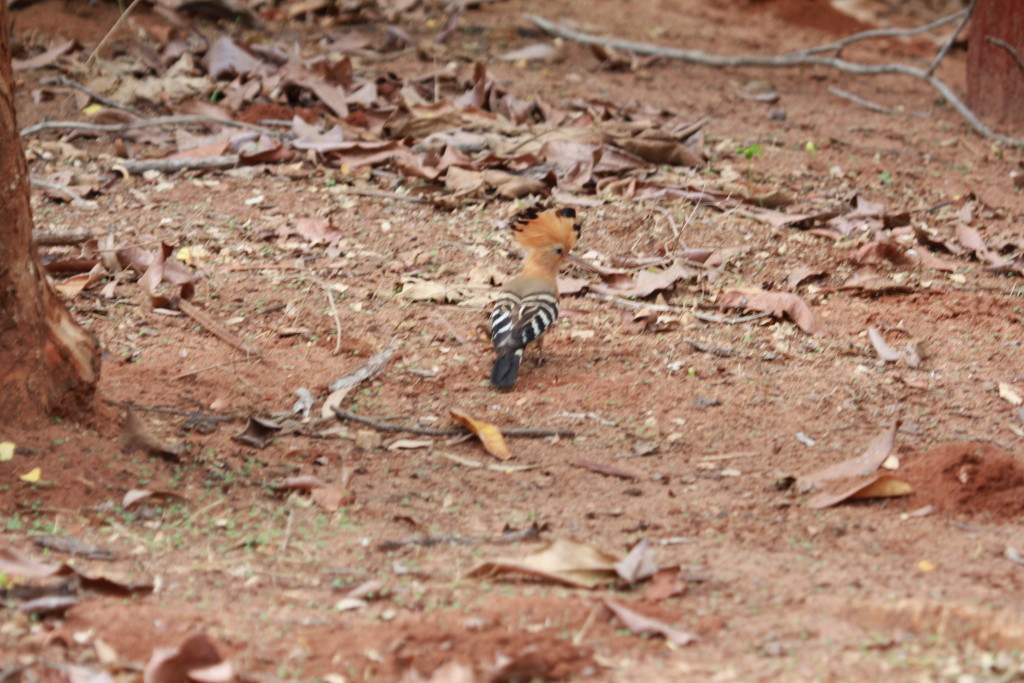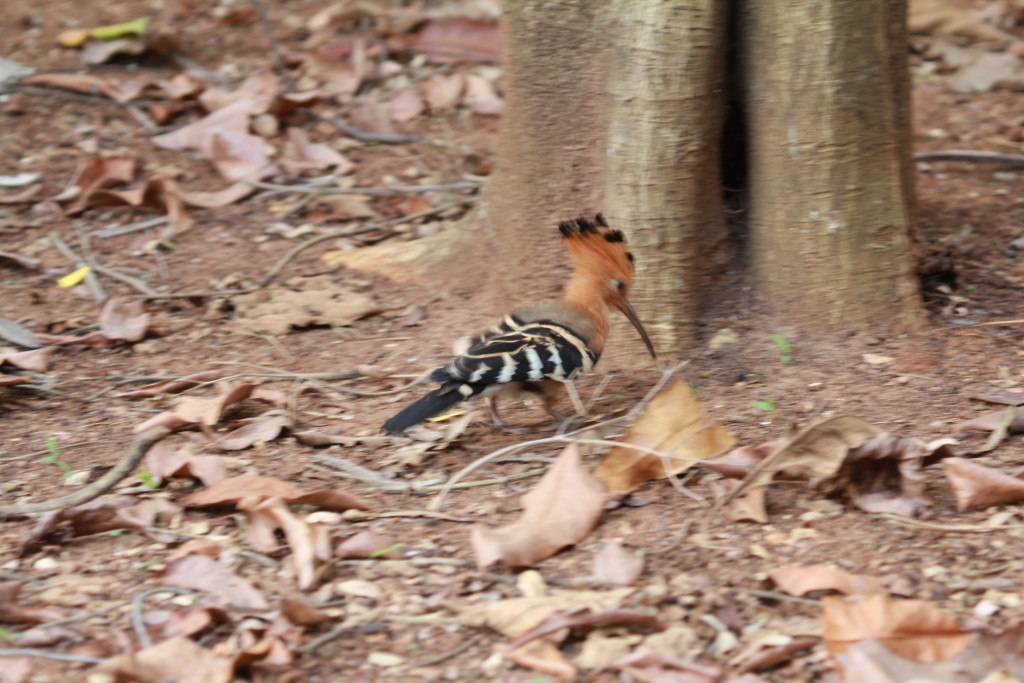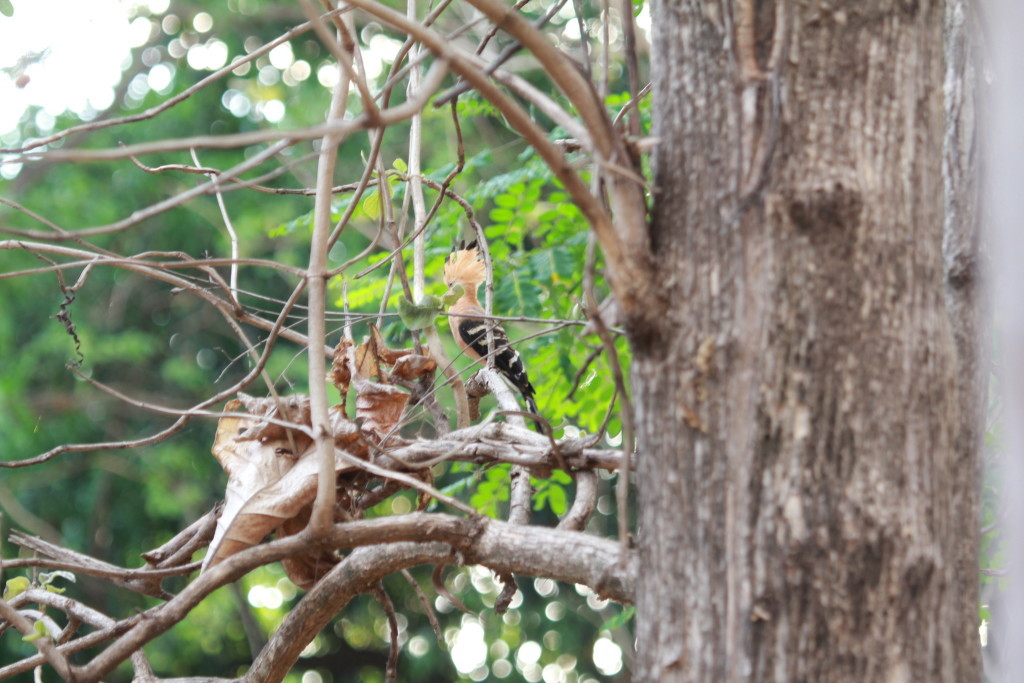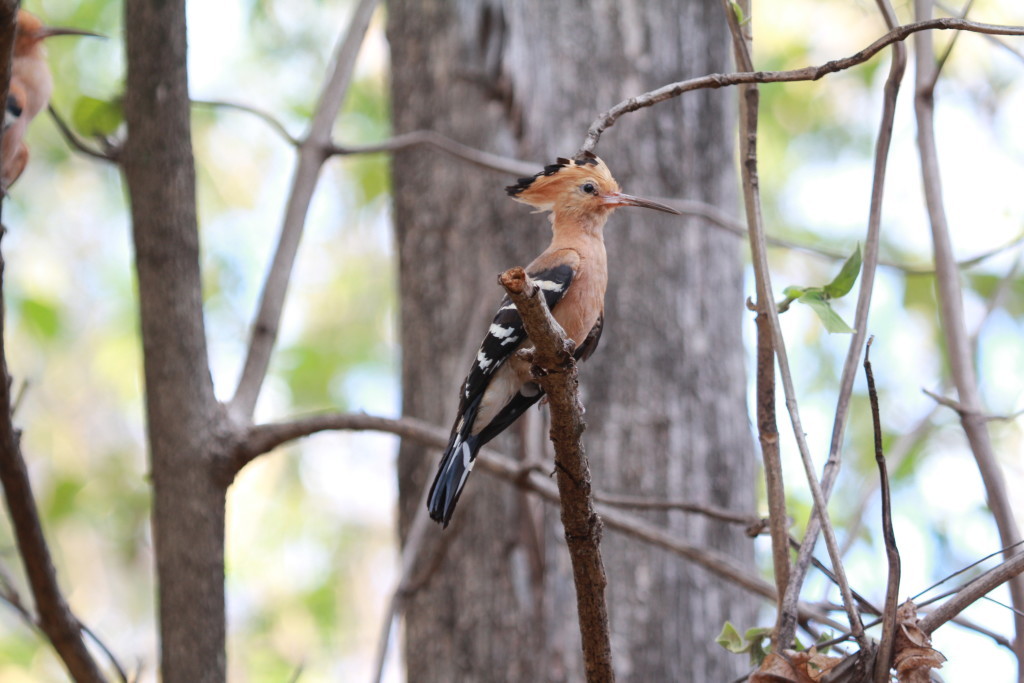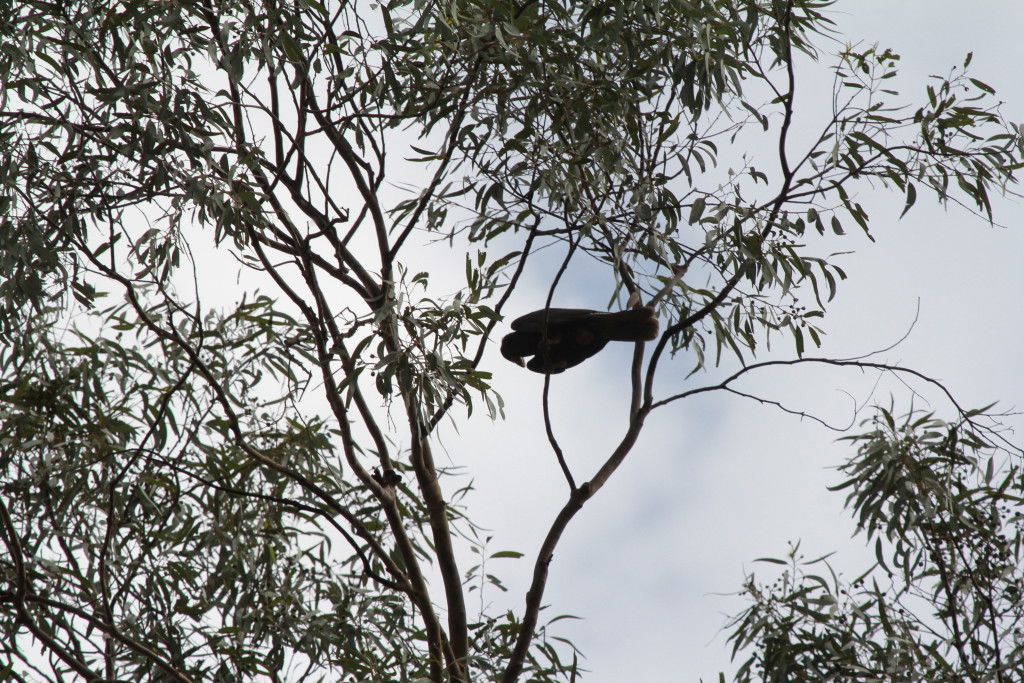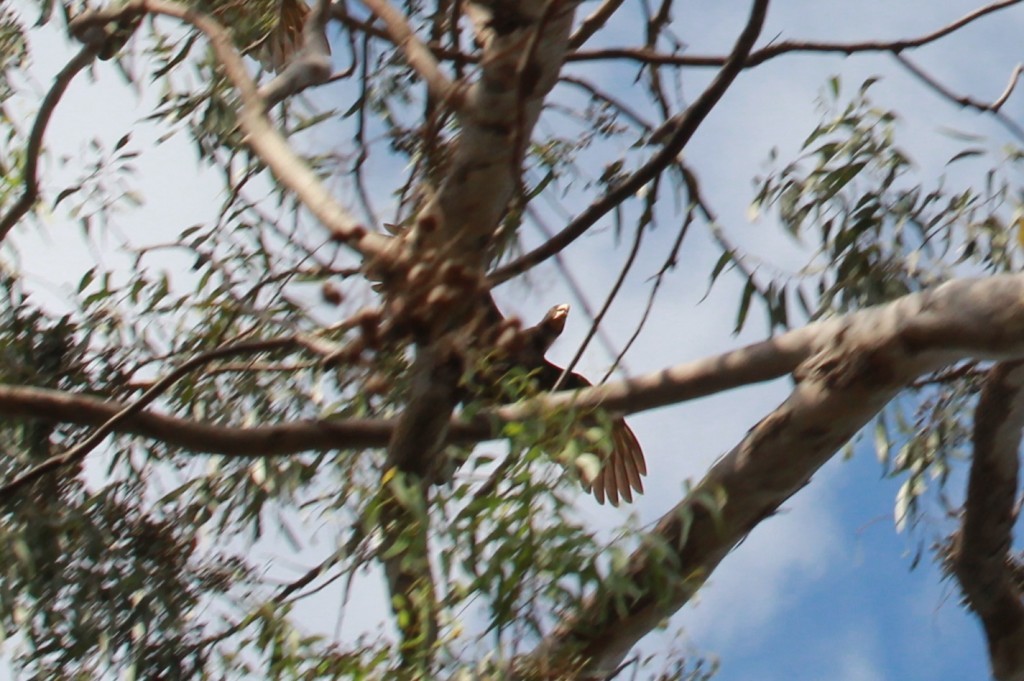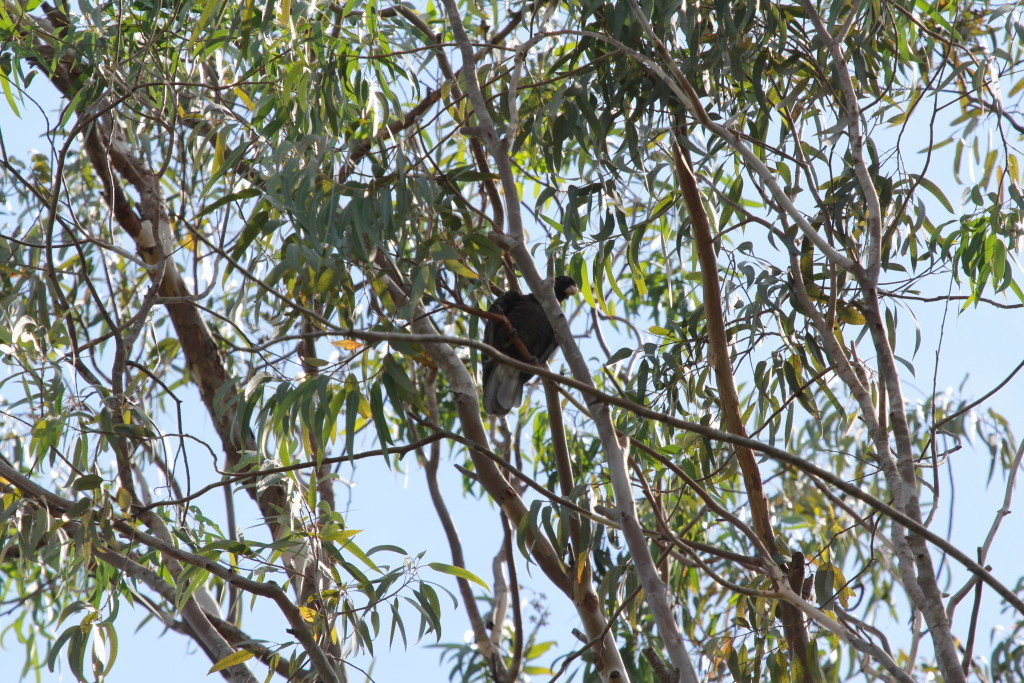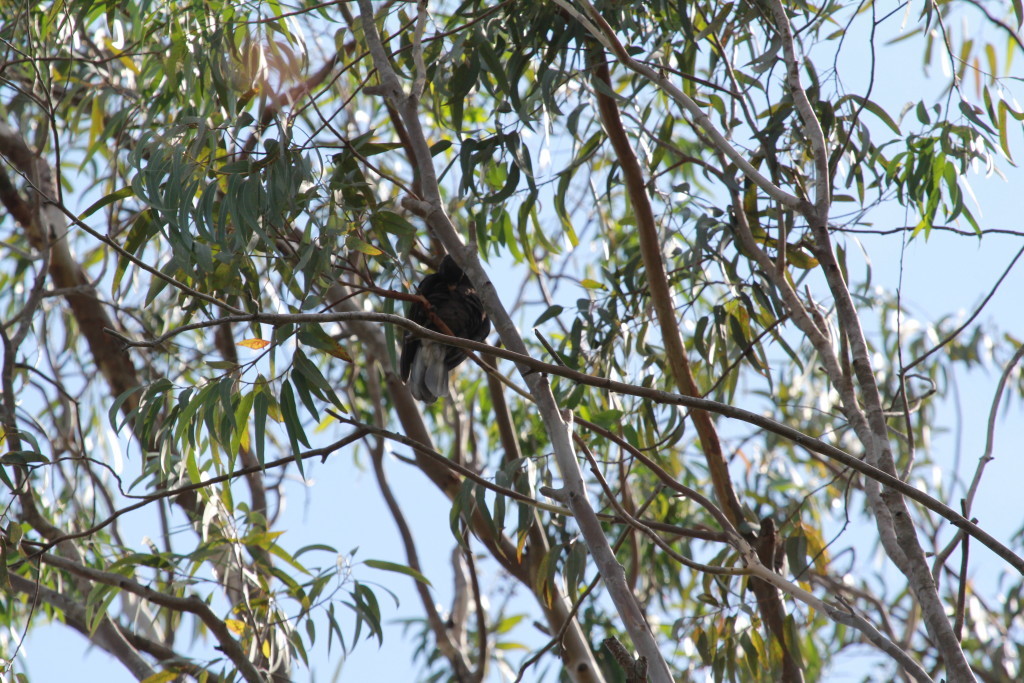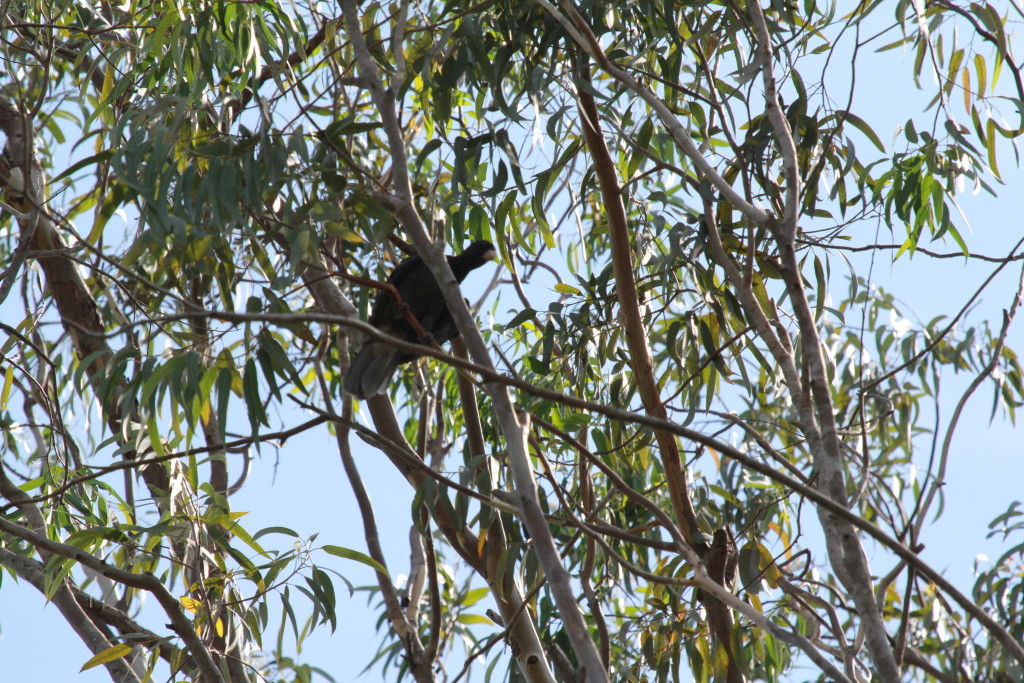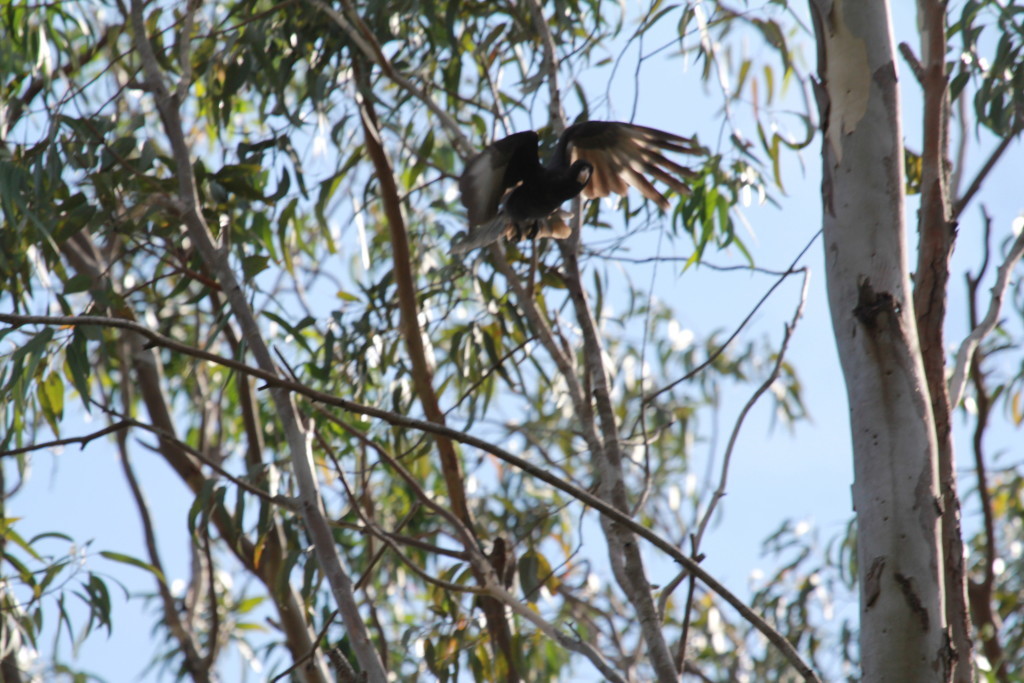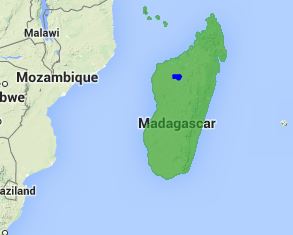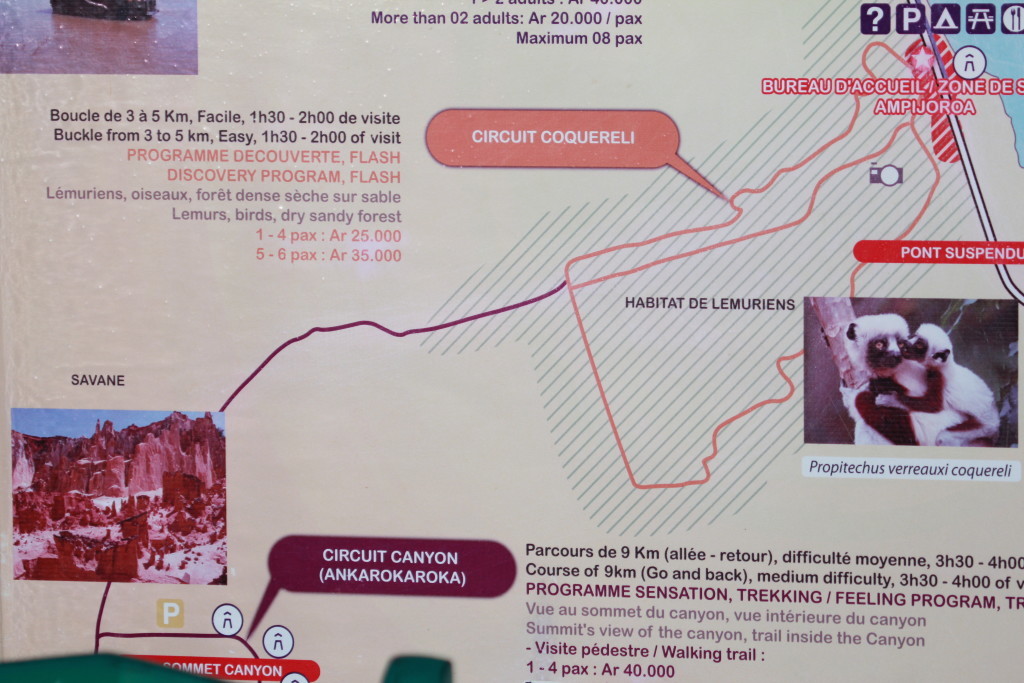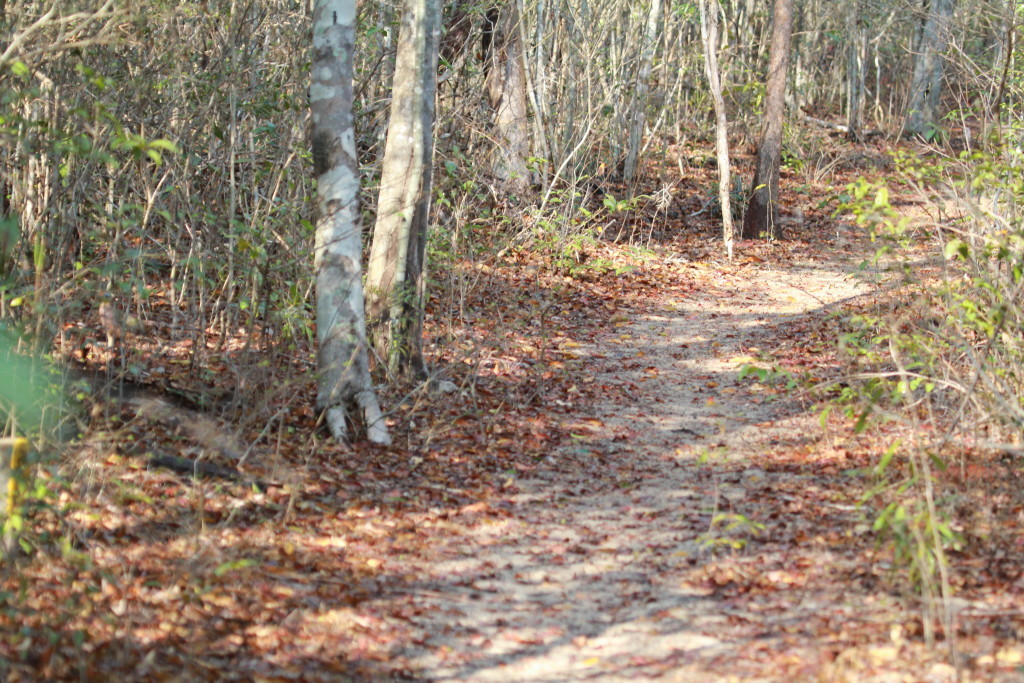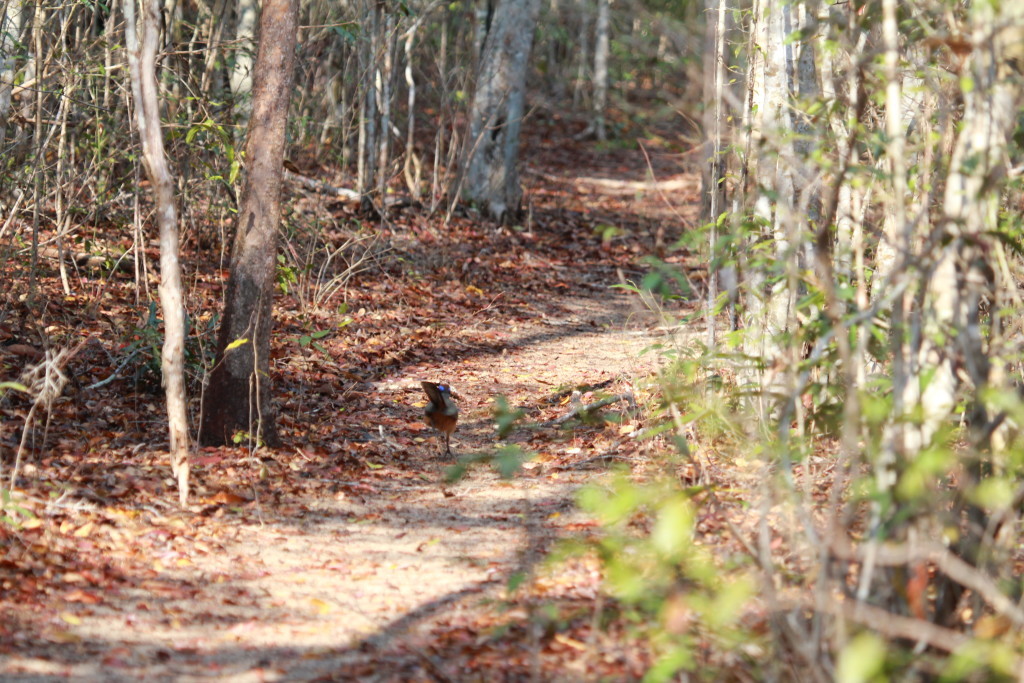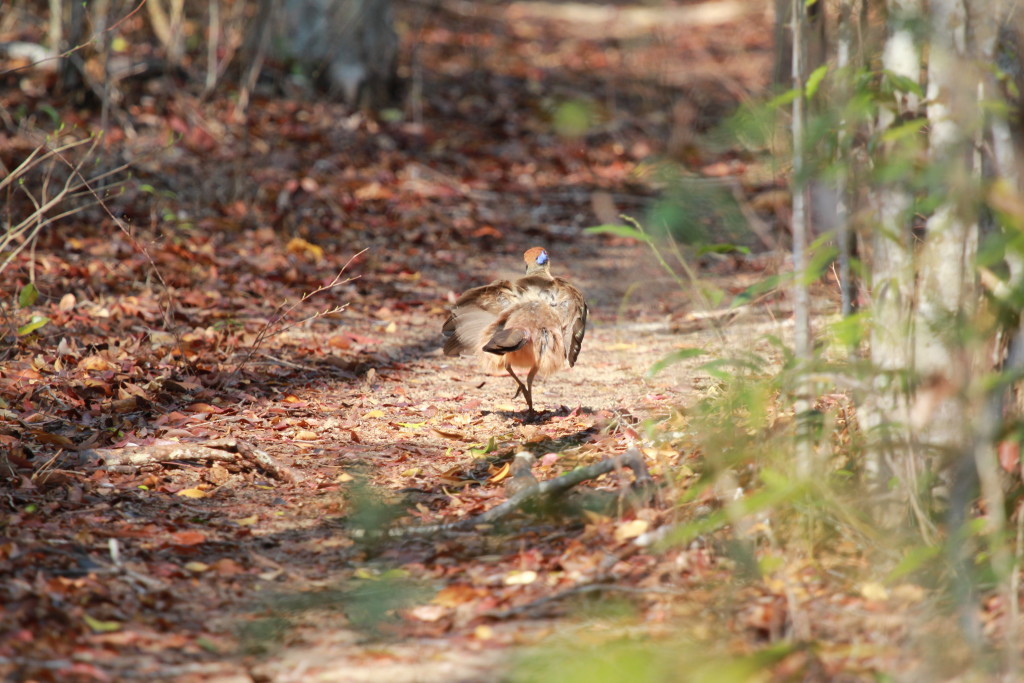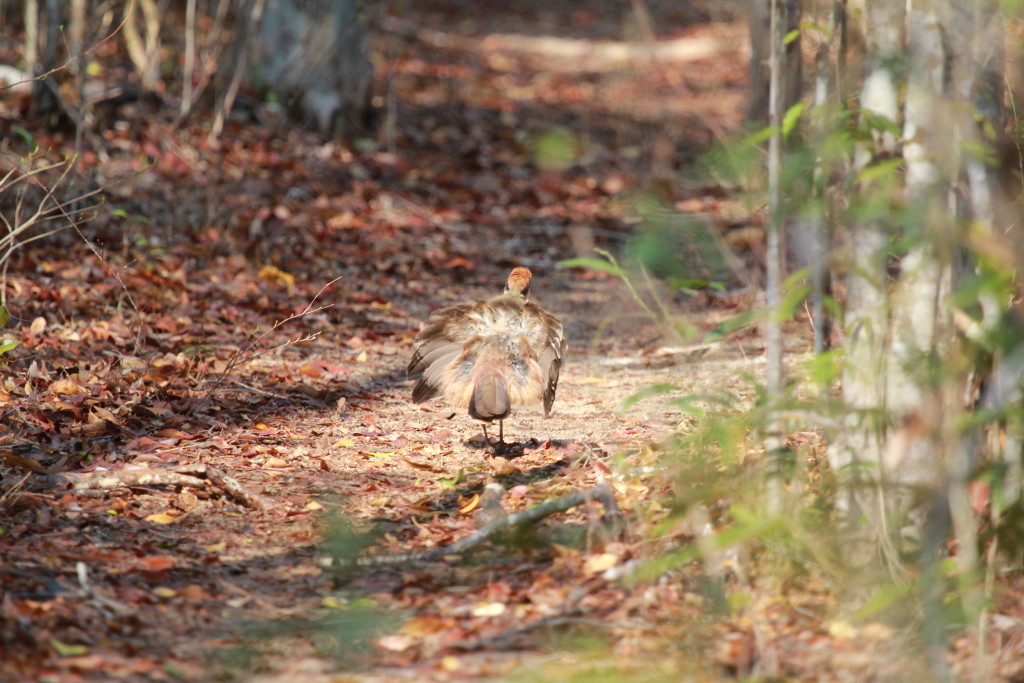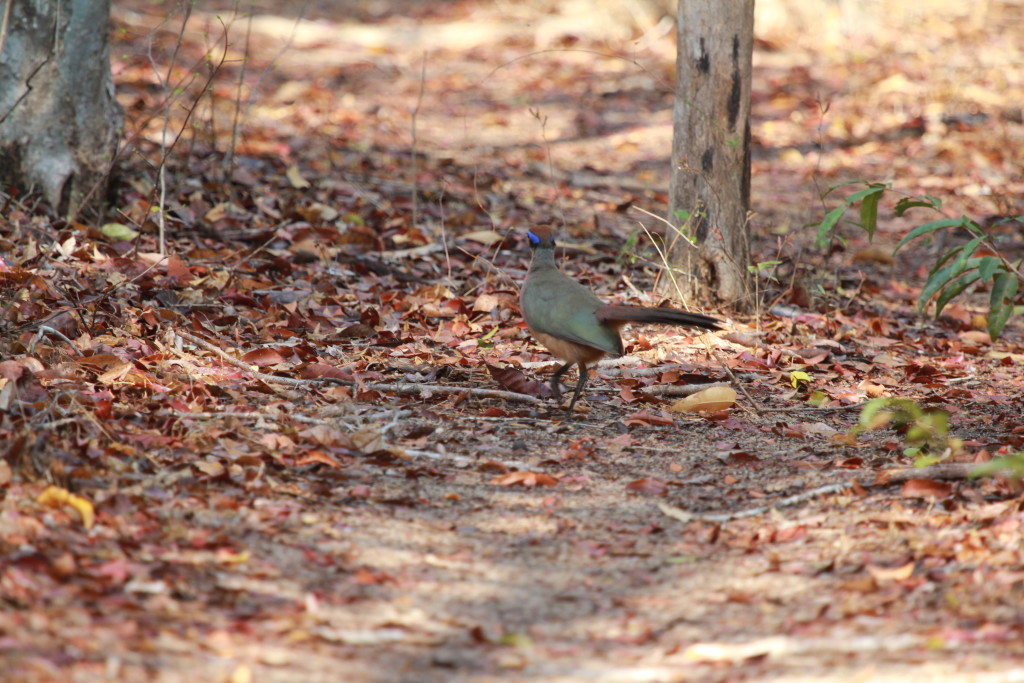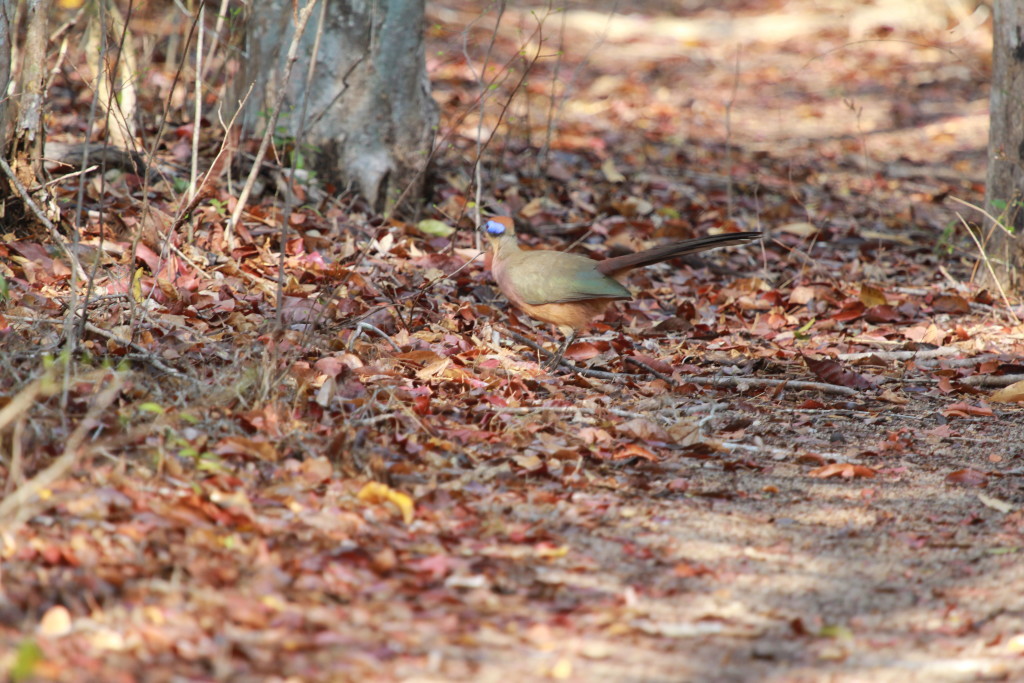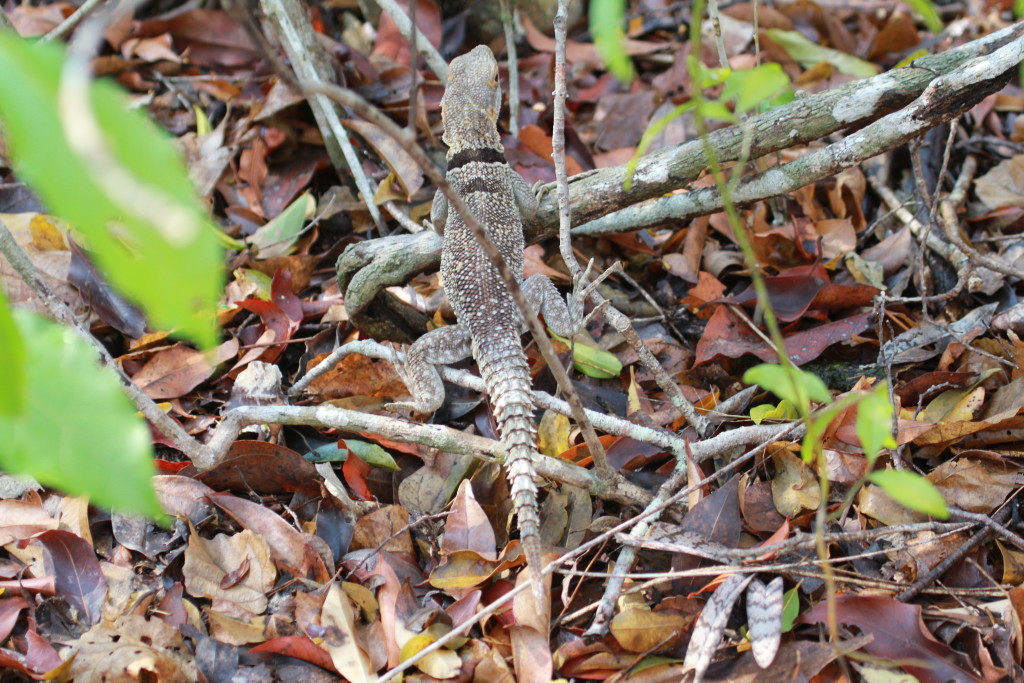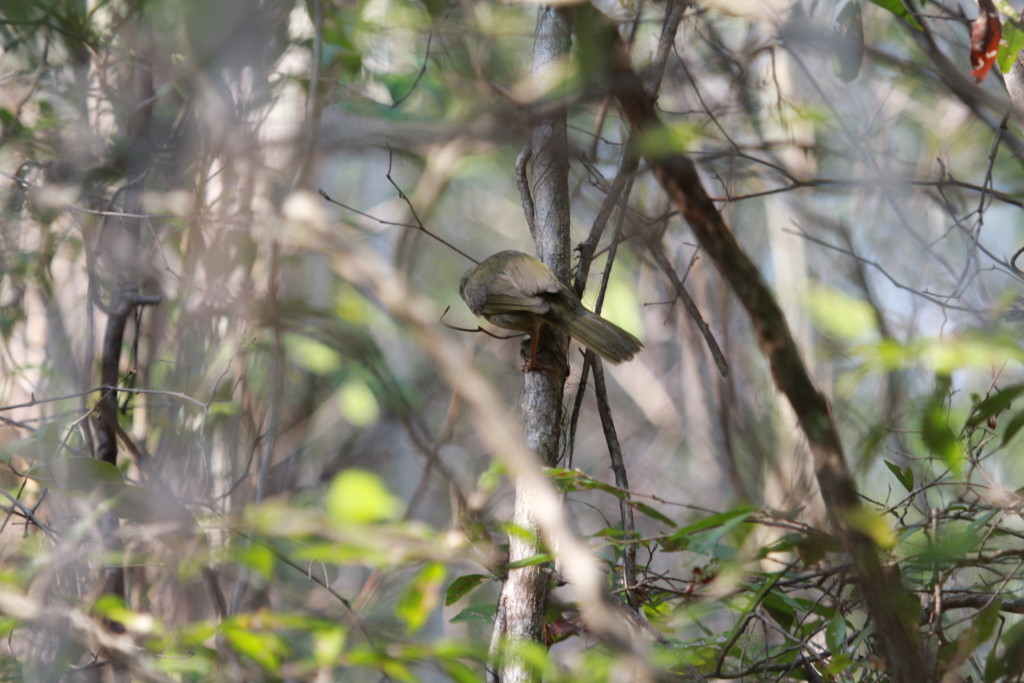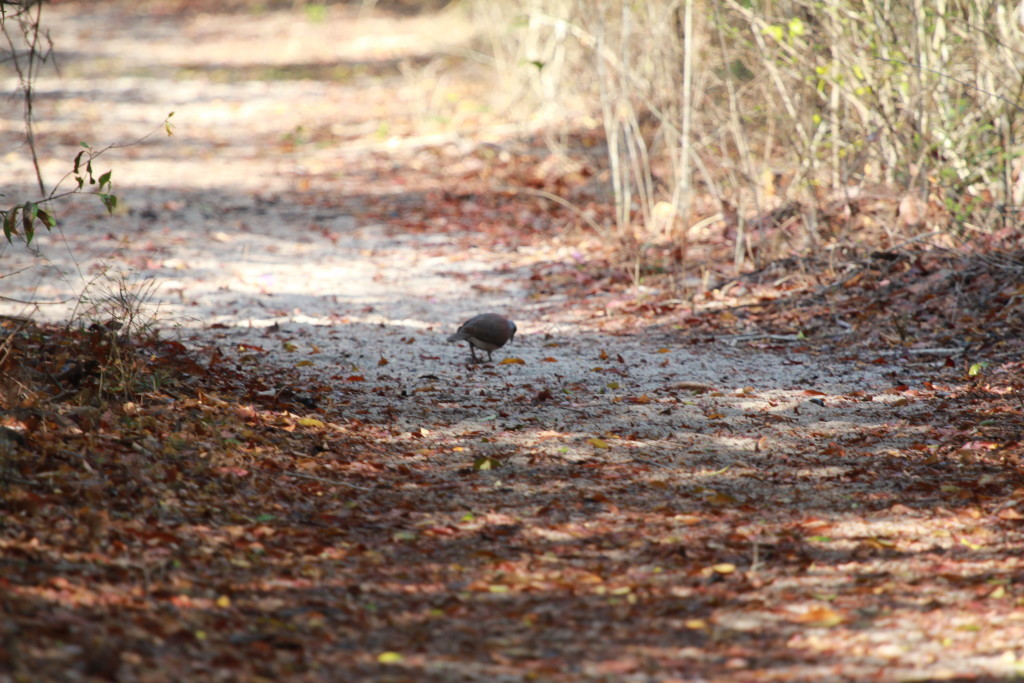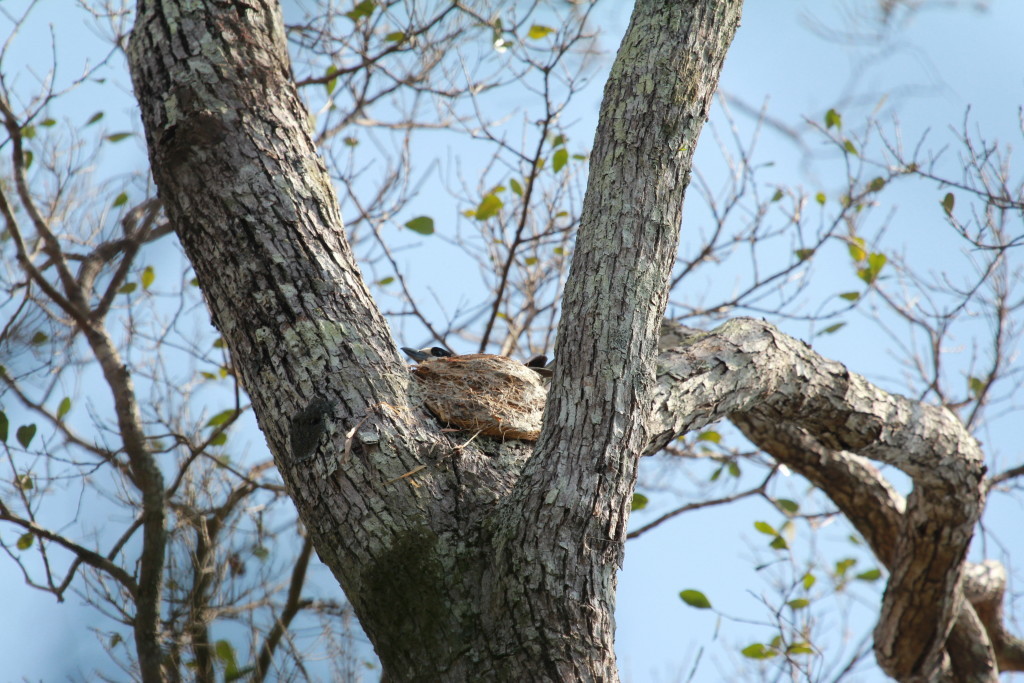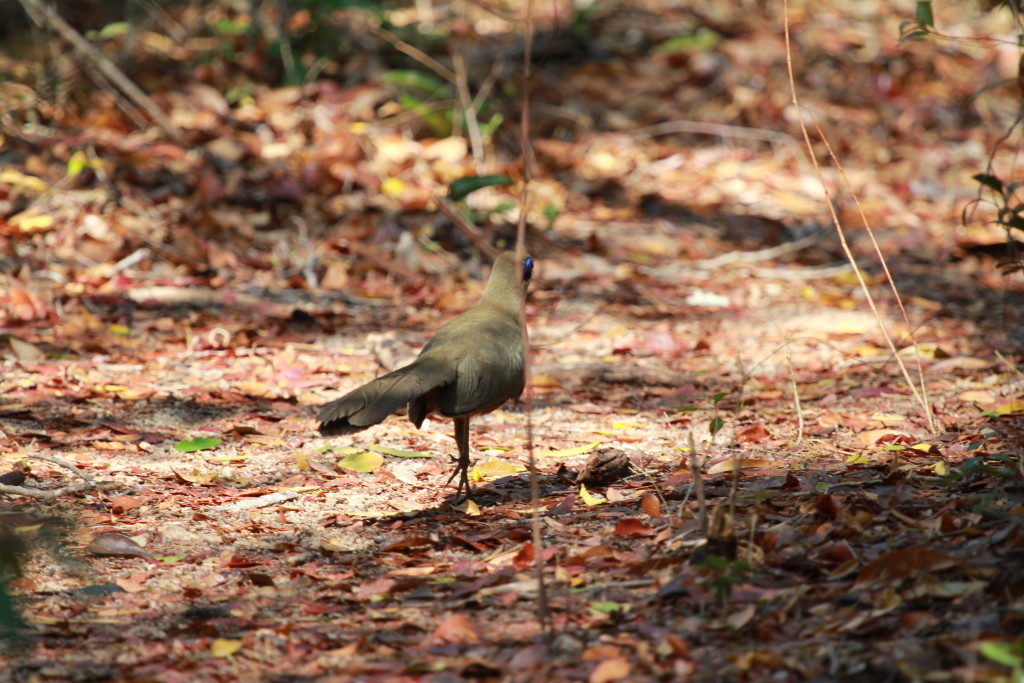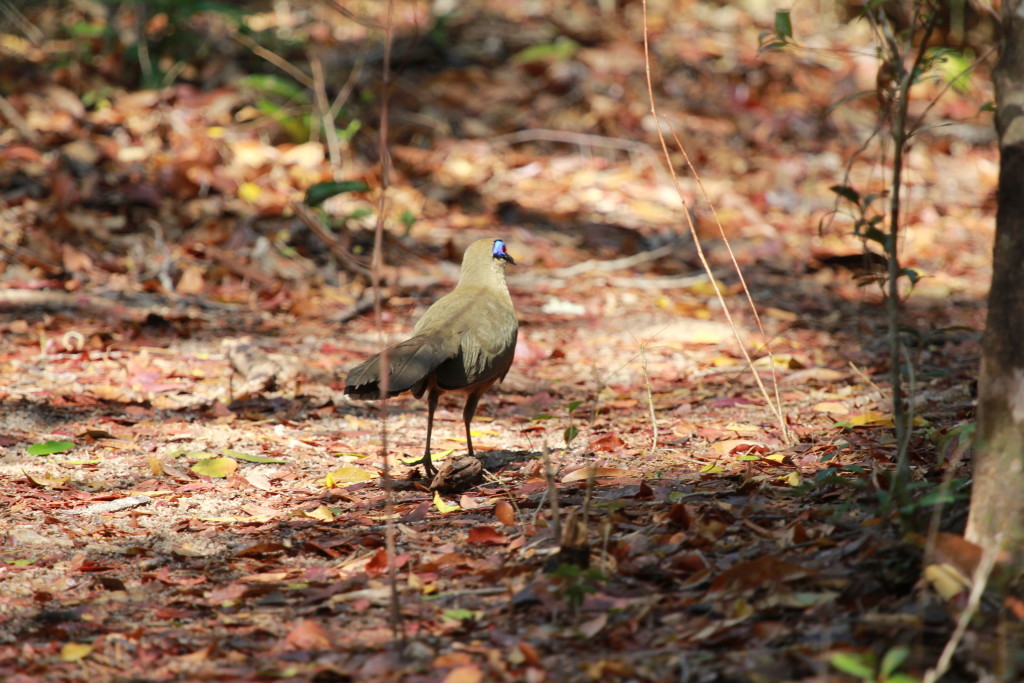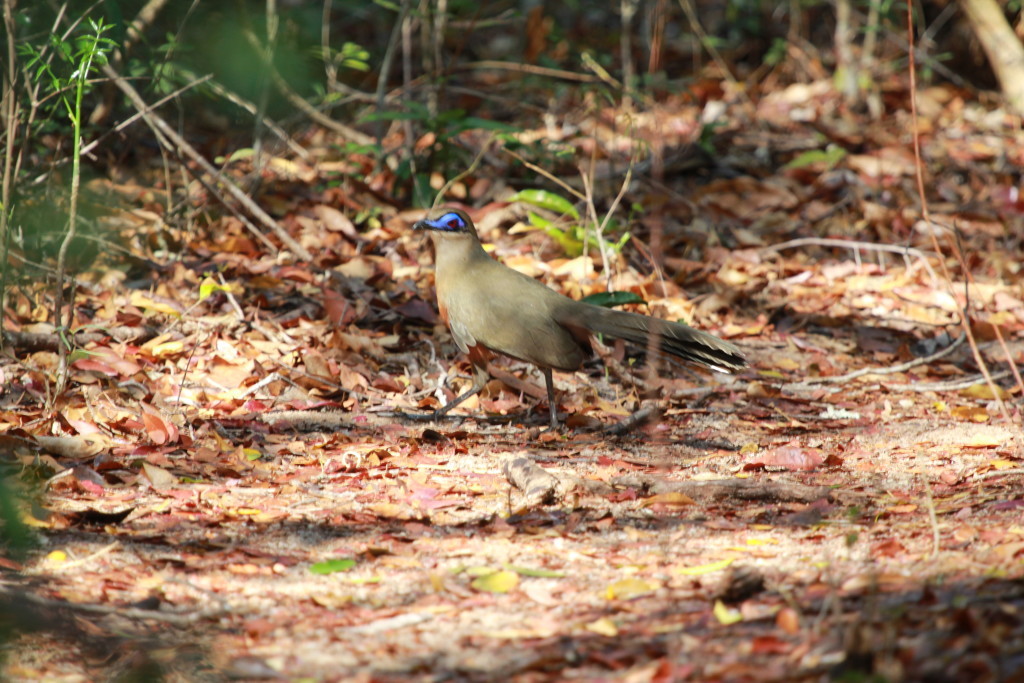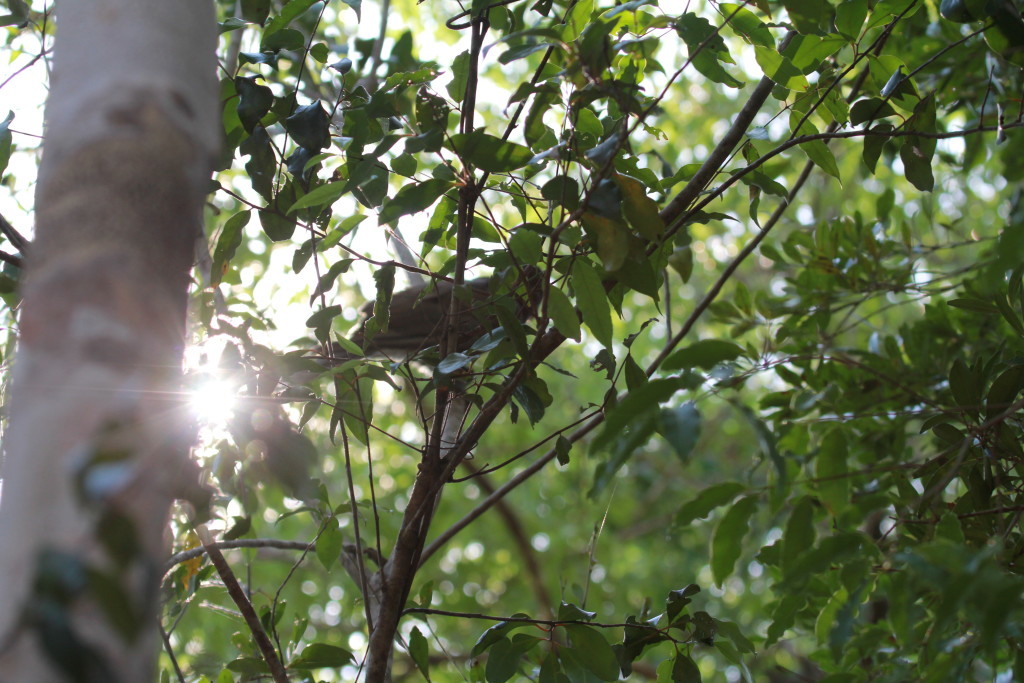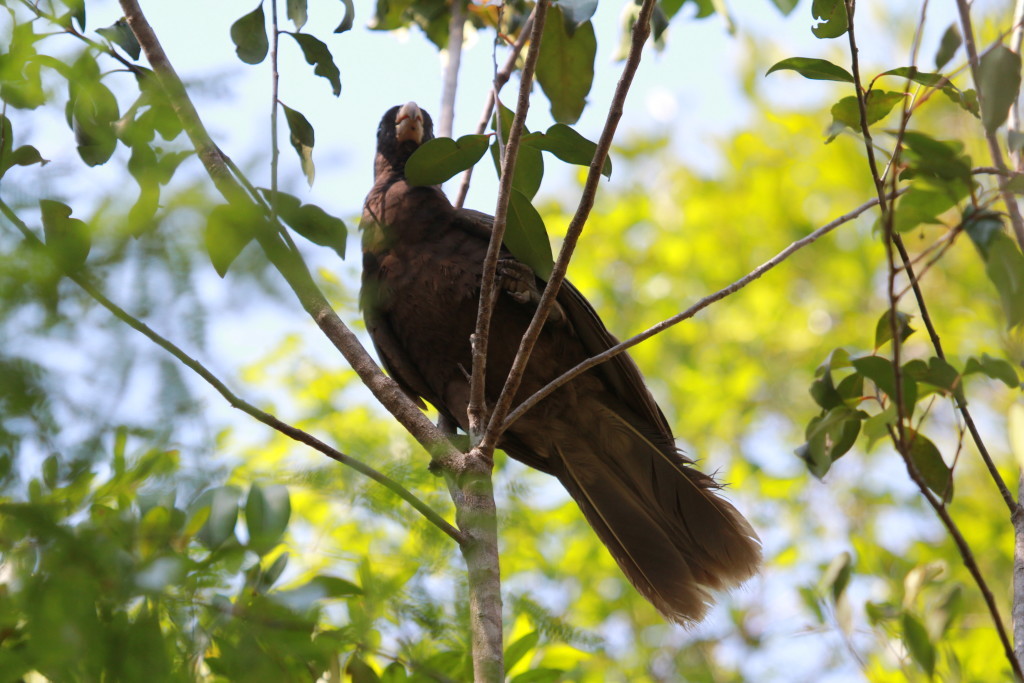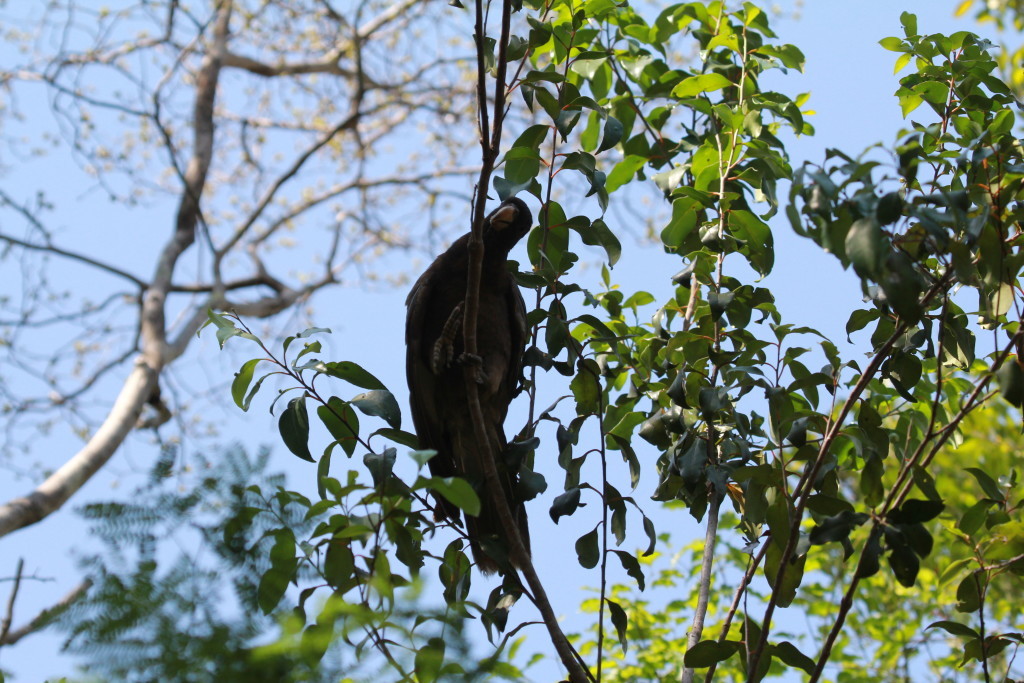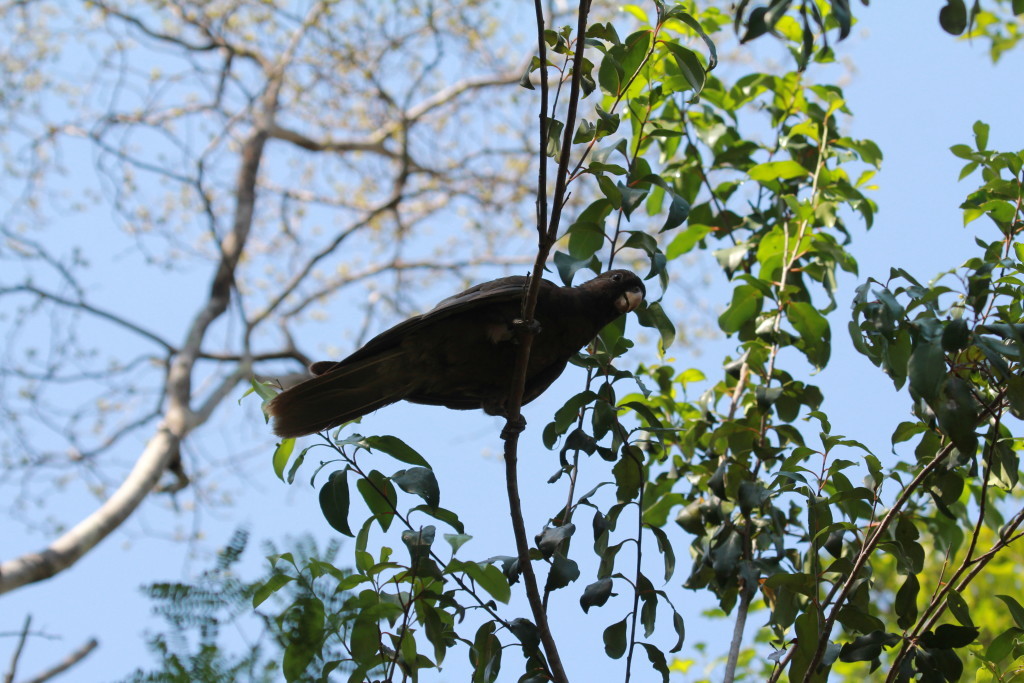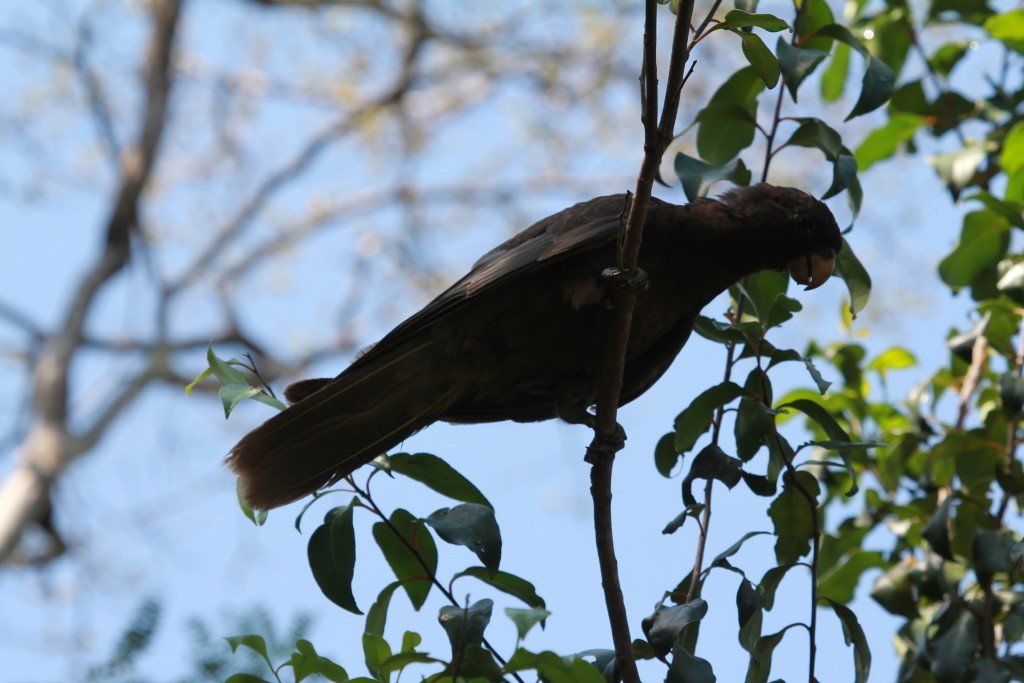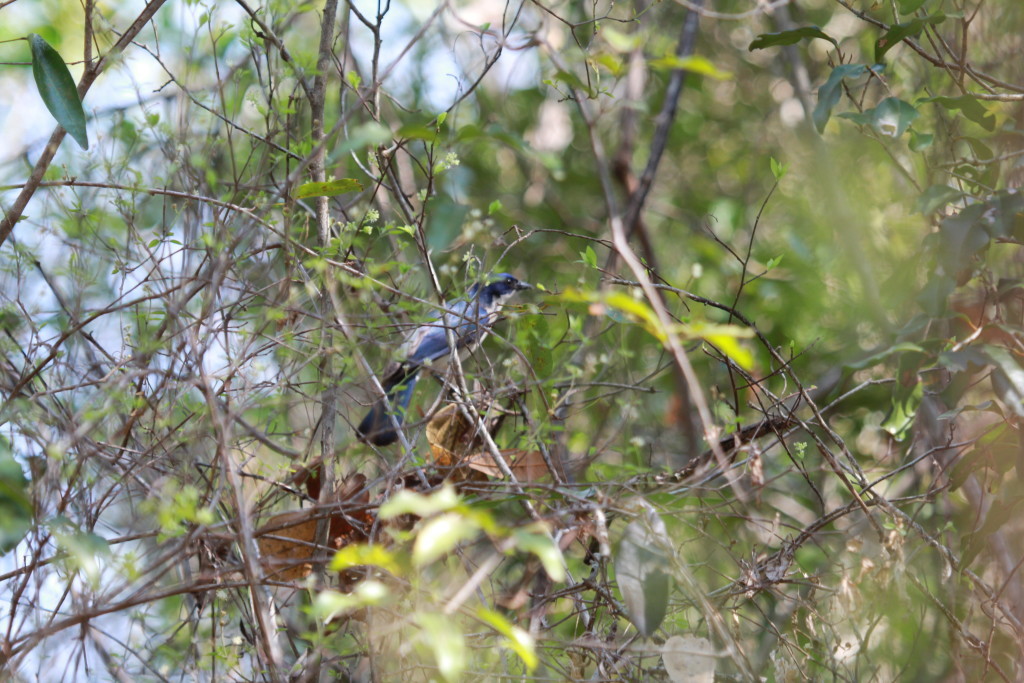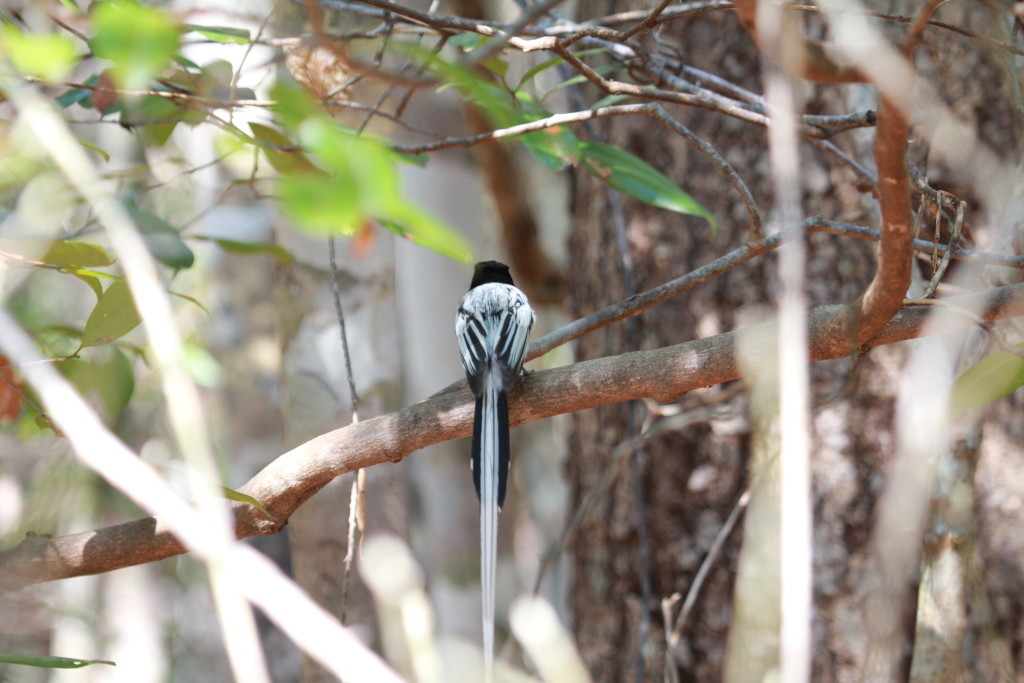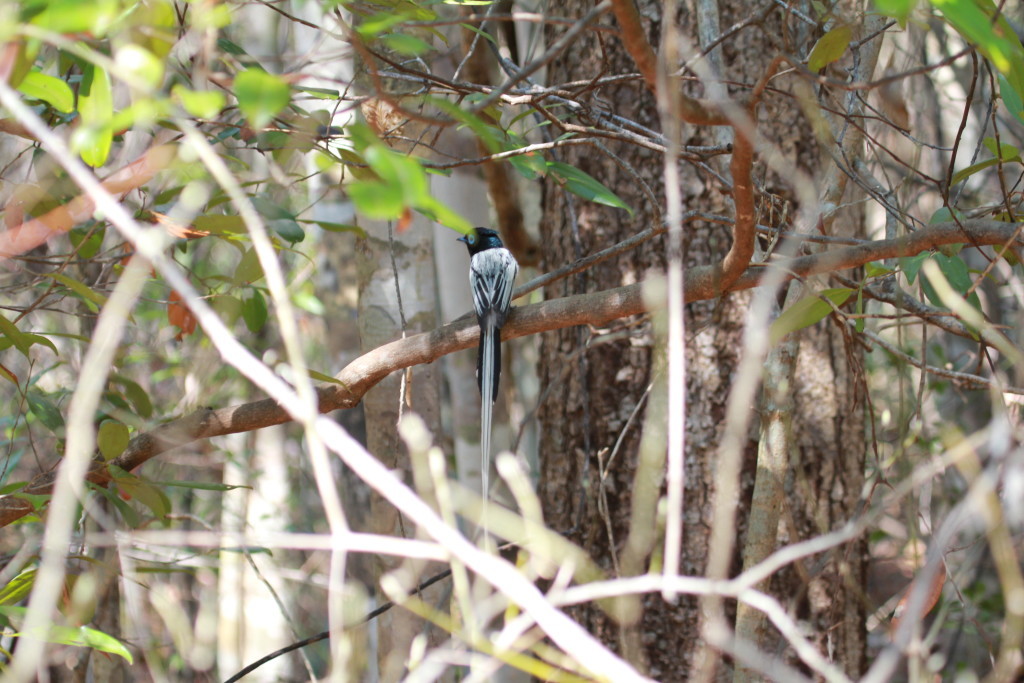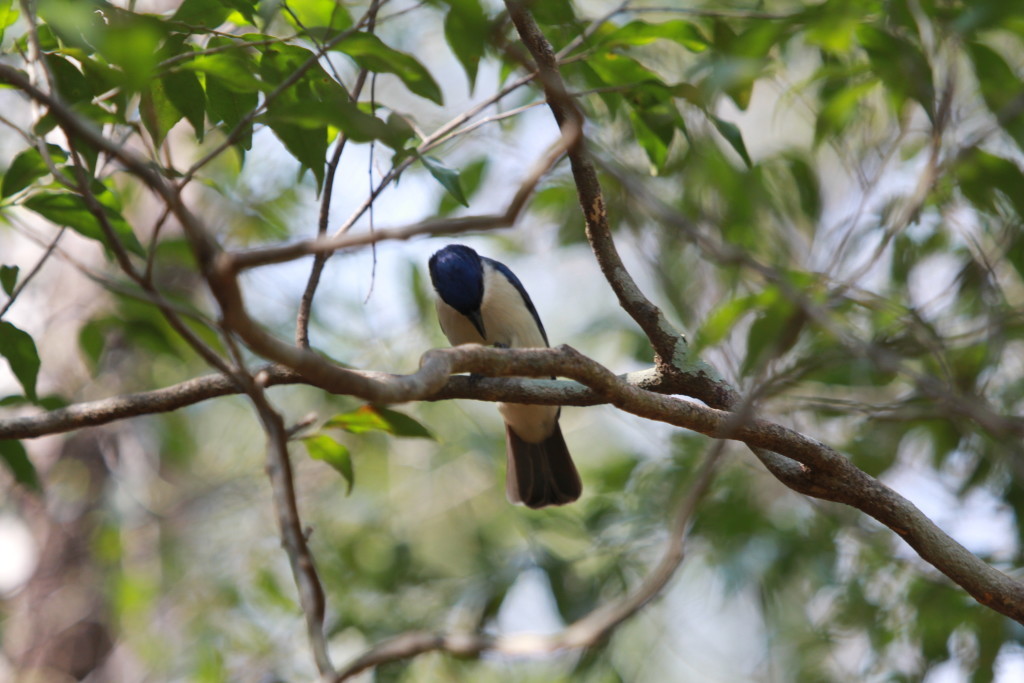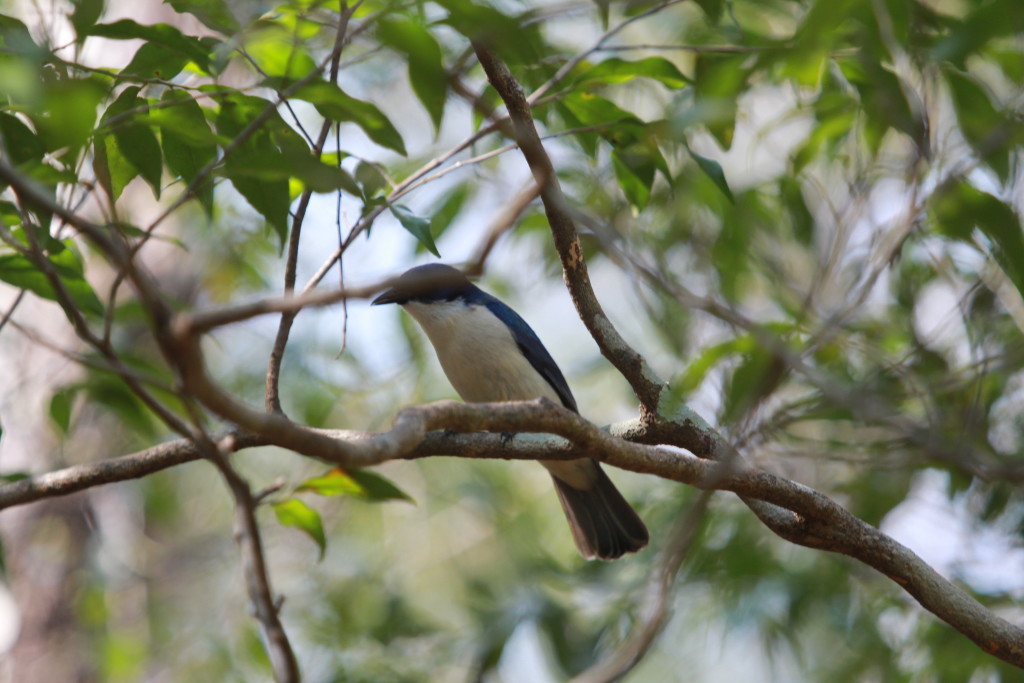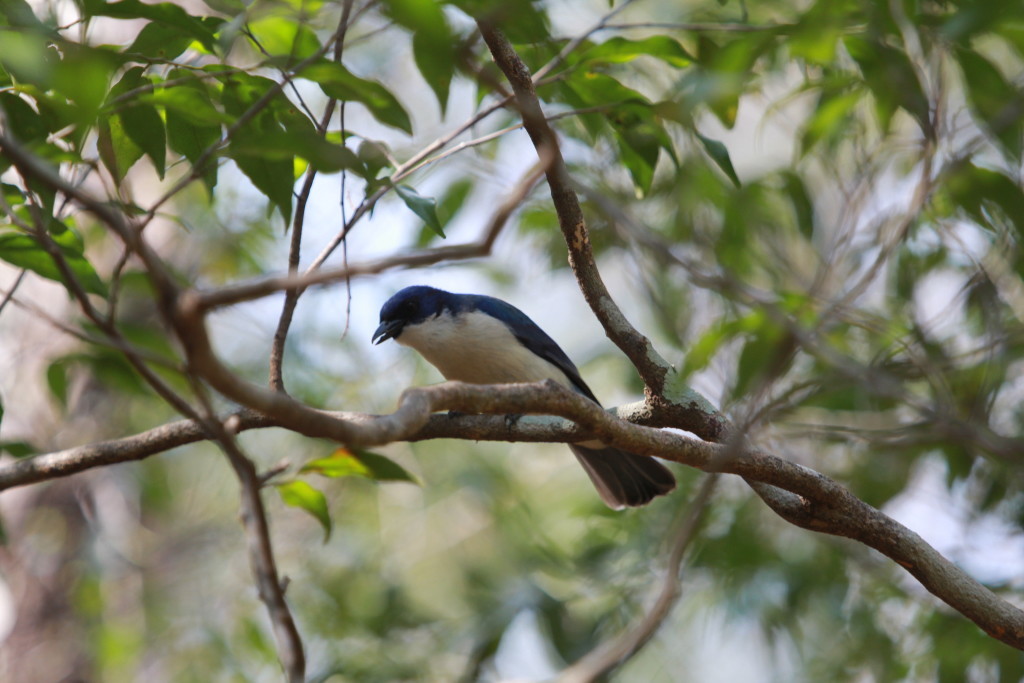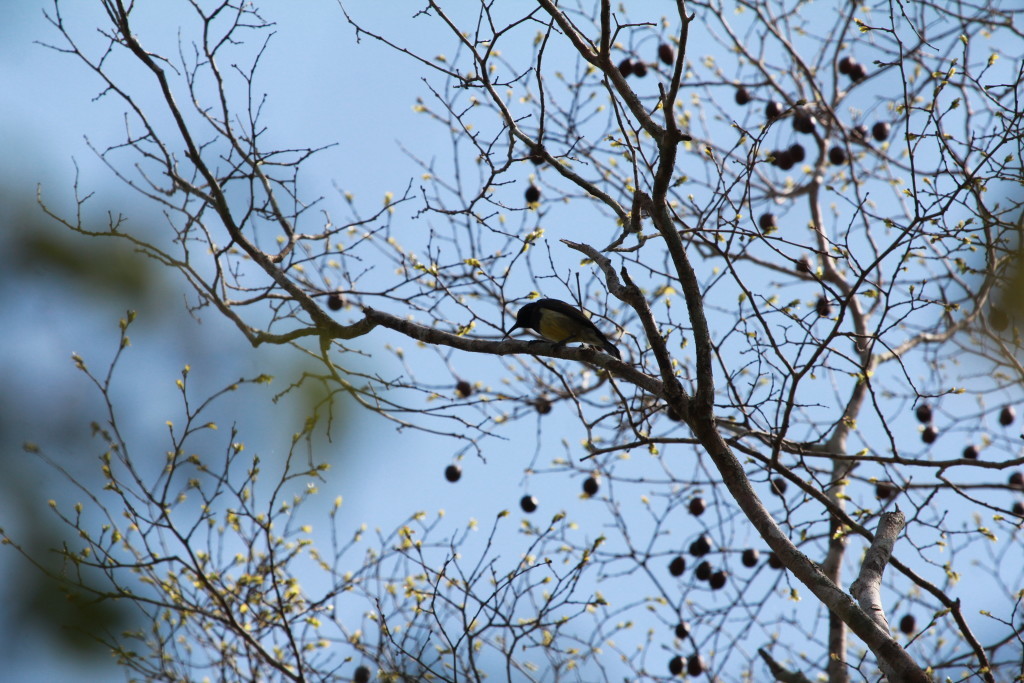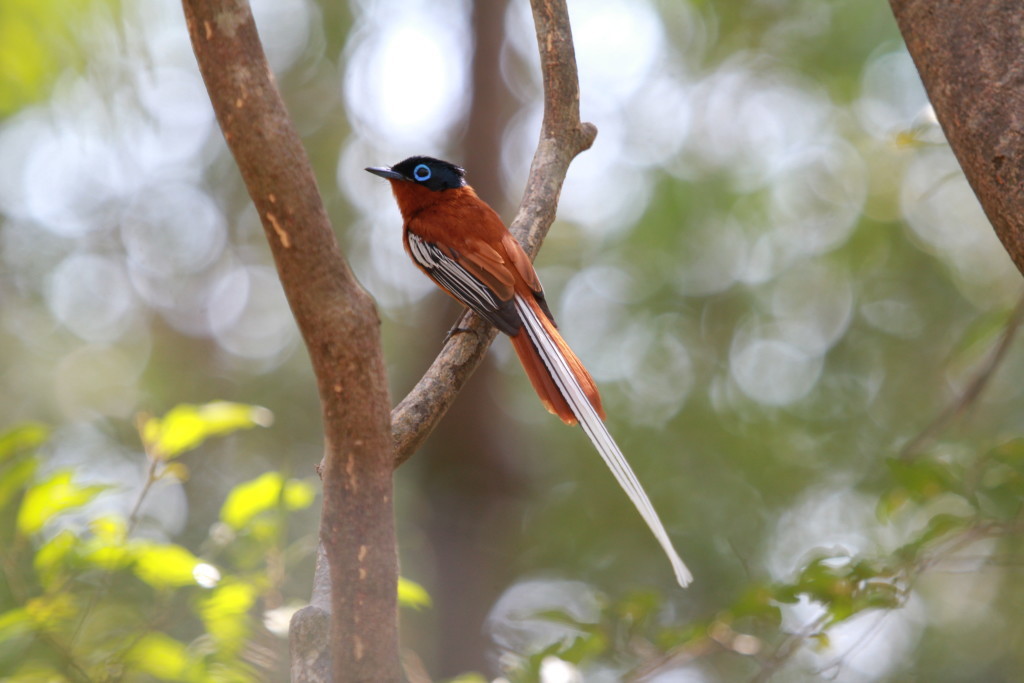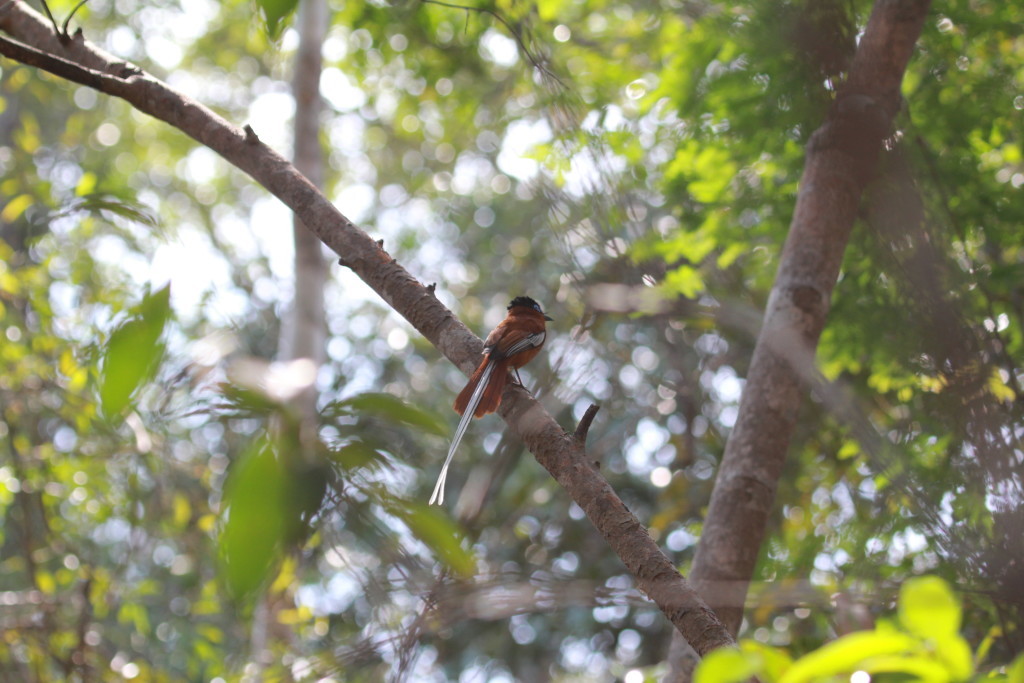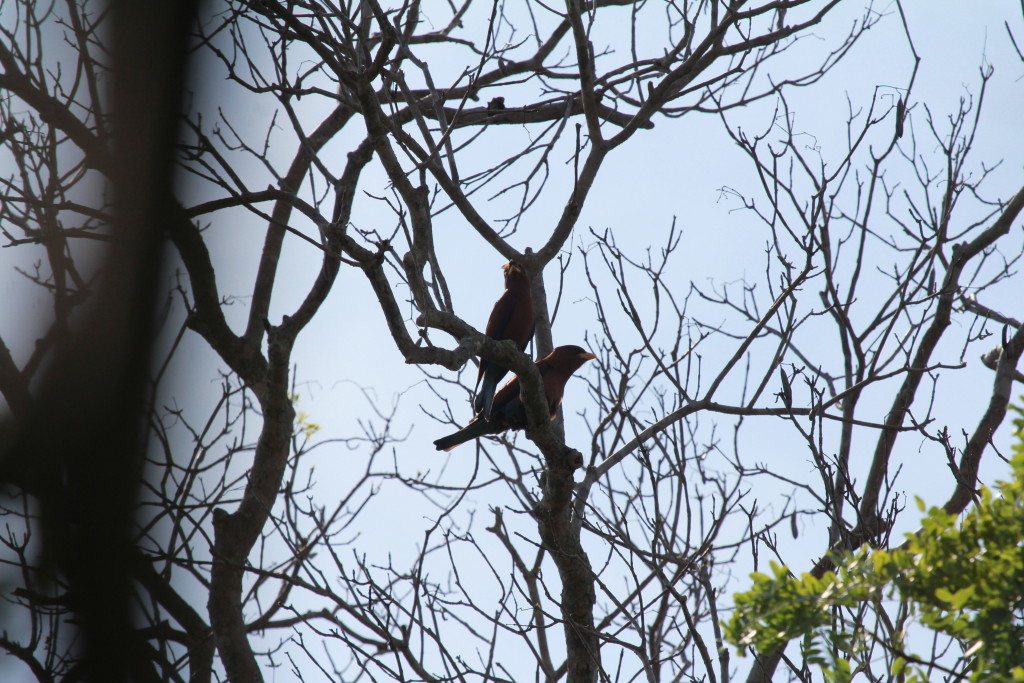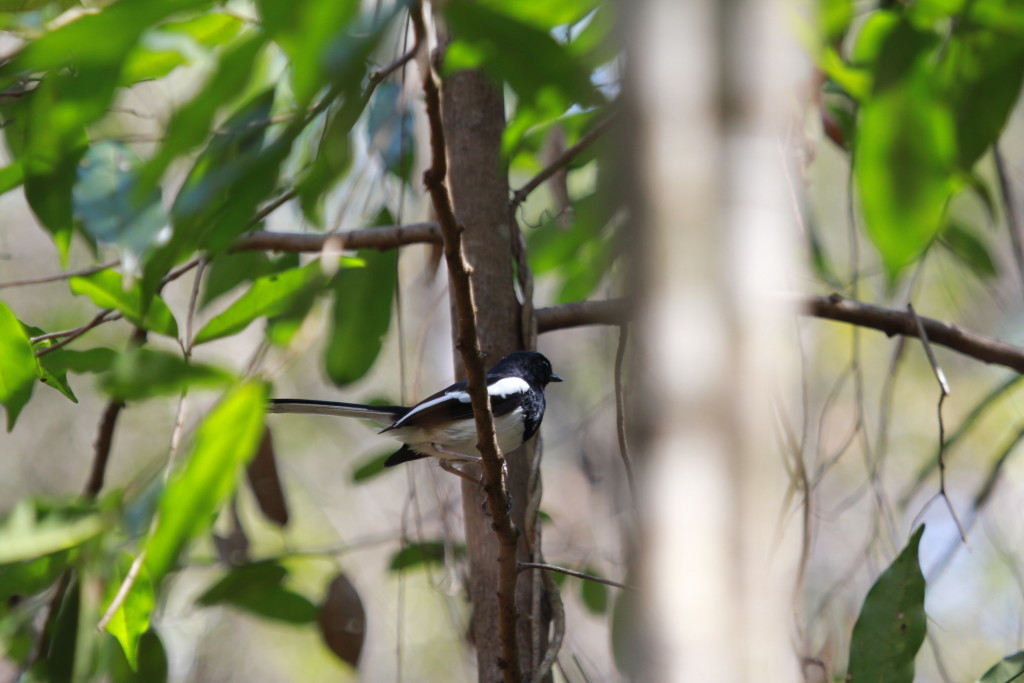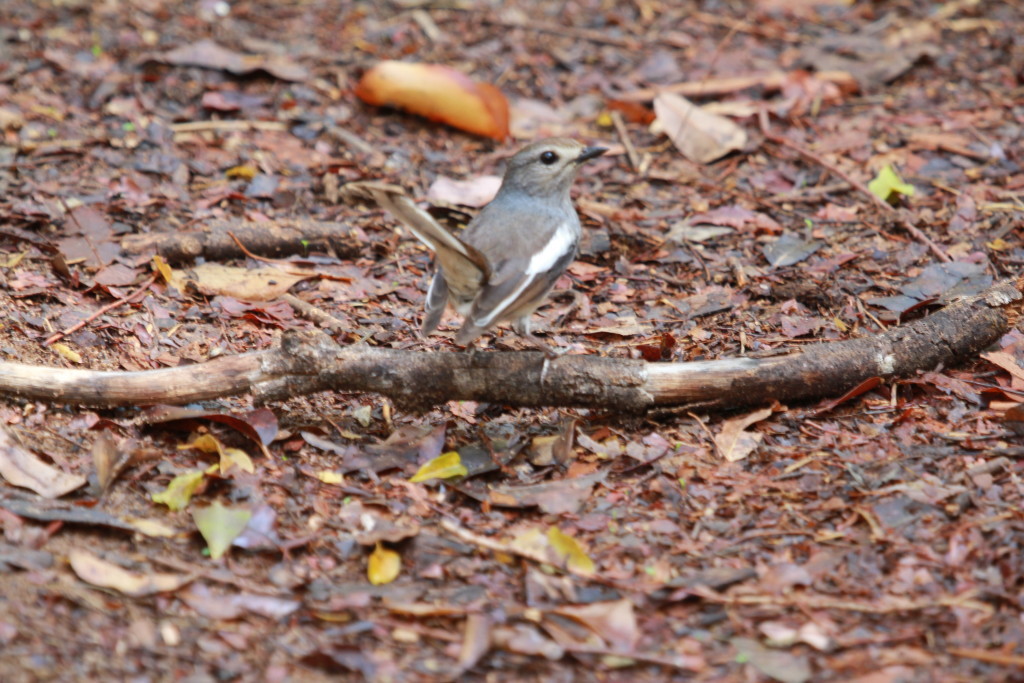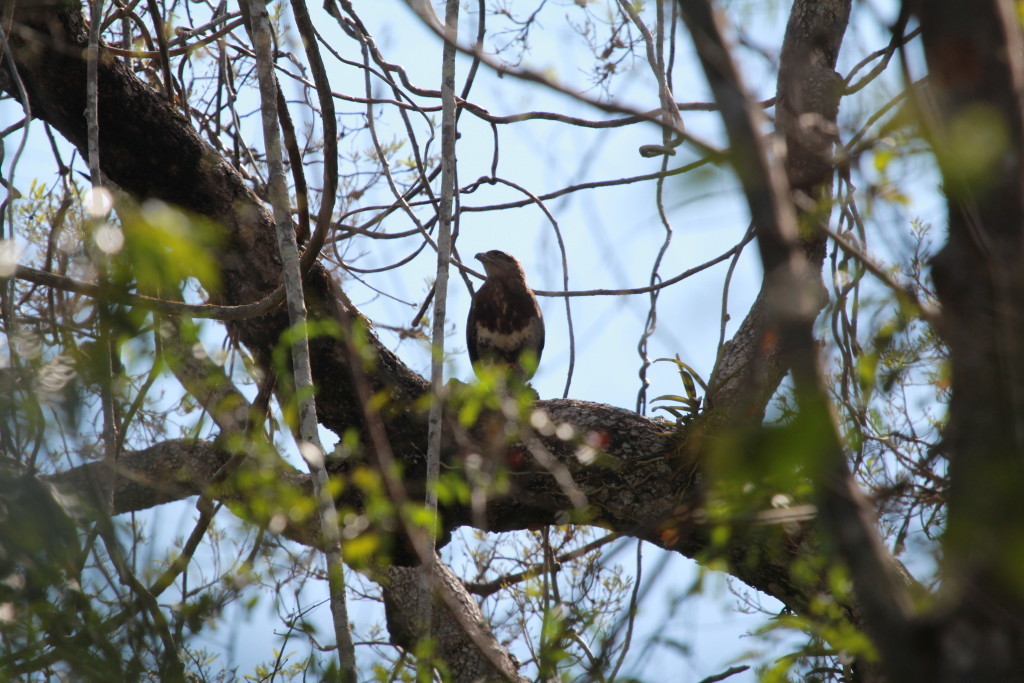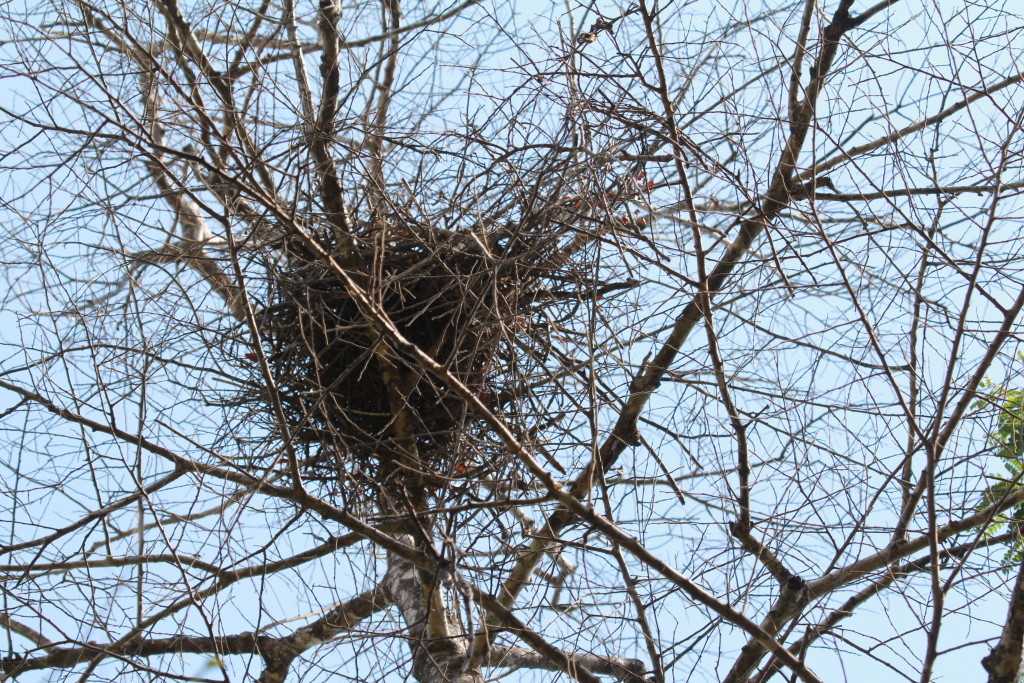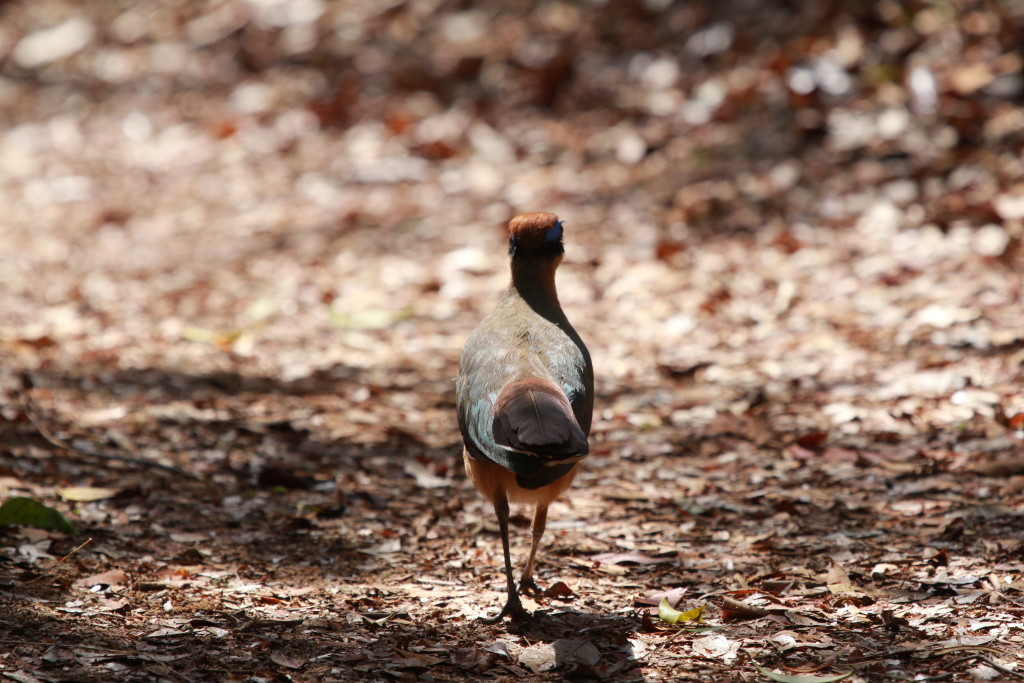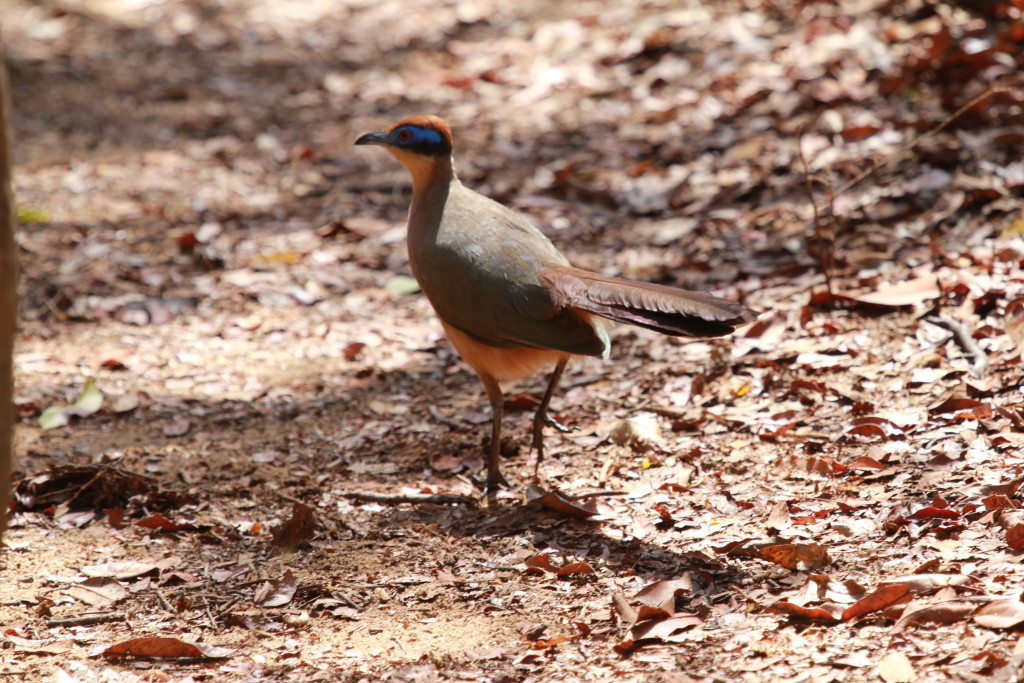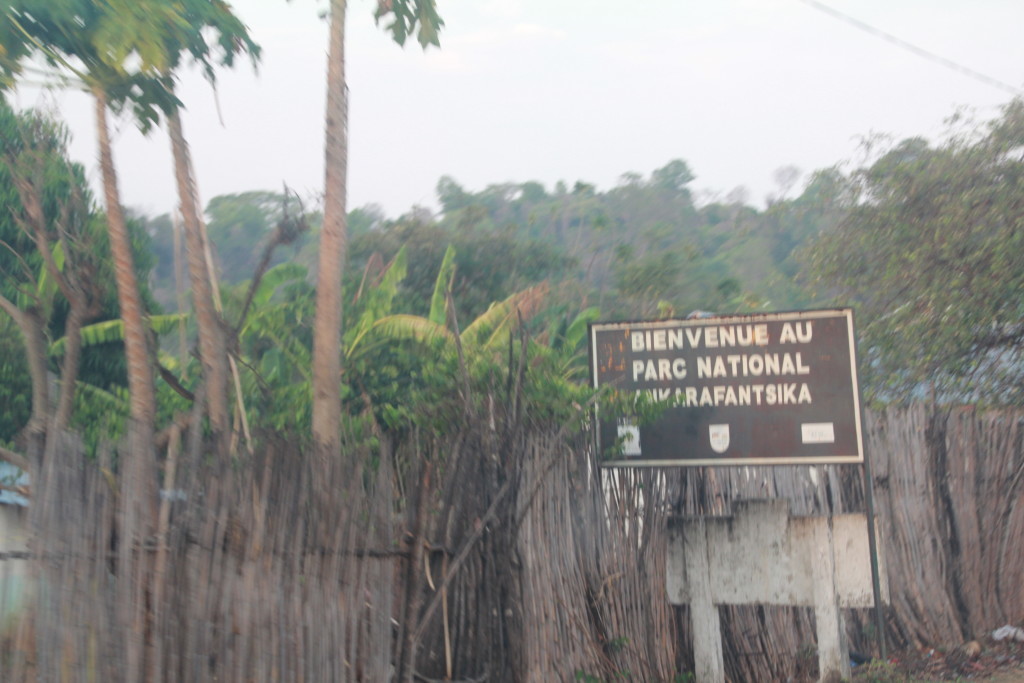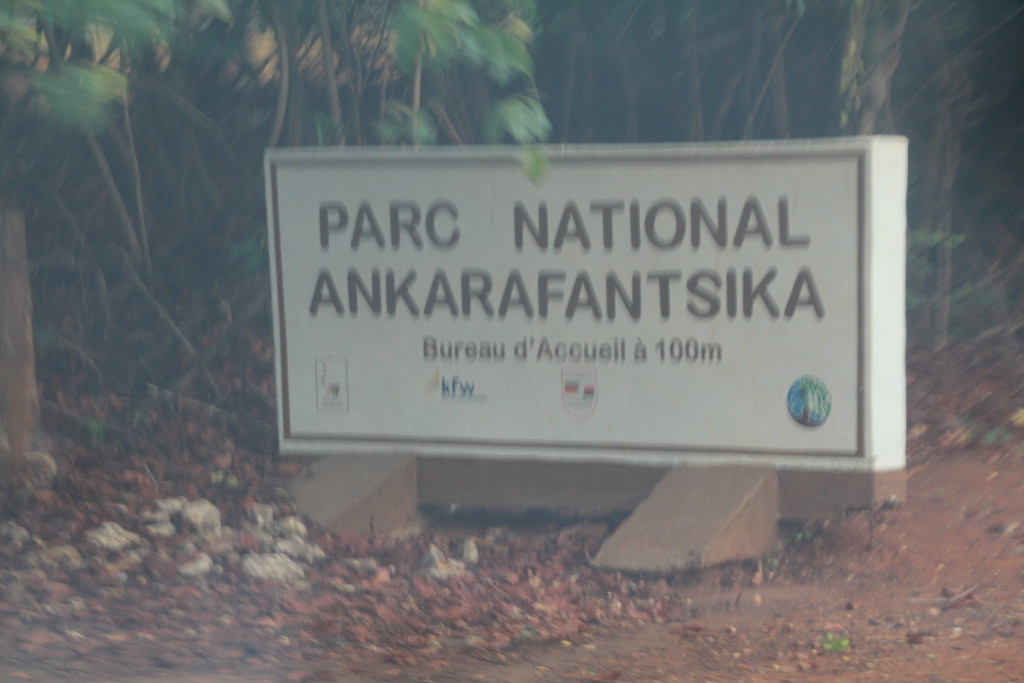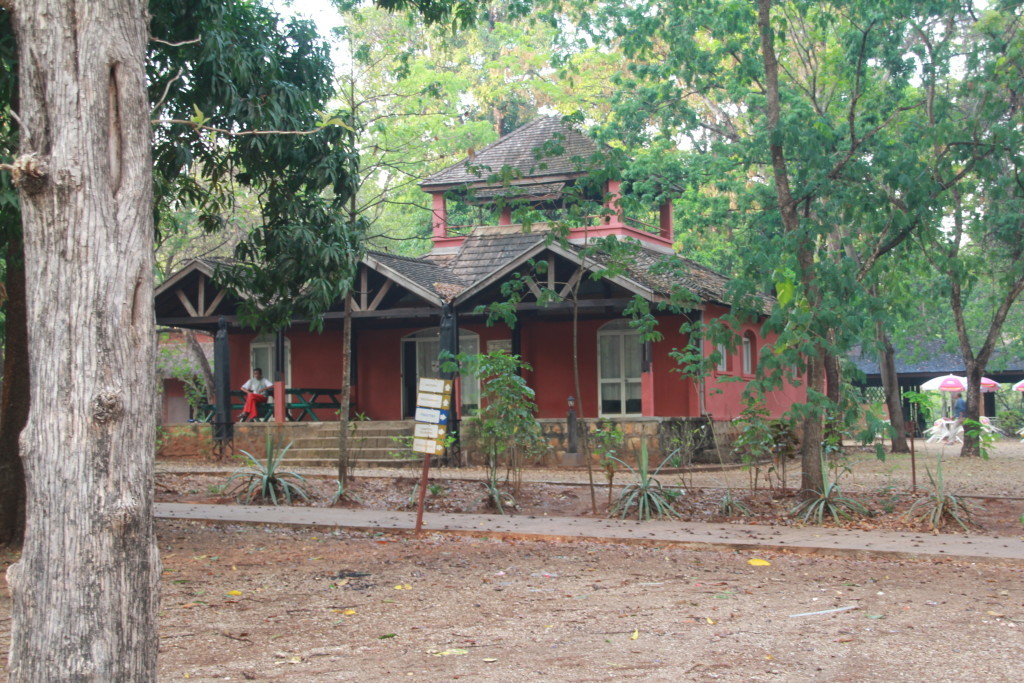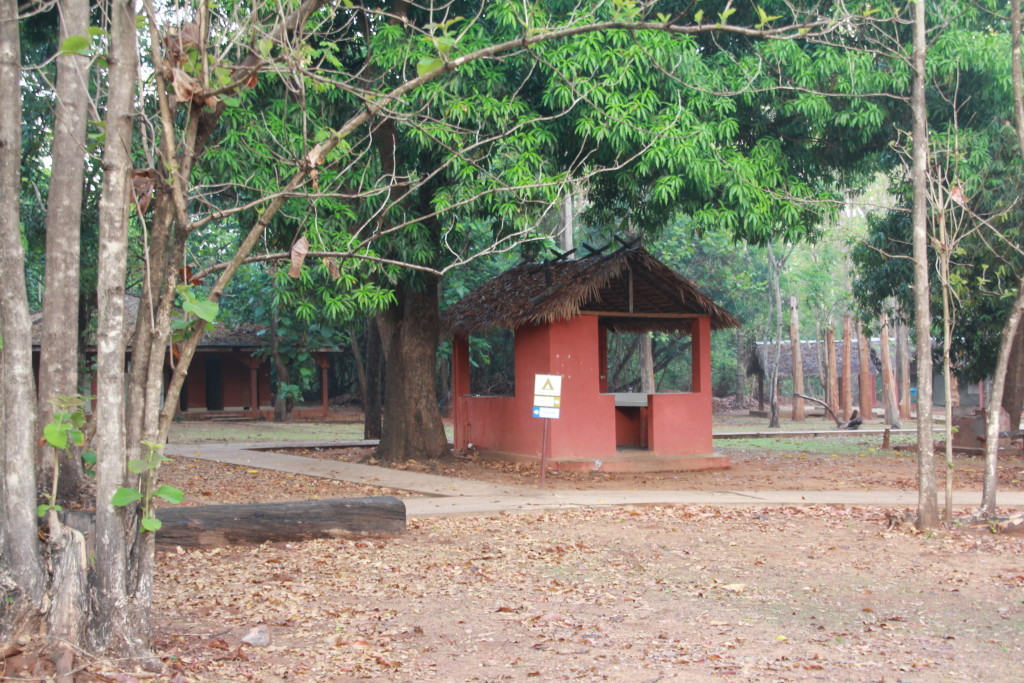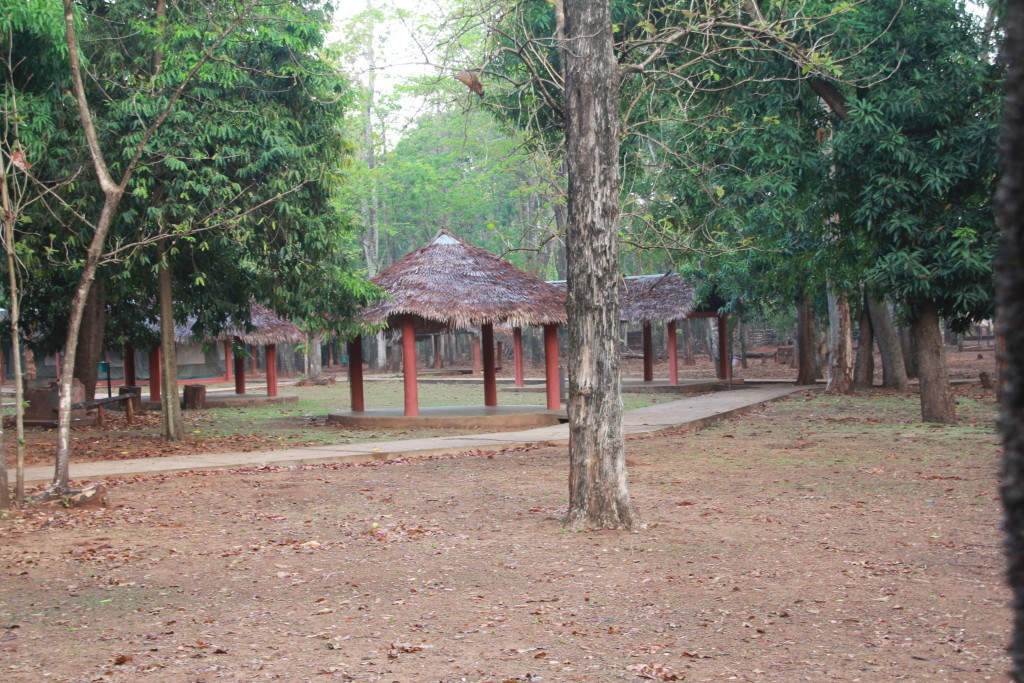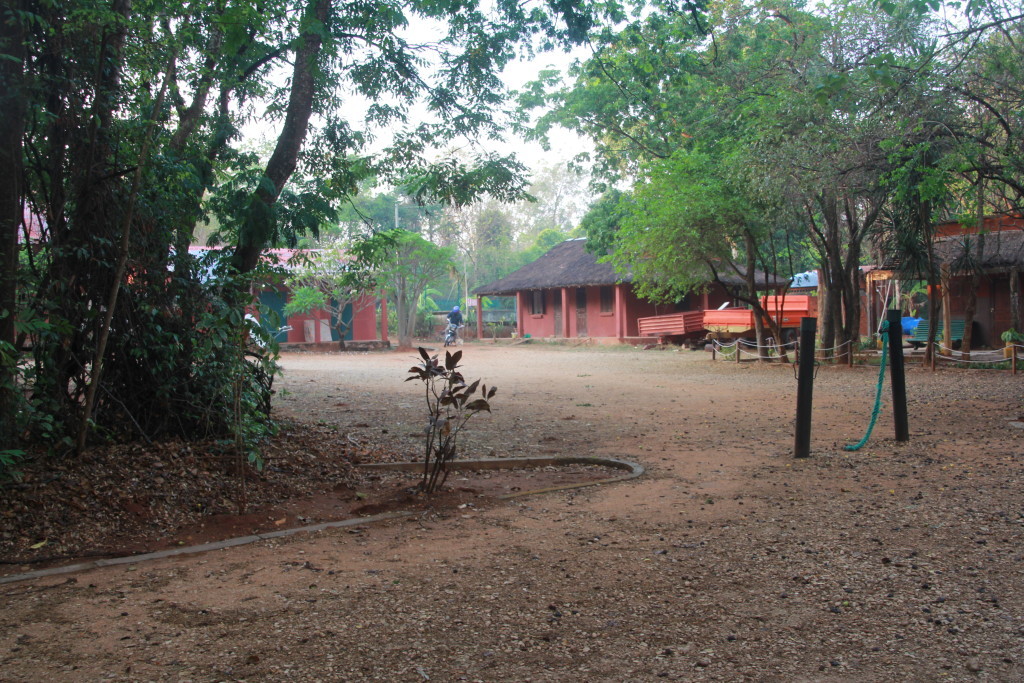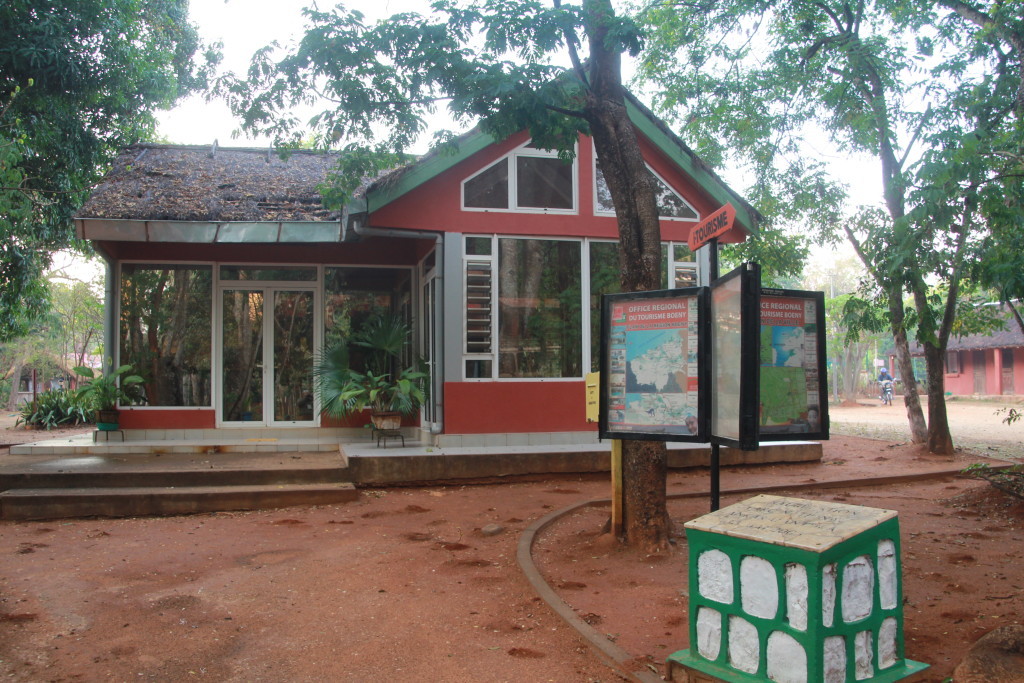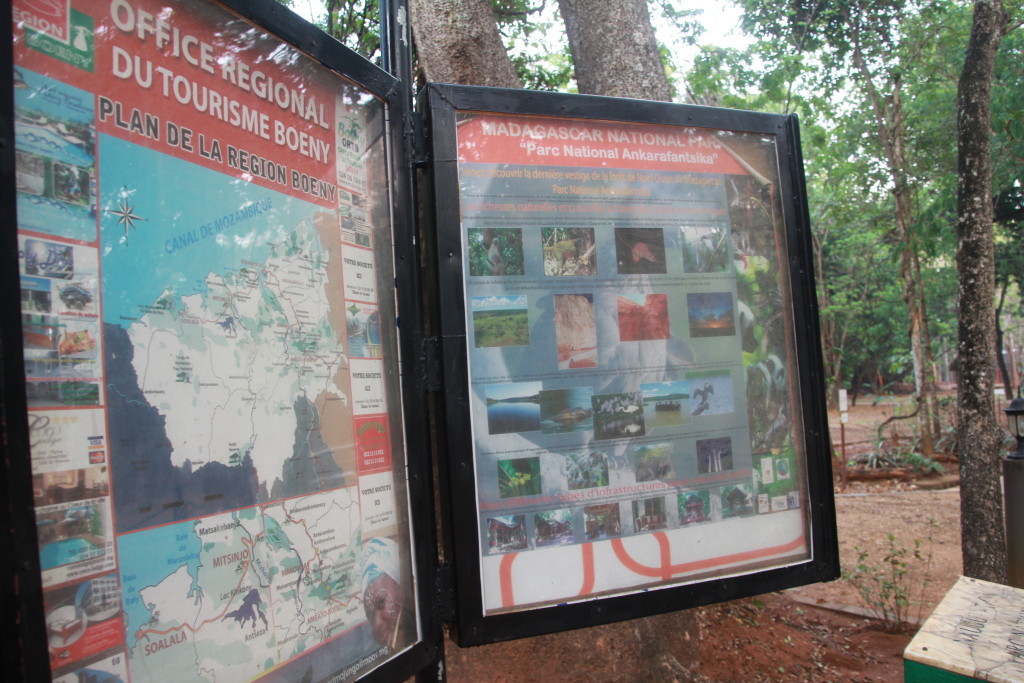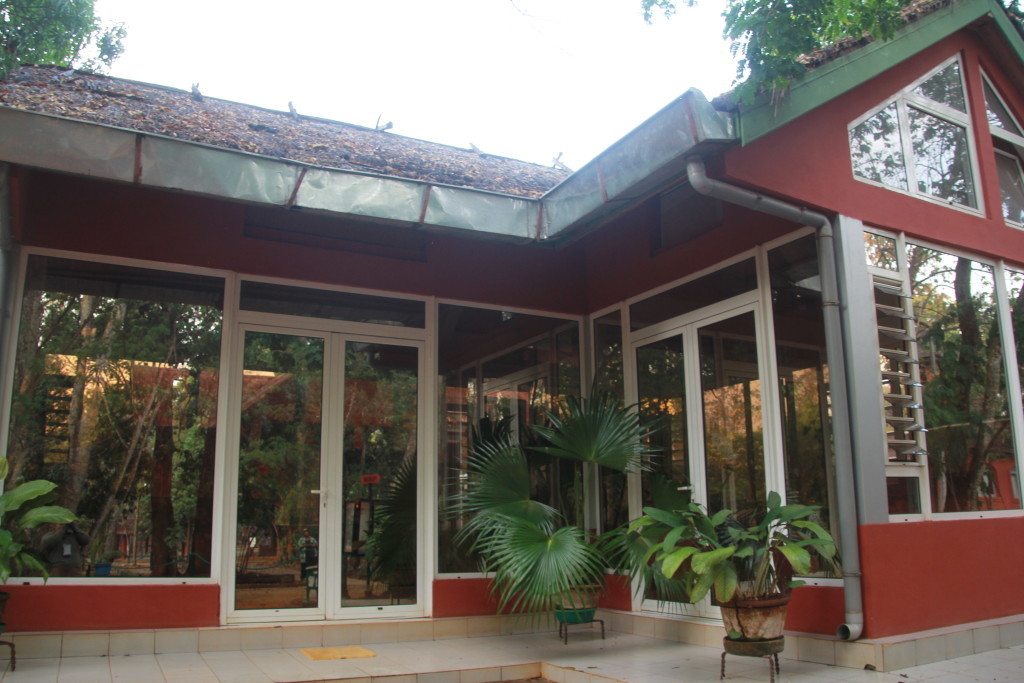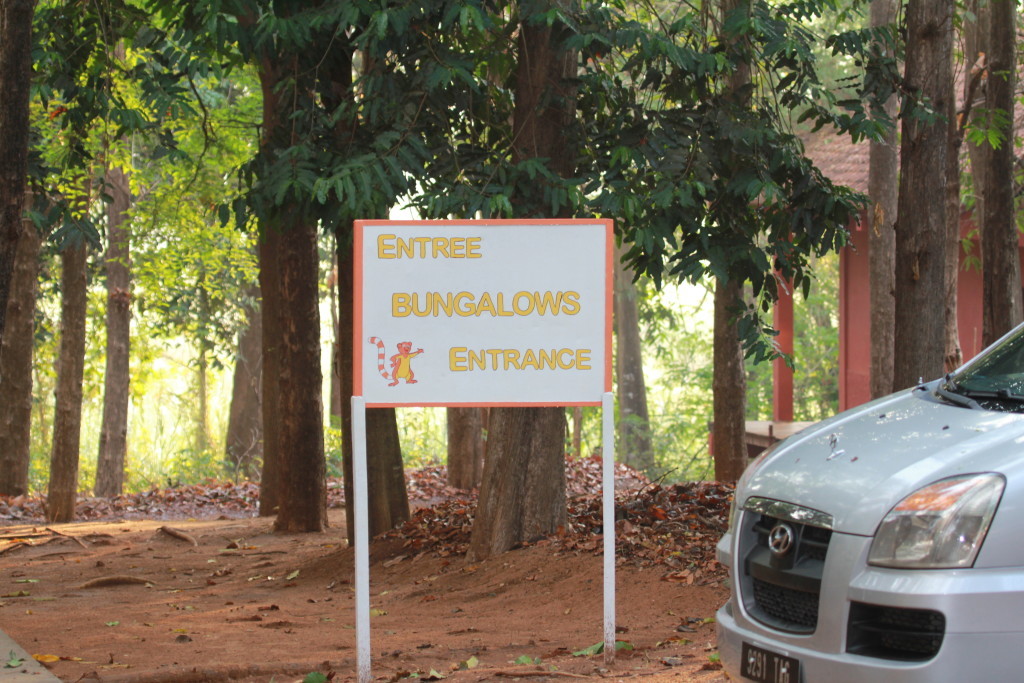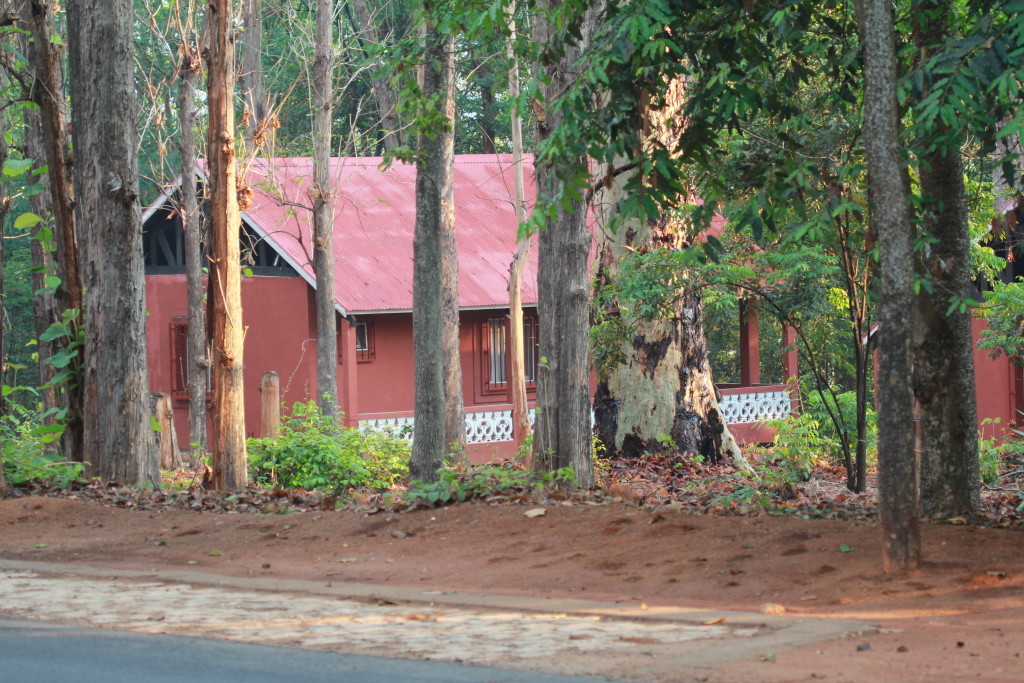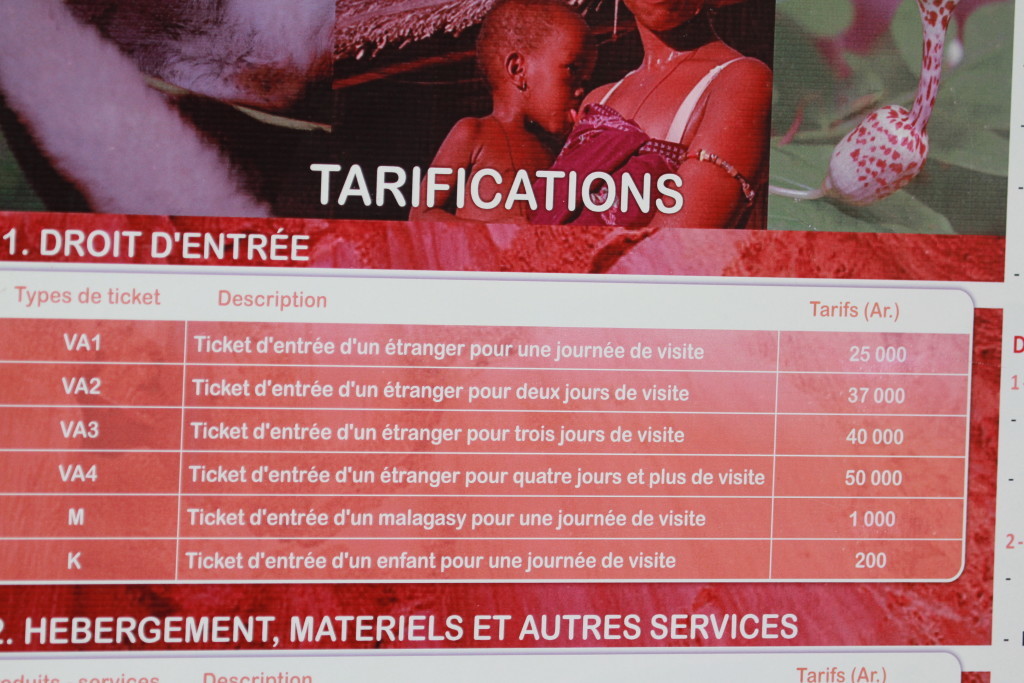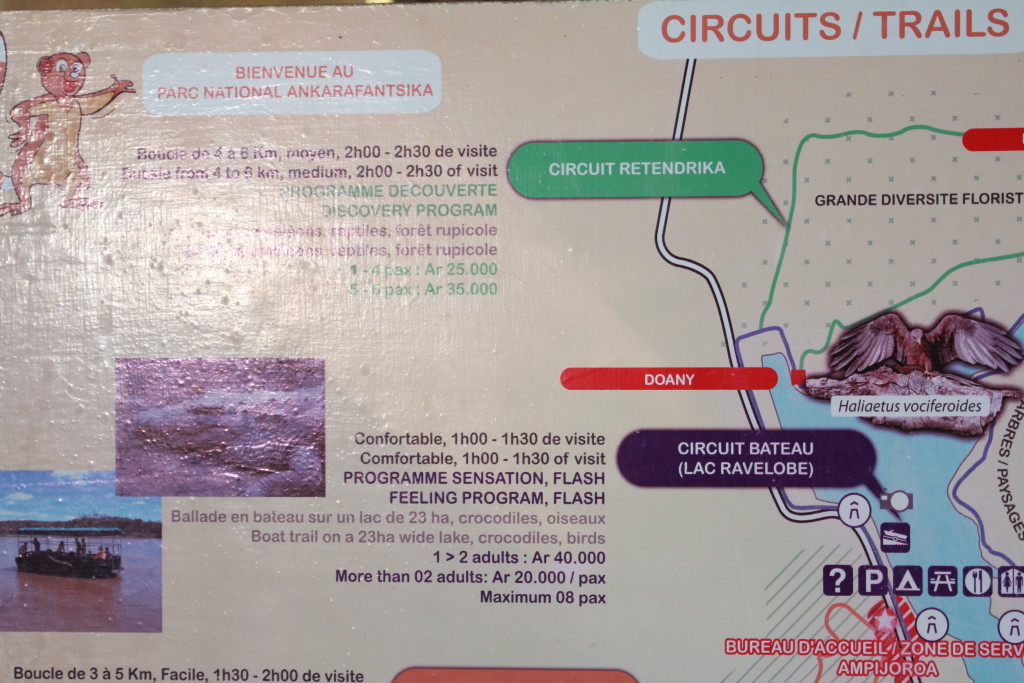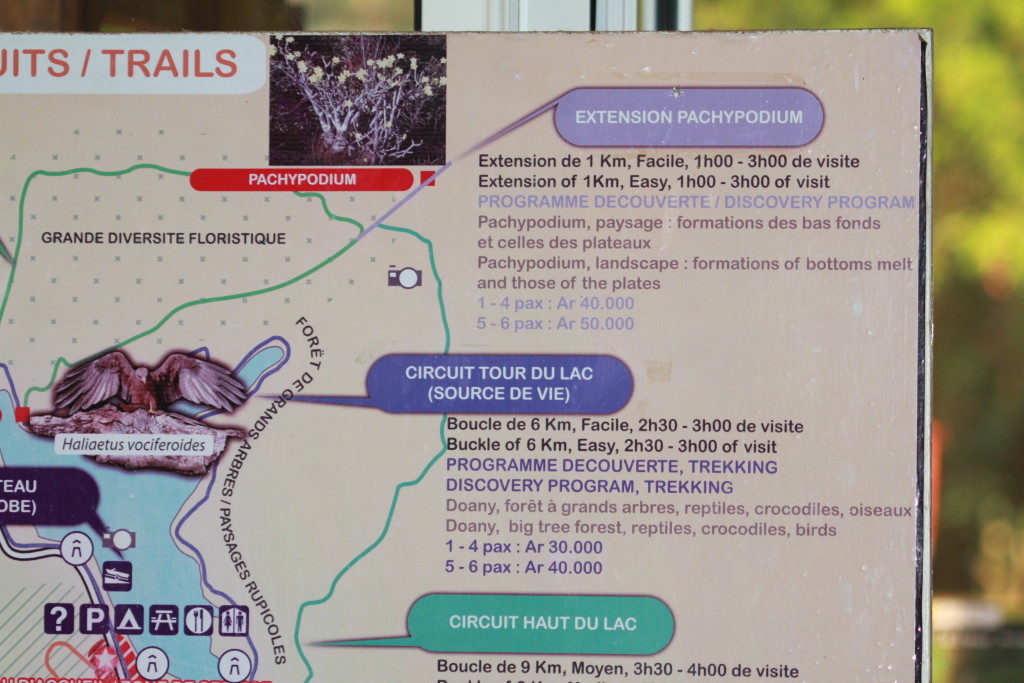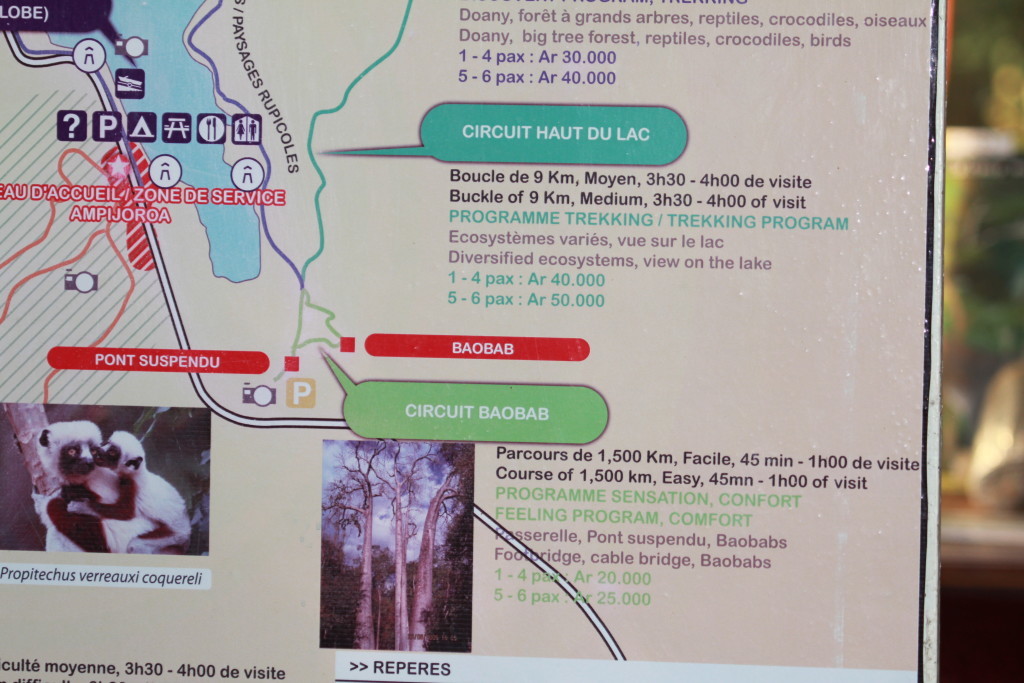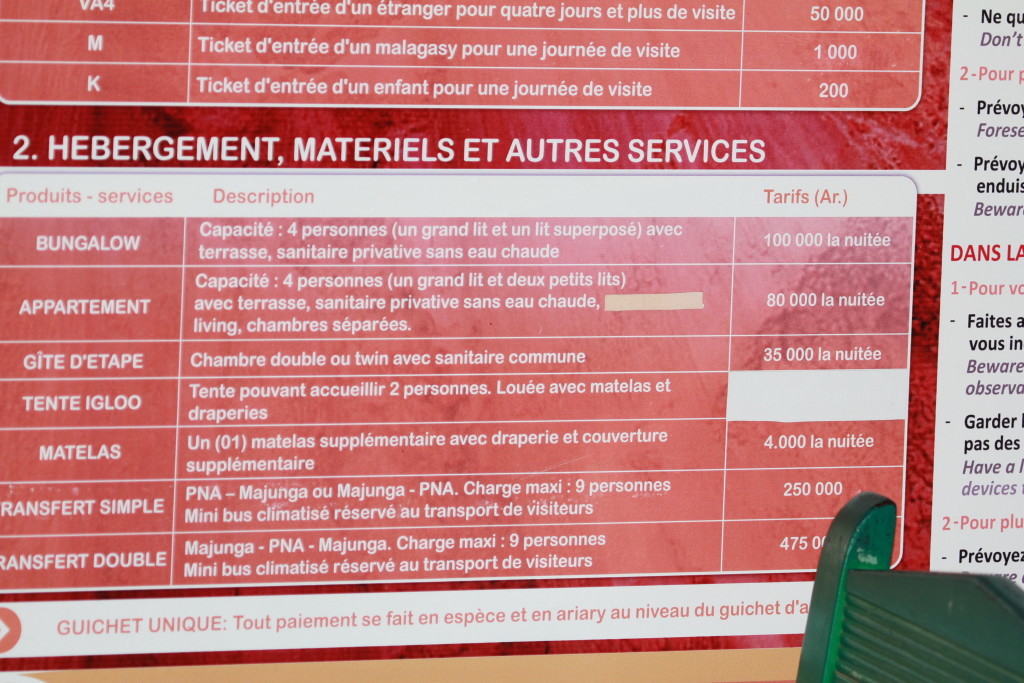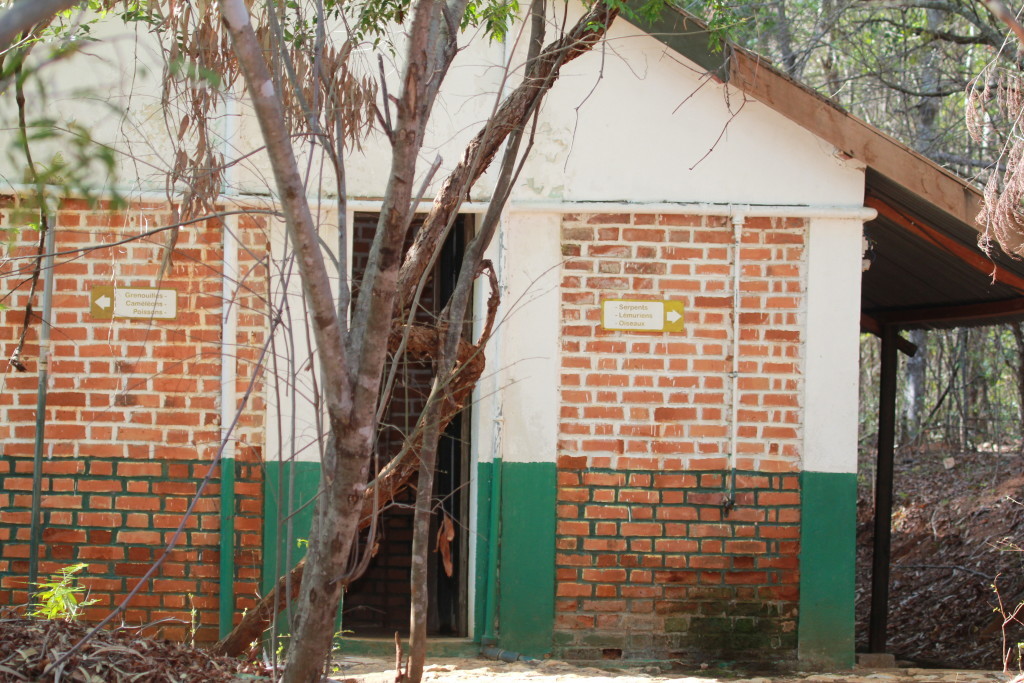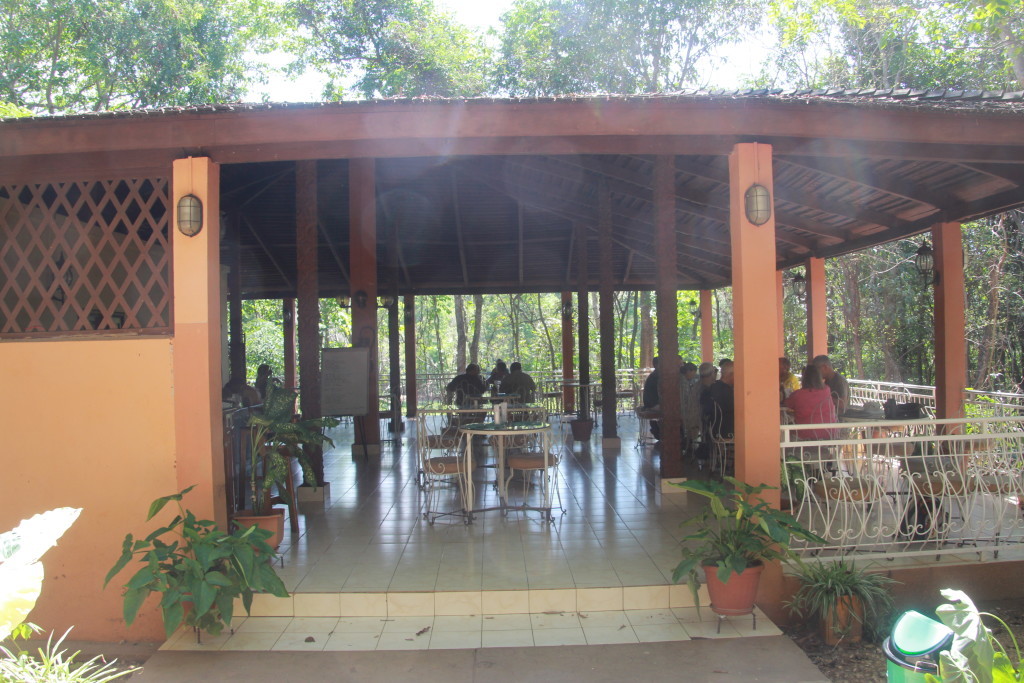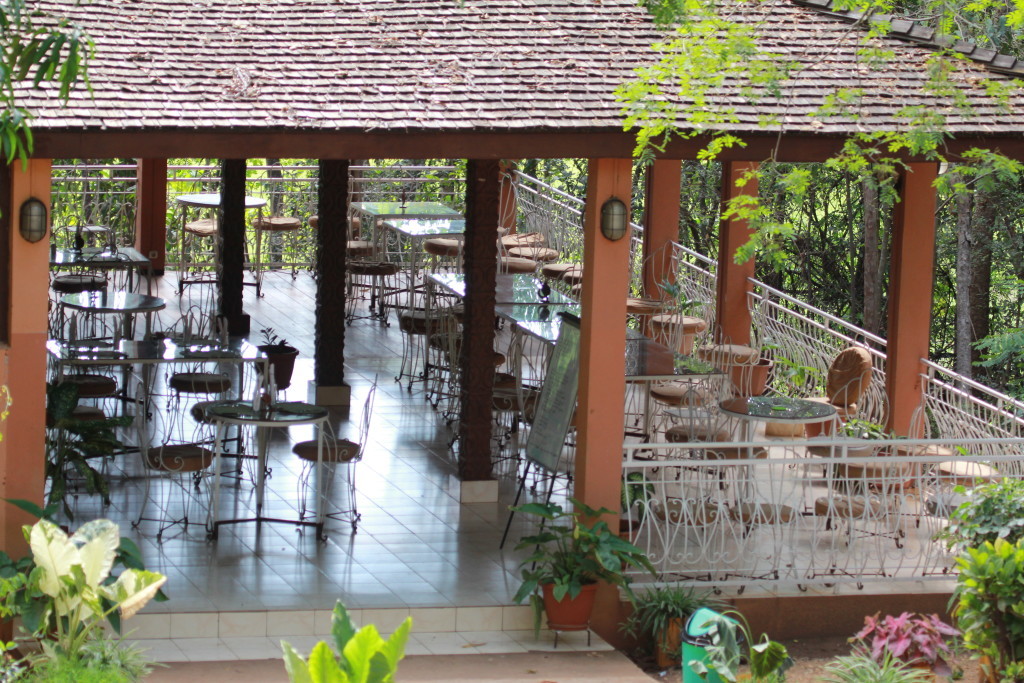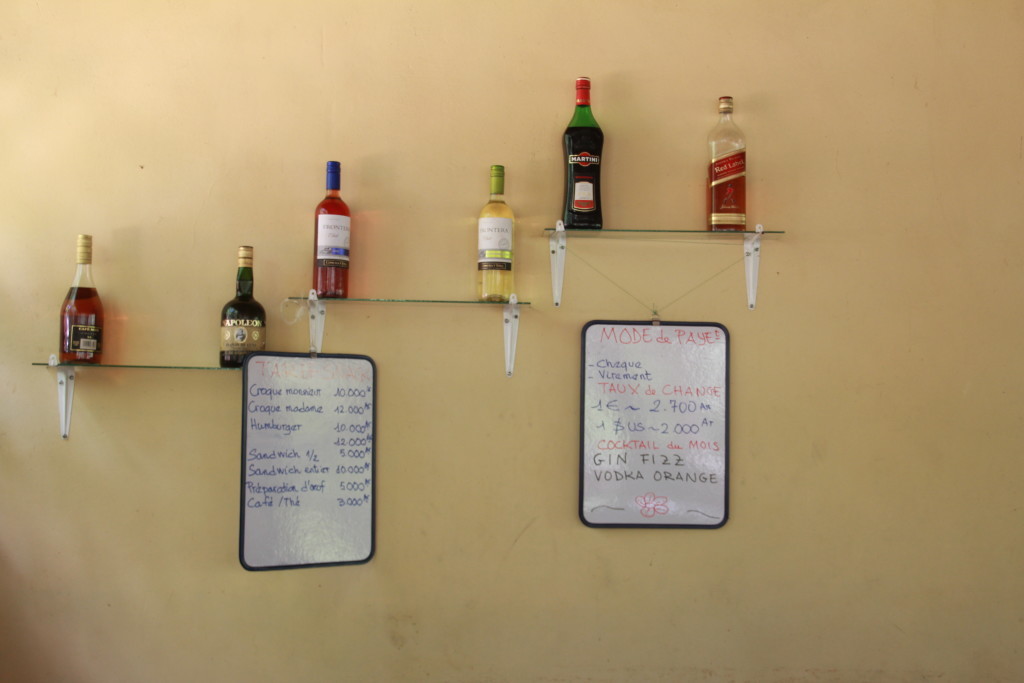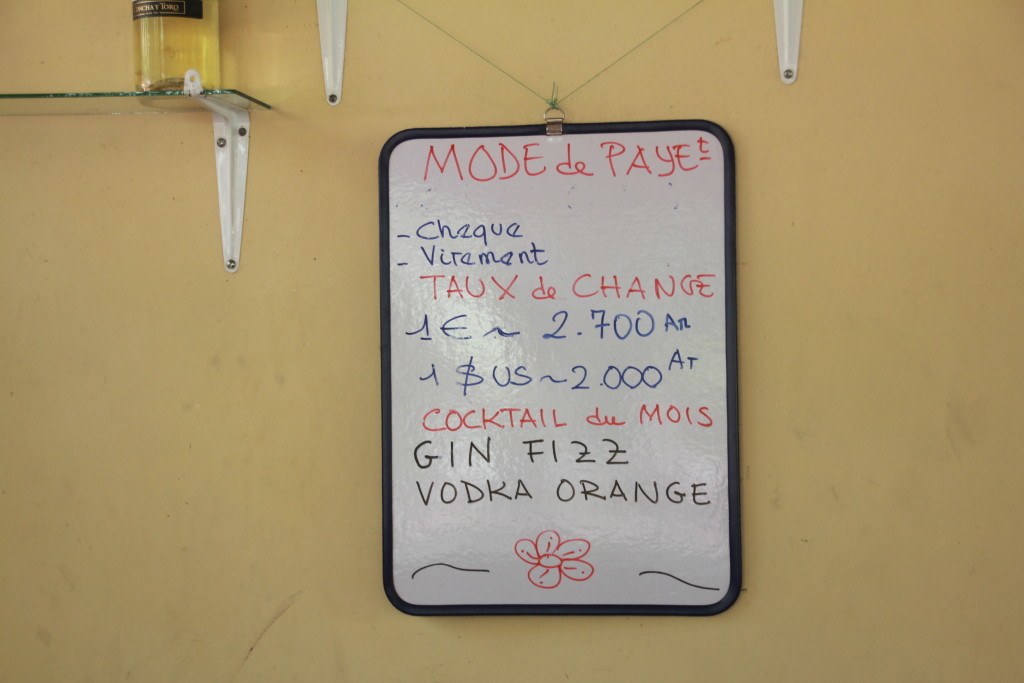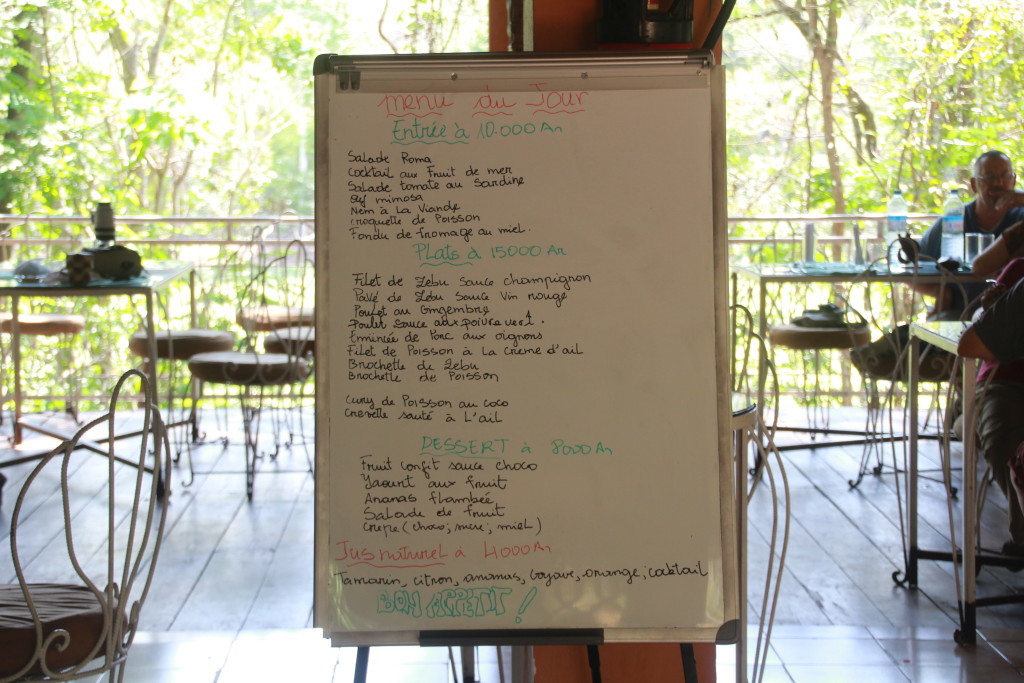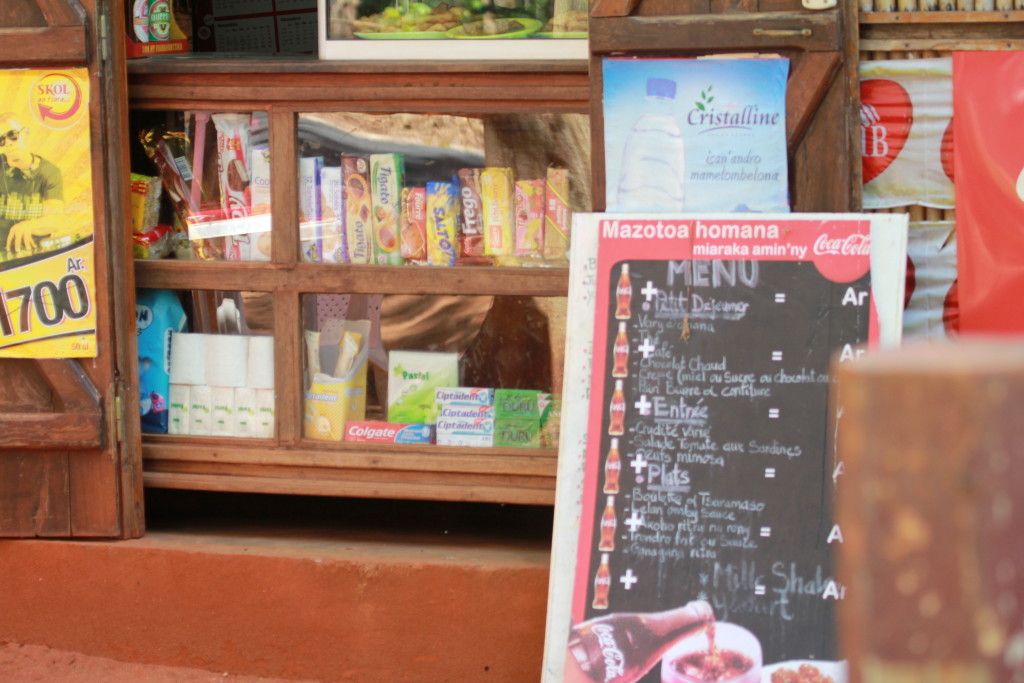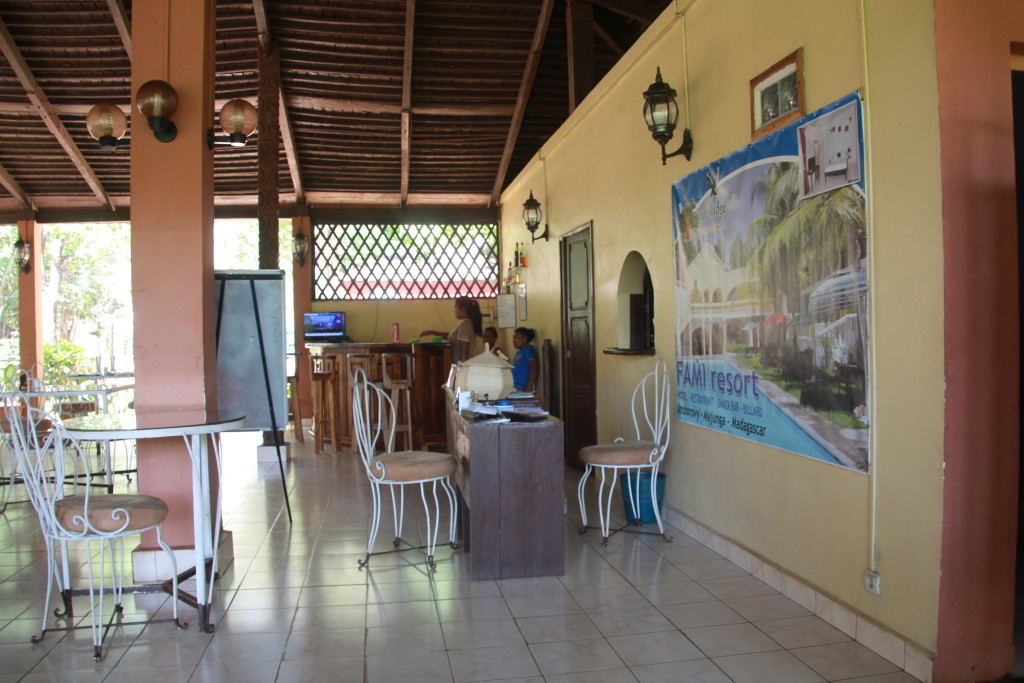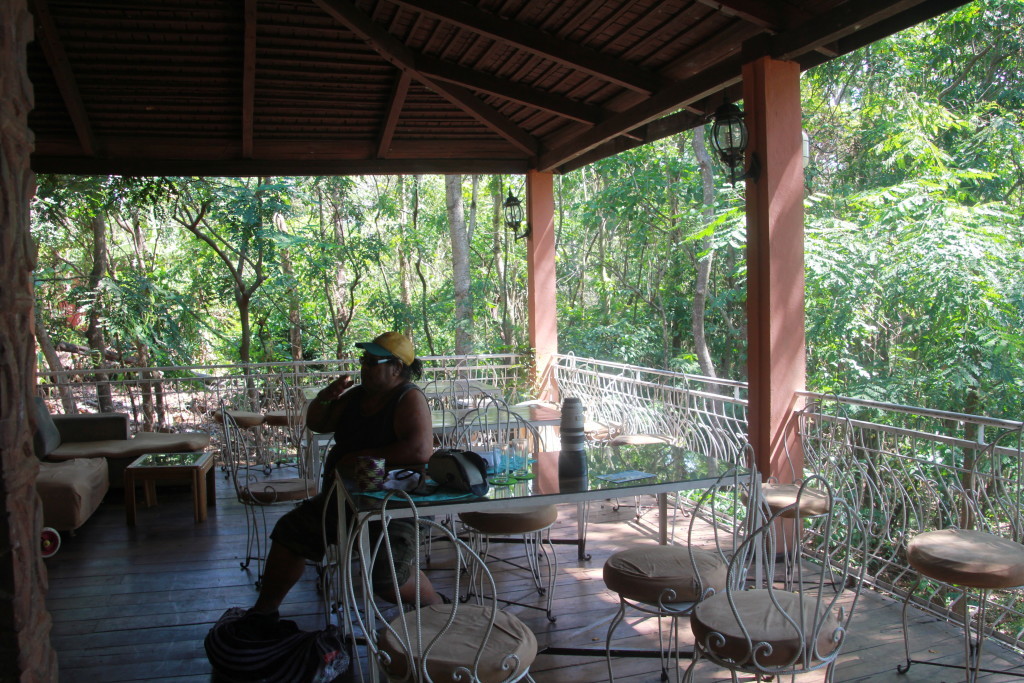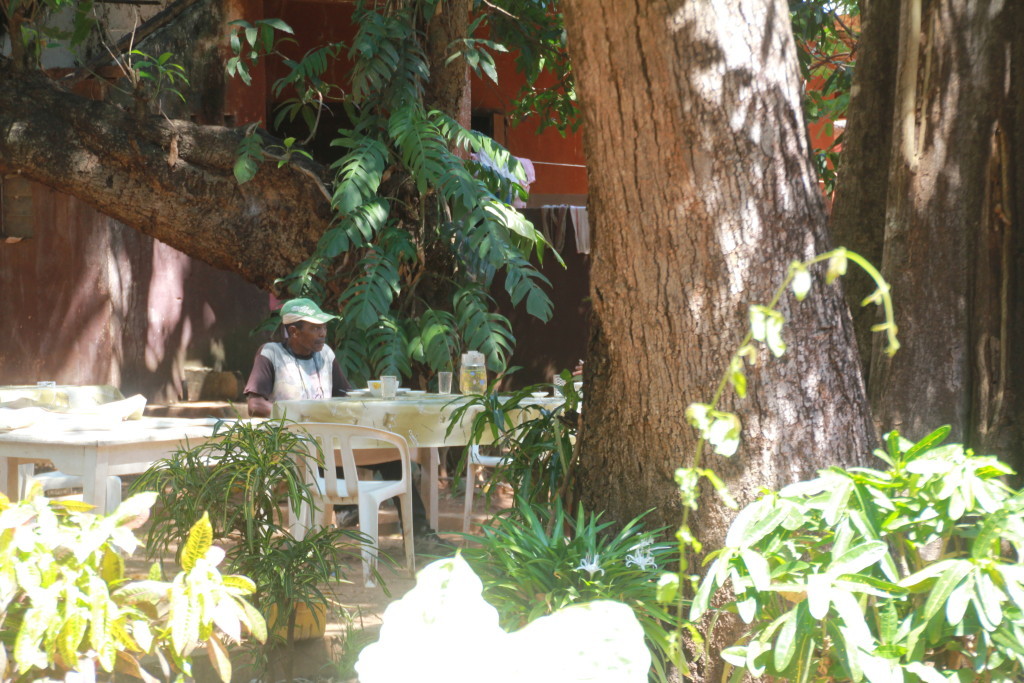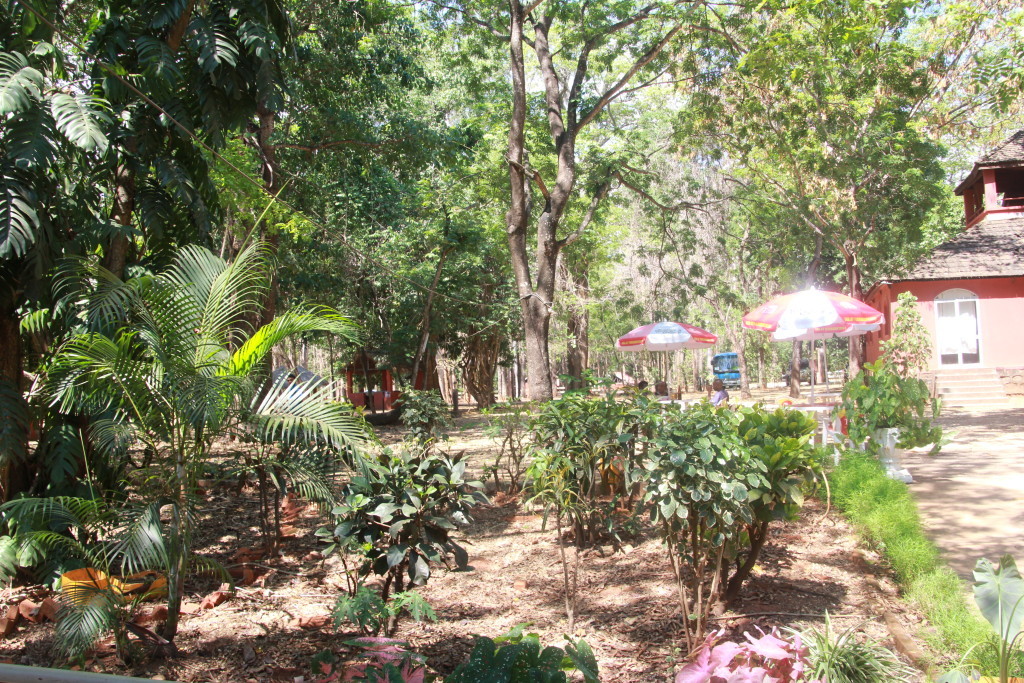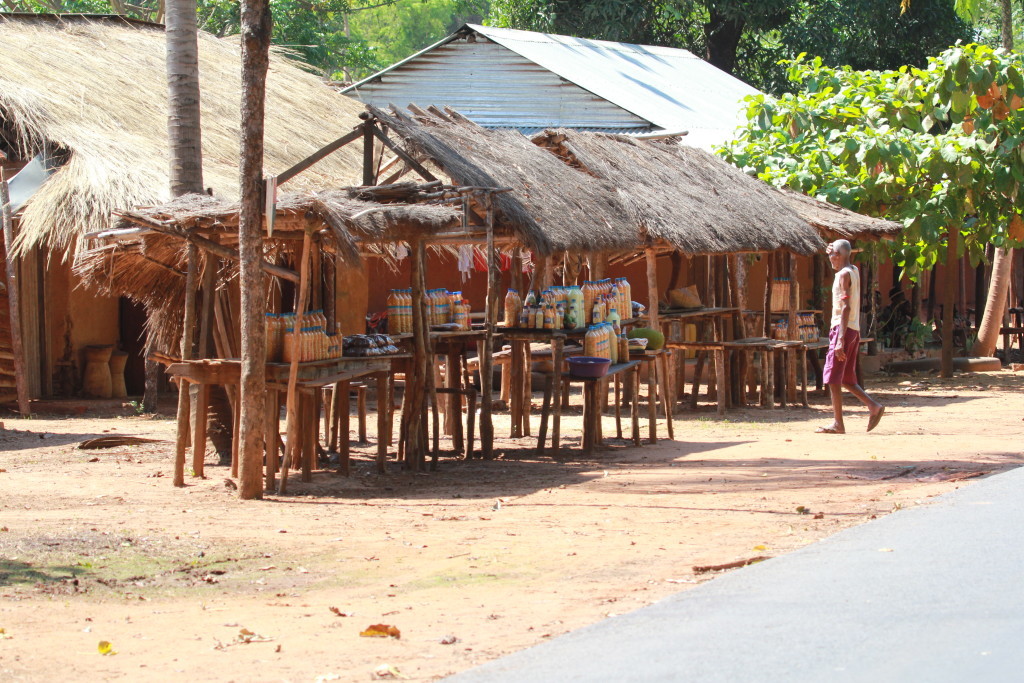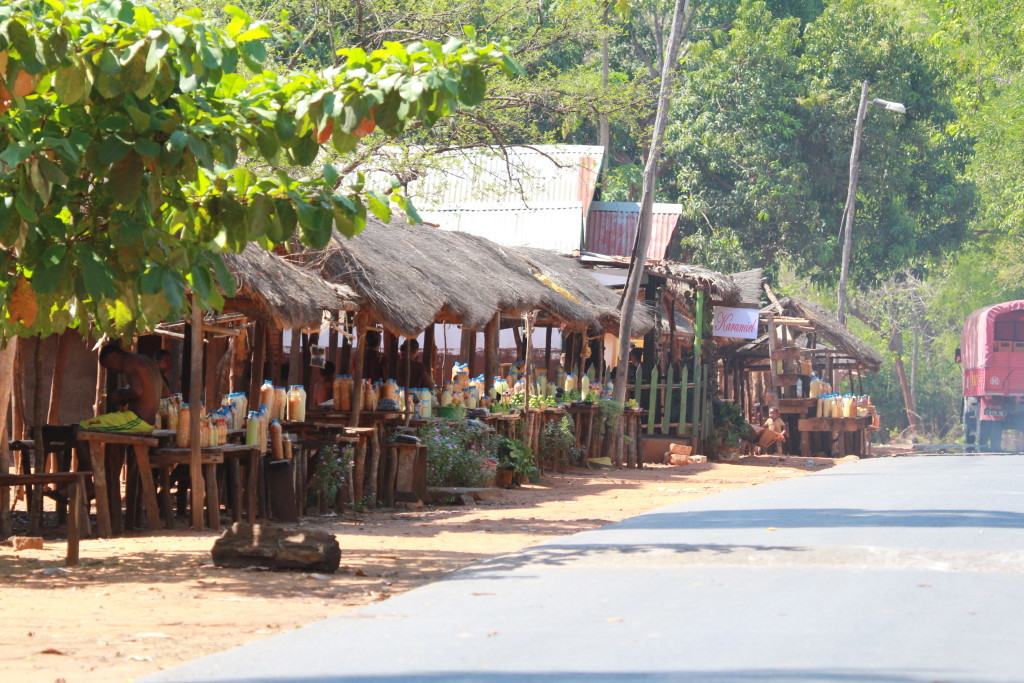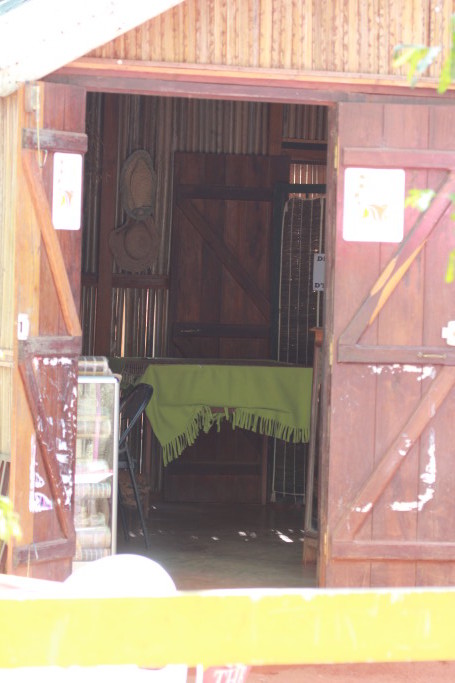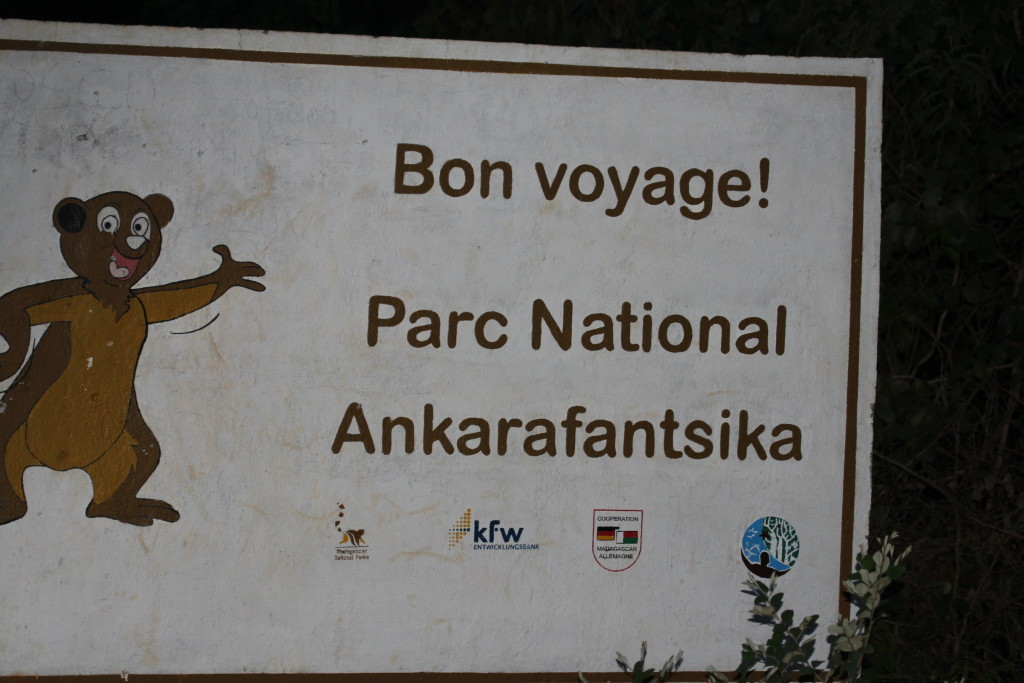Most other years this would be a top ten, but with 3 major birding trips this year I am struggling to make it a top thirty! If you want to see last year’s birds click here. There is no way I could single out one top bird with so many to choose from so they are being presented in chronological order. I haven’t finished blogging the Queensland road trip or the African Adventure so I have to cheat a bit with the photos. They are my photos but just pasted in.
1. Carnaby’s Cockatoo – seen at several places in Western Australia, Feb 2014.

.
2. Western Rosella – seen at Dryandra and Stirling Range in Western Australia, Feb 2014

.
3. Purple-crowned Lorikeet – seen near Fitzgerald National Park, Western Australia, Feb 2014

.
4. Western Bowerbird – seen at Nallan Station, Western Australia, Feb 2014

.
5. Splendid Fairy-wren – seen at Yanchep, Western Australia, Feb 2014

.
6. Orange-bellied Parrot – seen at Melaleuca, Tasmania, March 2014

.
7. Eastern Ground Parrot – seen at Melaleuca, Tasmania, March 2014

.
8. Swift Parrot – seen on Bruny Island, Tasmania, March 2014

.
9. Major Mitchell Cockatoo – seen at Bowra Station, QLD, March 2014

.
10. Cockatiels – seen at Bowra Station, QLD, March 2014

.
11. Satin Bowerbird – seen at Girraween, QLD, March 2014

.
12. Ultramarine Lorikeet – seen on Ua Huka, Marquesas, French Polynesia, June 2014

.
13. Rimatara Lorikeet – seen on Rimatara, French Polynesia, June 2014

.
14. Cape Parrot – seen in King William’s Town and Magoebaskloof, South Africa, Nov 2014

.
15. Lilac-breasted Roller – seen in Kruger Park, South Africa, Nov 2014

.
16. Echo Parakeet – seen at Black River Gorges, Mauritius, Nov 2014

.
17. Vasa Parrots – seen at Ankarafantsika, Madagascar, Nov 2014

.
18. Schlegel’s Asity – seen at Ankarafantsika, Madagascar, Nov 2014

.
19. Hoopoe – seen at Ankarafantsika, Madagascar, Nov 2014

.
20. Paradise Flycatcher – seen in Kakum National Park, Ghana Nov 2014

.
21. Red Malimbe – seen in Kakum National Park, Ghana Nov 2014

.
22. African Grey Parrot – seen (fleeting glimpse) in Kakum National Park, Ghana Nov 2014

Didn’t click fast enough!
23. Senegal Parrot – seen in Shai Hills, Ghana Nov 2014

.
24. Tacazze Sunbird – seen at Addis Ababa Hilton, Ethiopia, Nov 2014

.
25. African Red-bellied Parrot – seen at Tarangire, Tanzania, Nov 2014

.
26. Cordon Bleu Waxbill – seen at Tarangire, Tanzania, Nov 2014

.
27. Meyer’s Parrot (Brown Parrot) – seen at Tarangire, Tanzania, Nov 2014

.
28. Red-and-yellow Barbet – seen at Tarangire, Tanzania, Nov 2014

.
29. Superb Starling – seen all over Tanzania, Nov 2014

.
30. Lovebirds – seen in Madagascar (Grey-headed), Tarangire (Yellow-collared) and Ndutu (Fischer’s). Just couldn’t choose between them! Nov 2014

.
These aren’t necessarily the rarest birds but they were birds that made a major impression on me. Maybe for their rarity, maybe for their beauty or maybe for their behaviour! Apologies for not having profiles up on about half the birds but I still have a lot more to blog about!
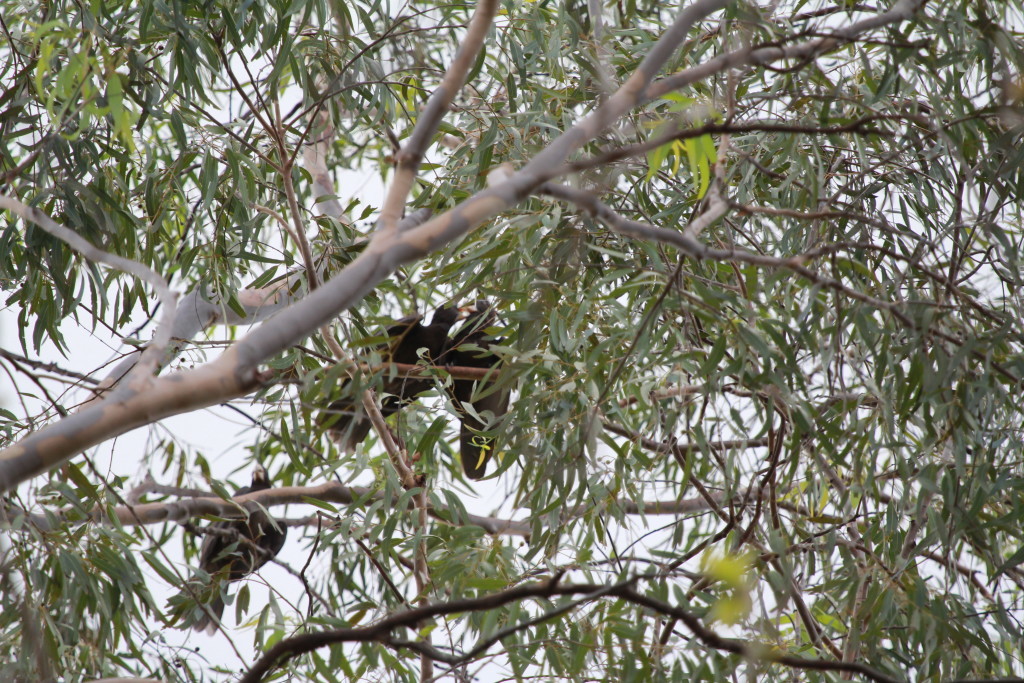
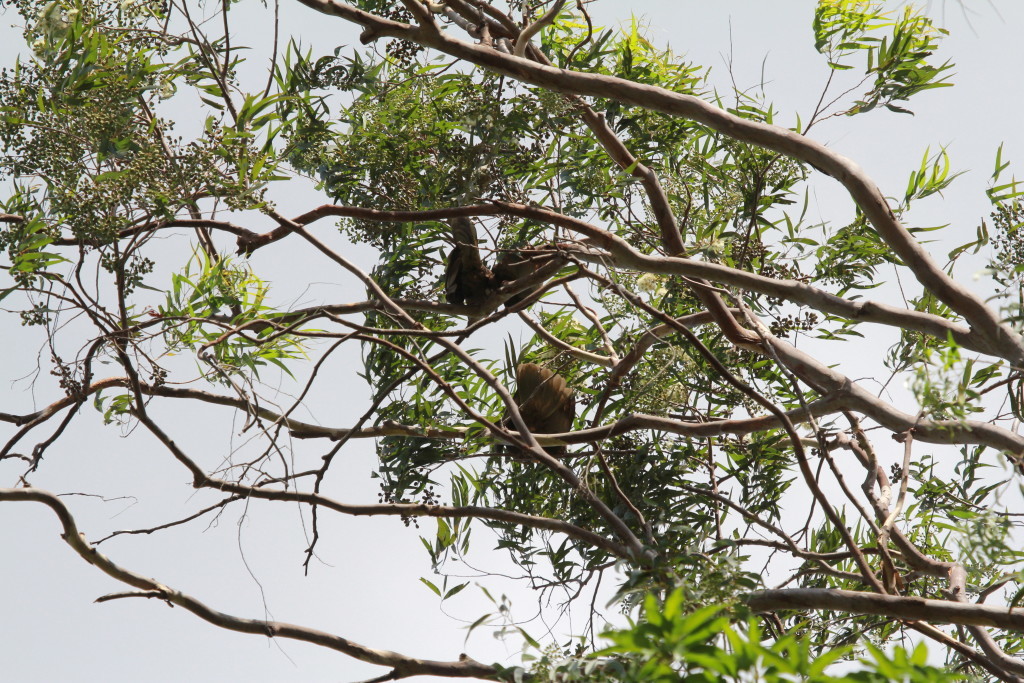
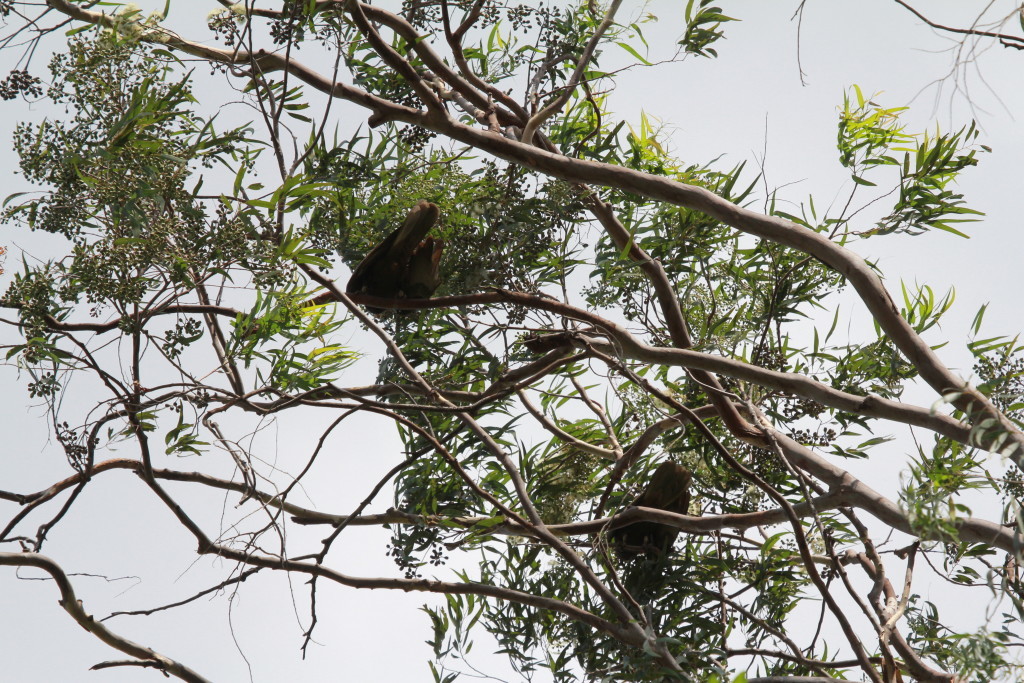
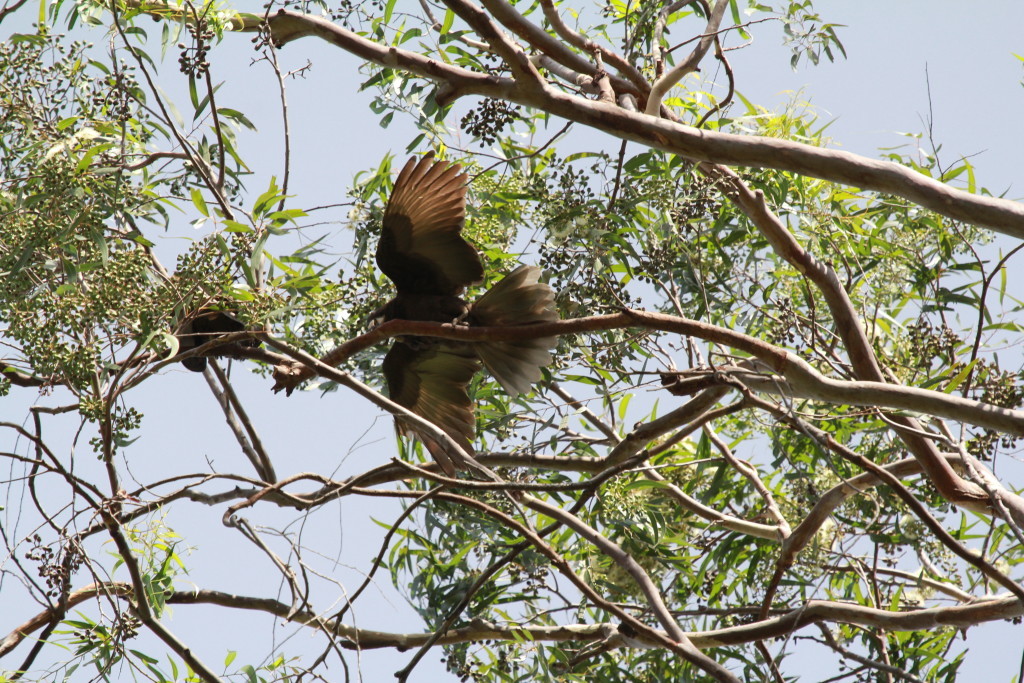
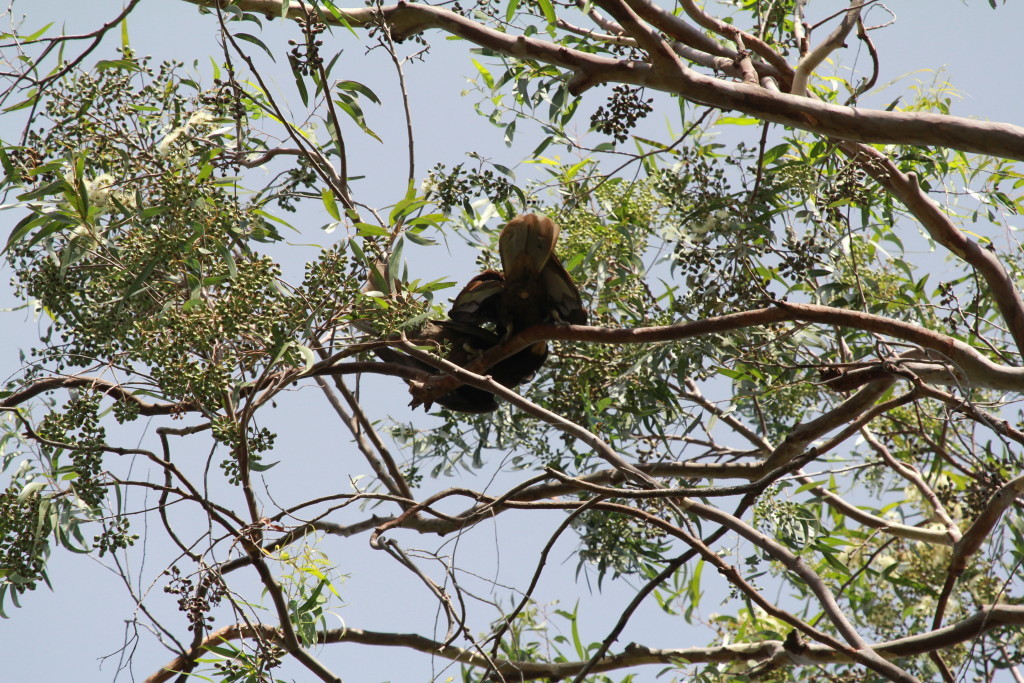 They can be found in various places around Madagascar except in the interior. Their population is decreasing so if you want to be sure of seeing them, head to Ankarafantsika where there is a good sized flock.
They can be found in various places around Madagascar except in the interior. Their population is decreasing so if you want to be sure of seeing them, head to Ankarafantsika where there is a good sized flock.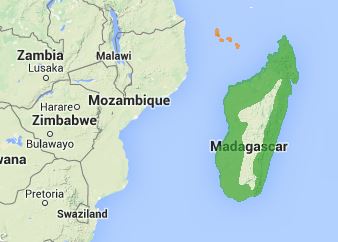 LEARN MORE ABOUT GREATER VASA PARROTS
LEARN MORE ABOUT GREATER VASA PARROTS

